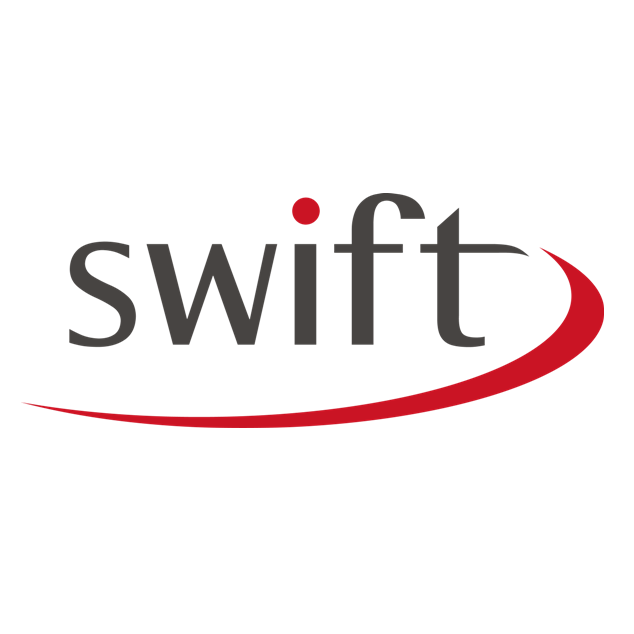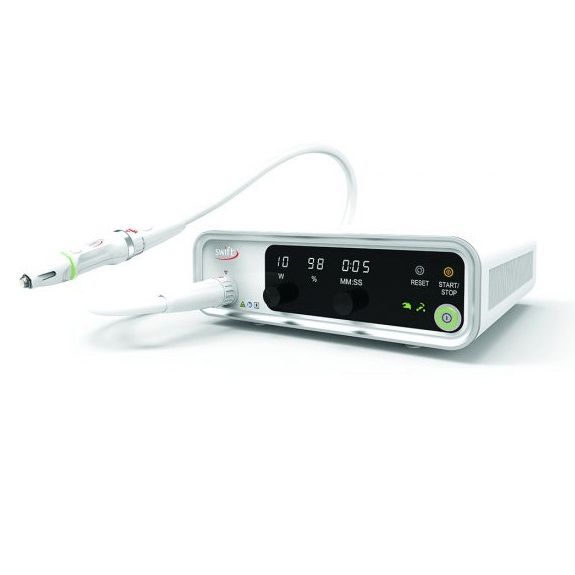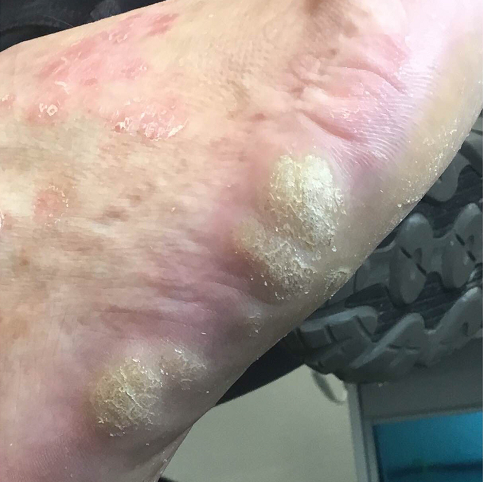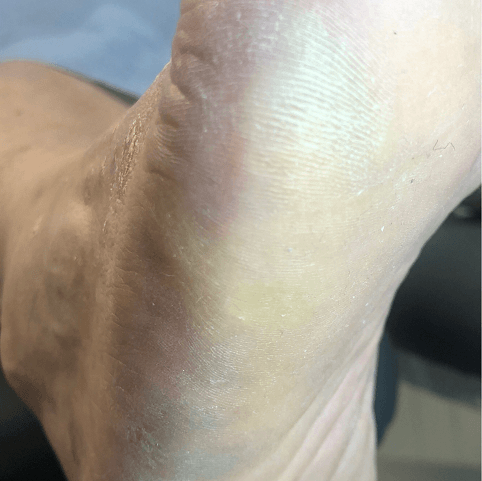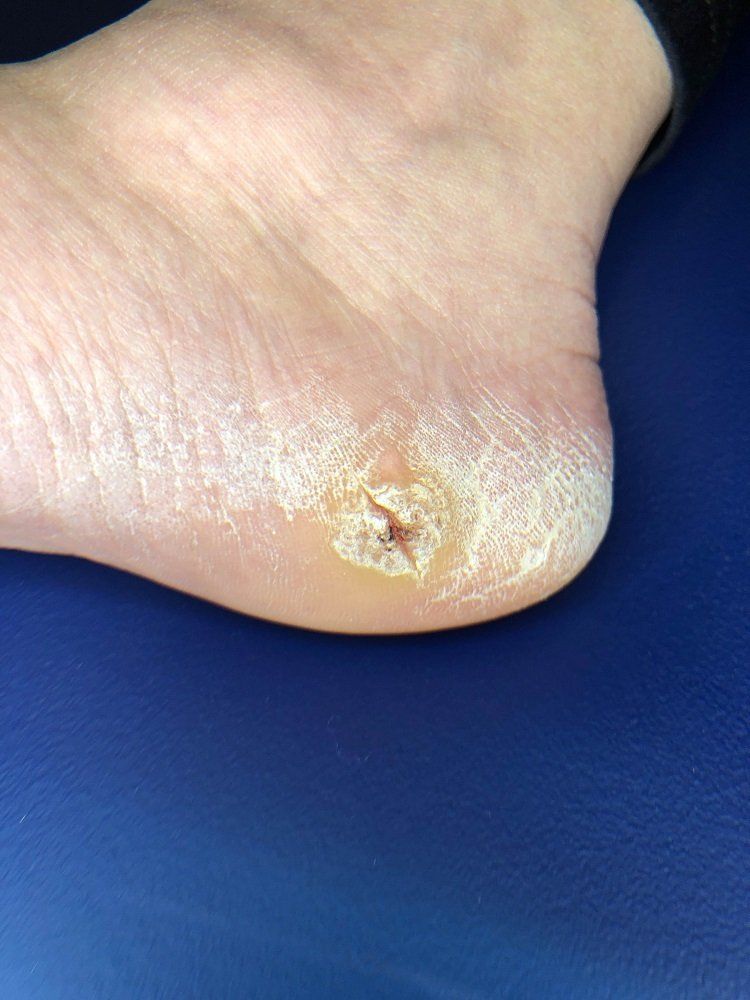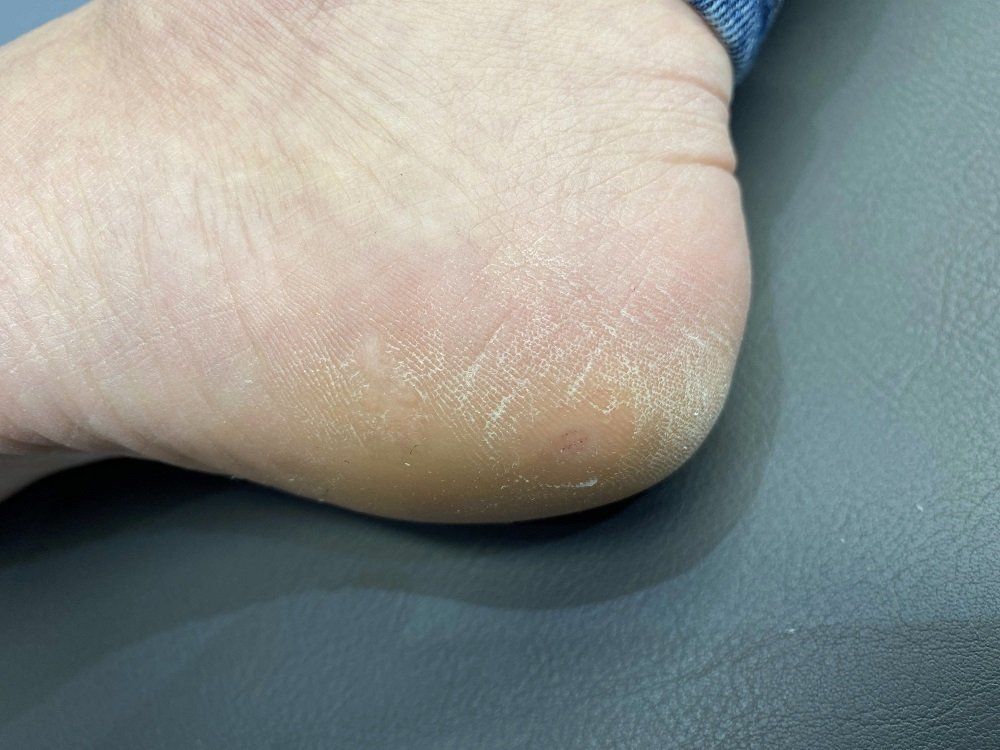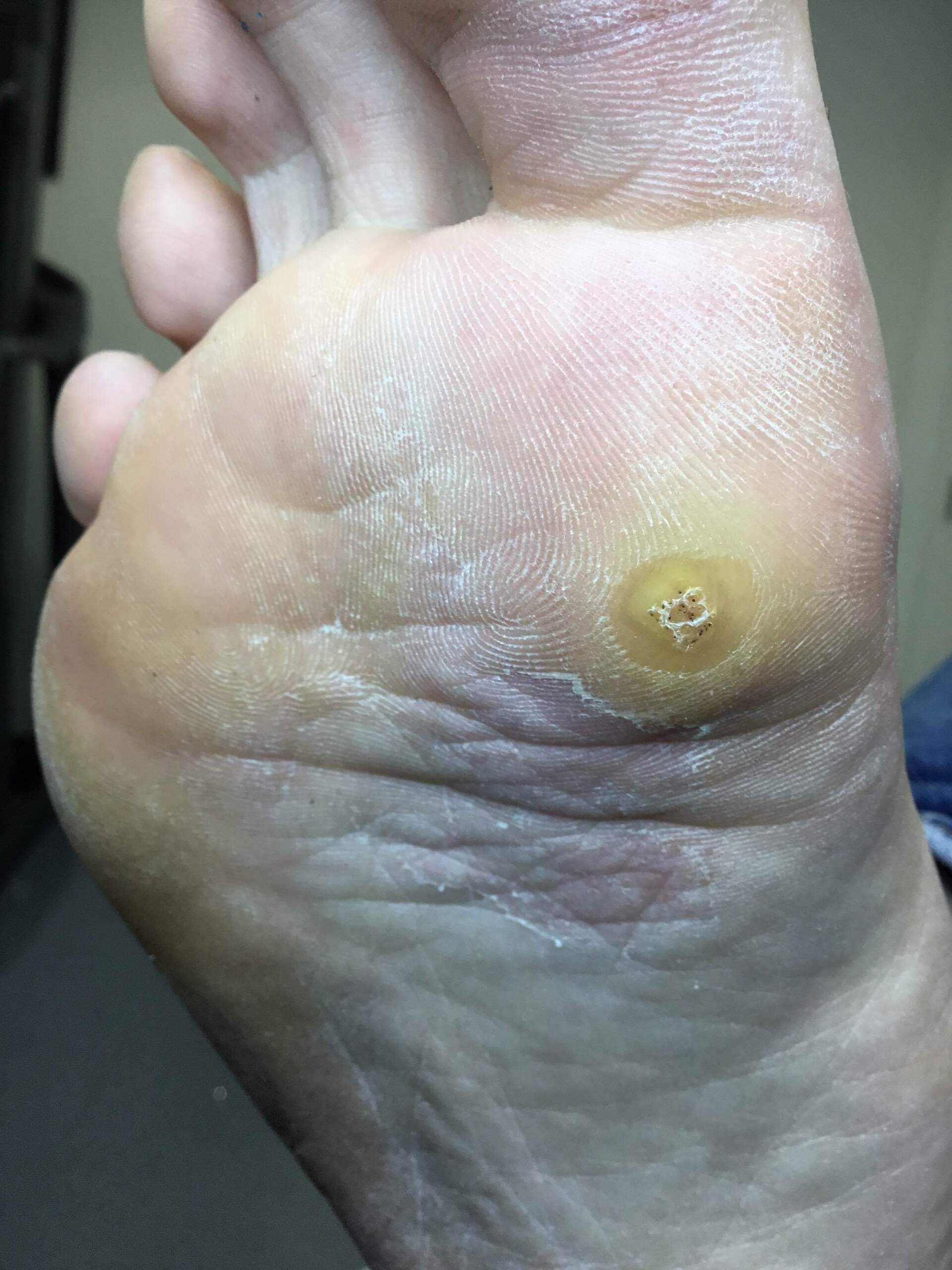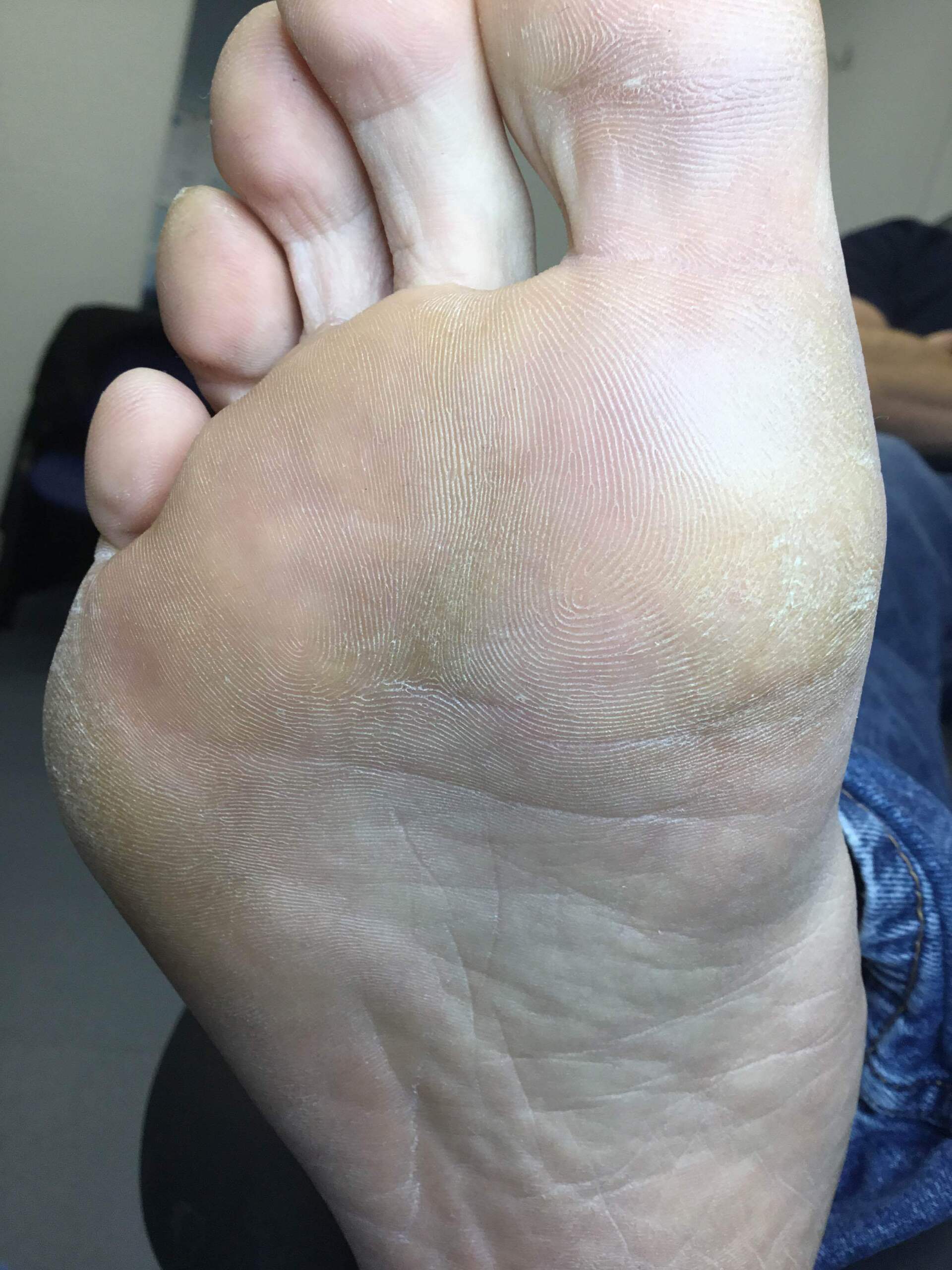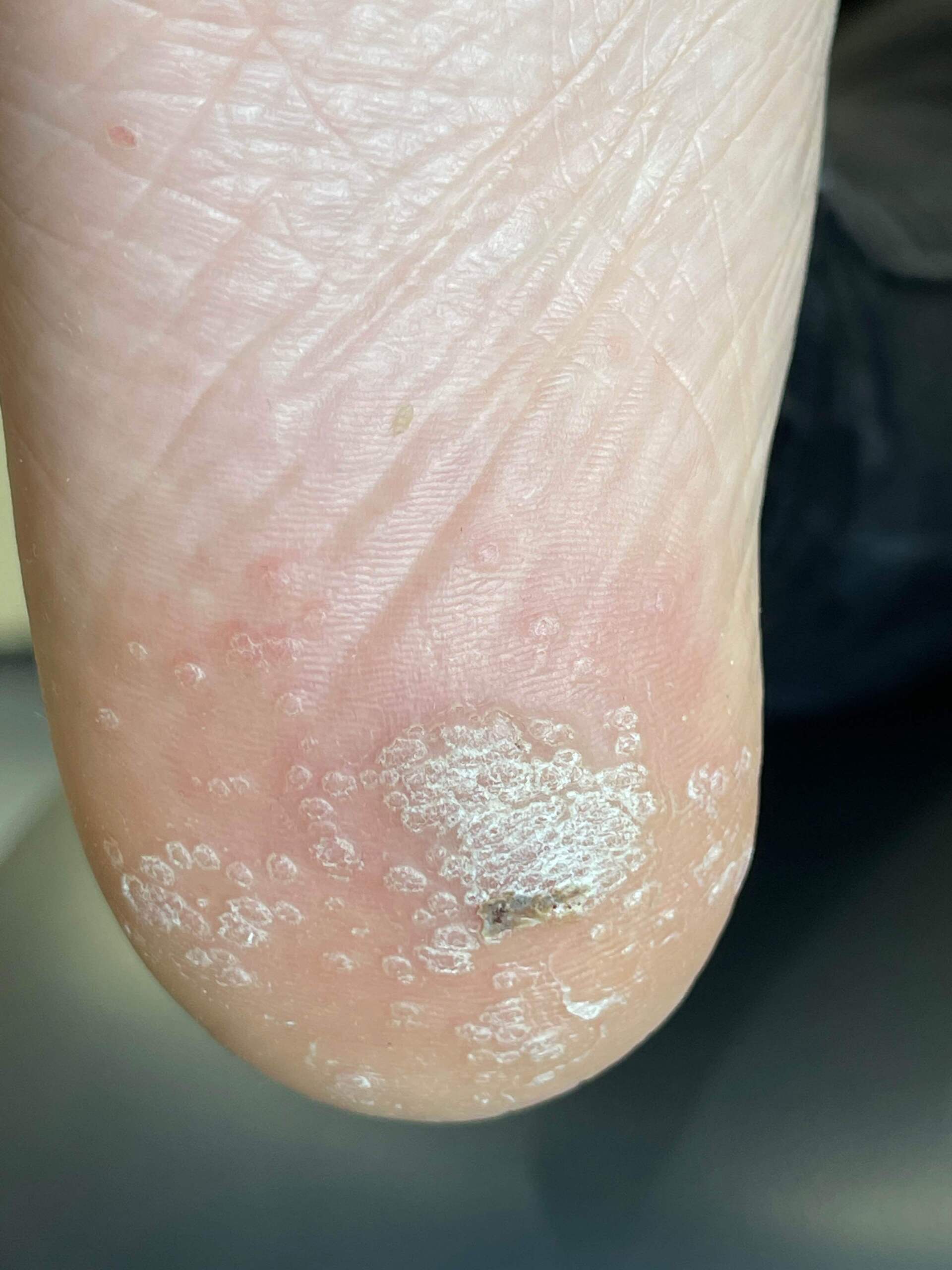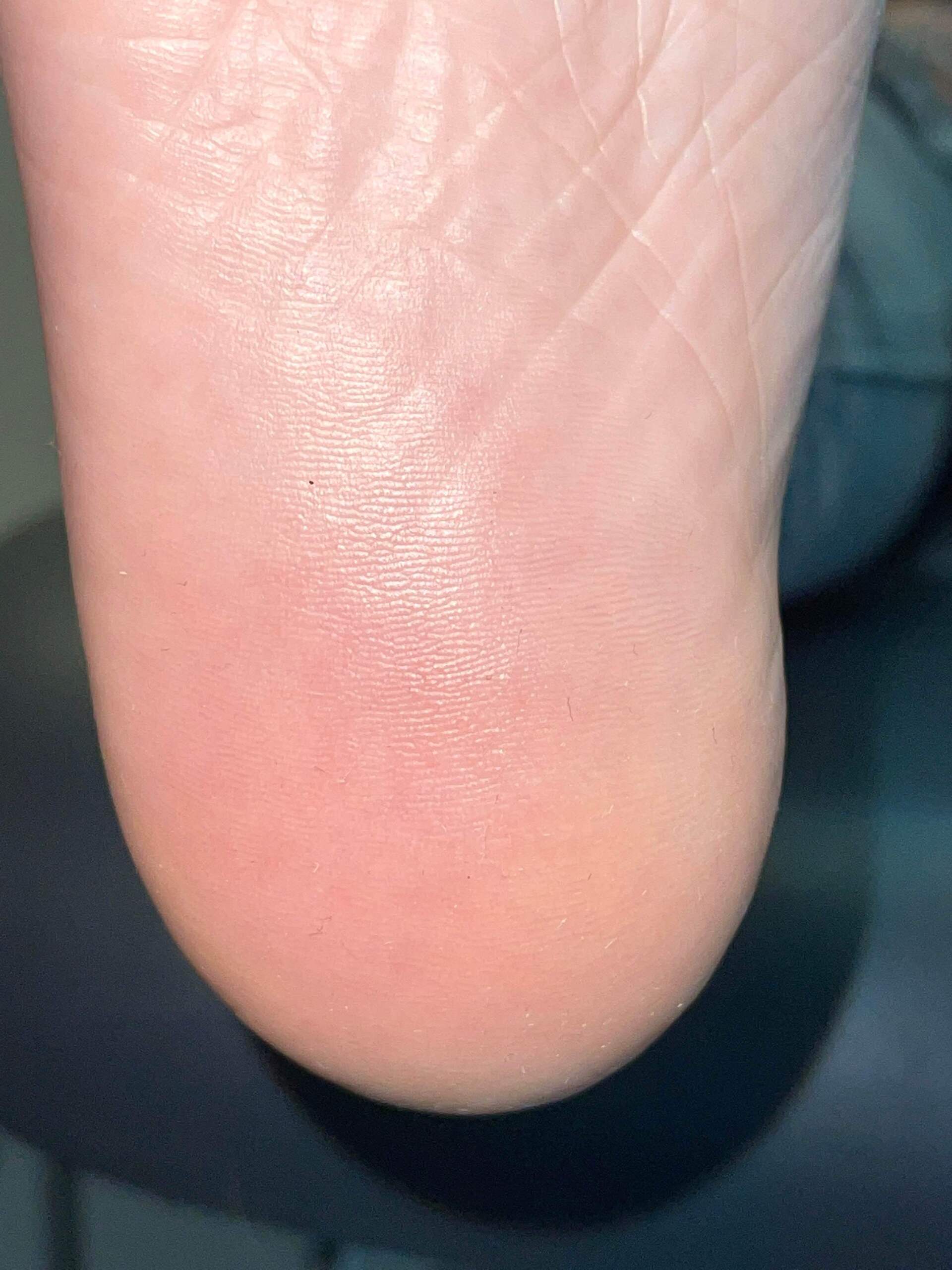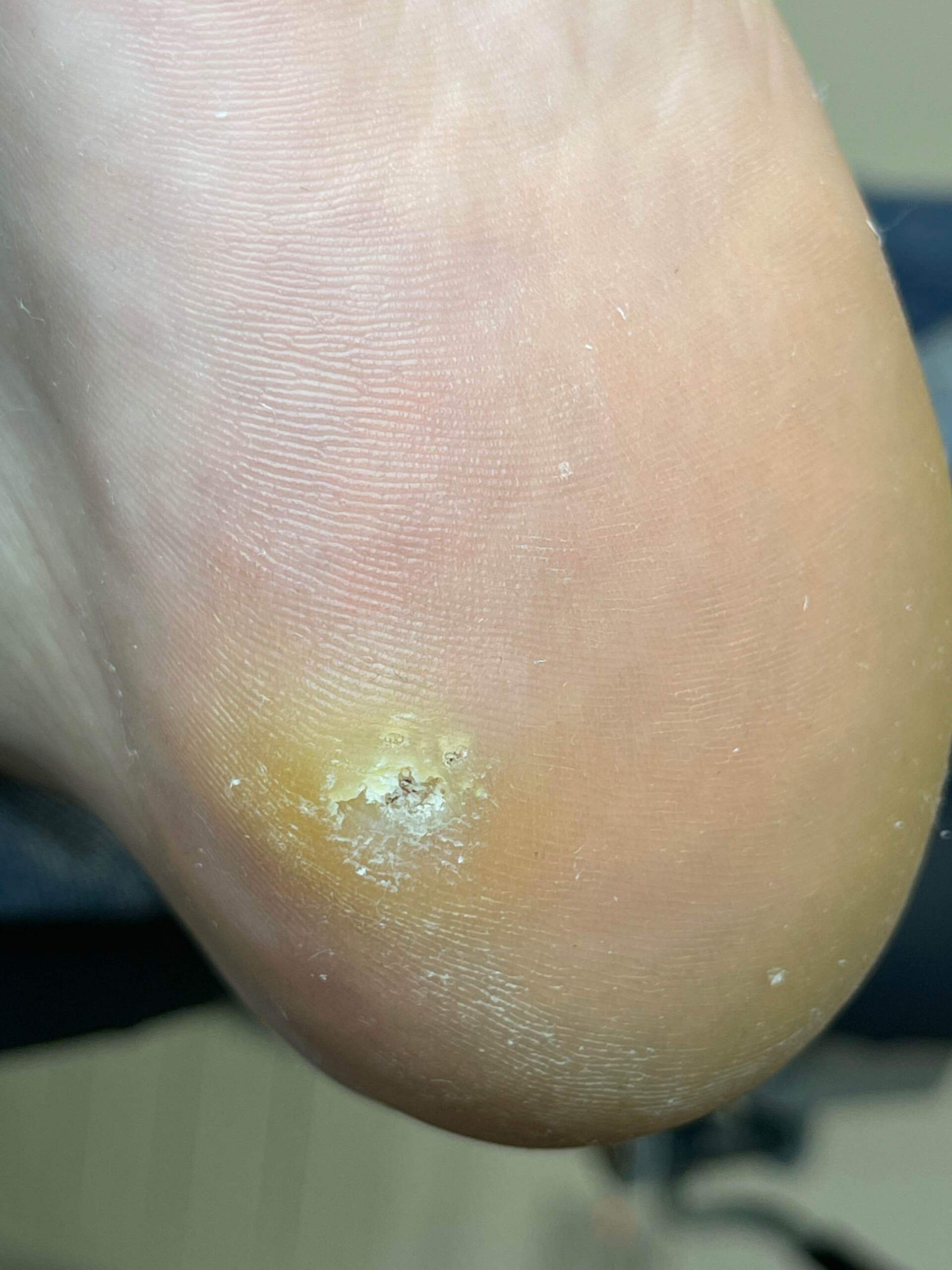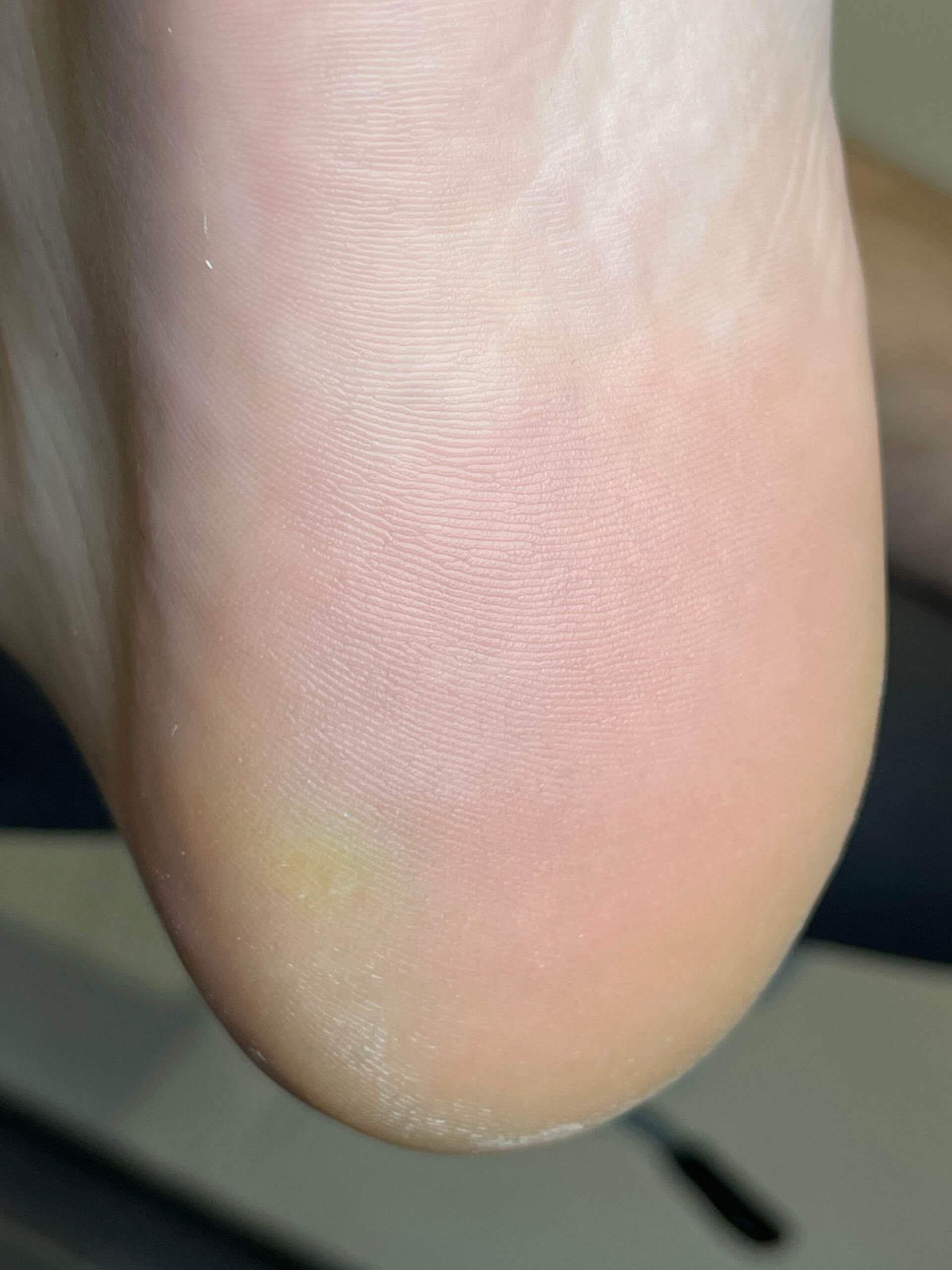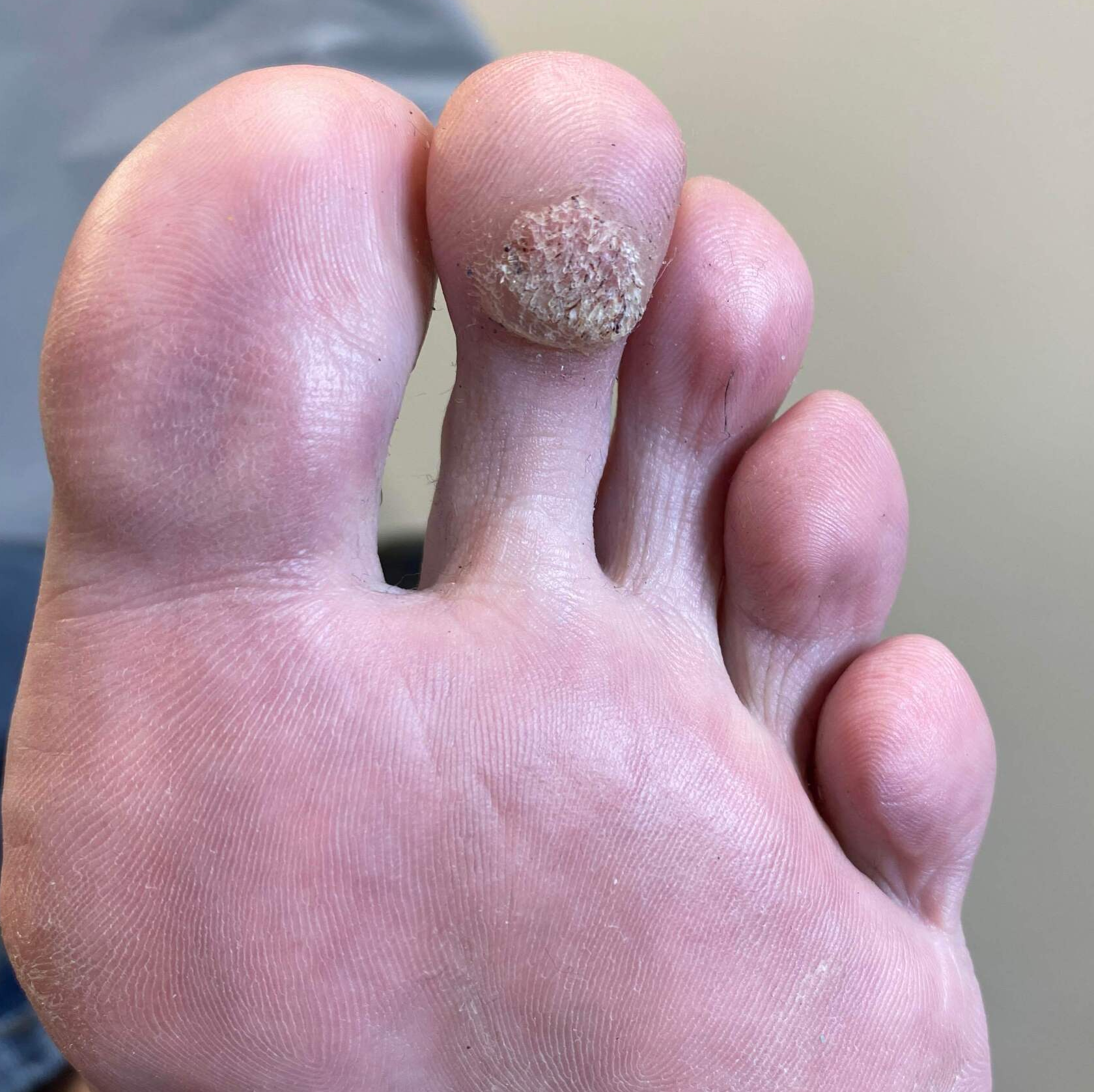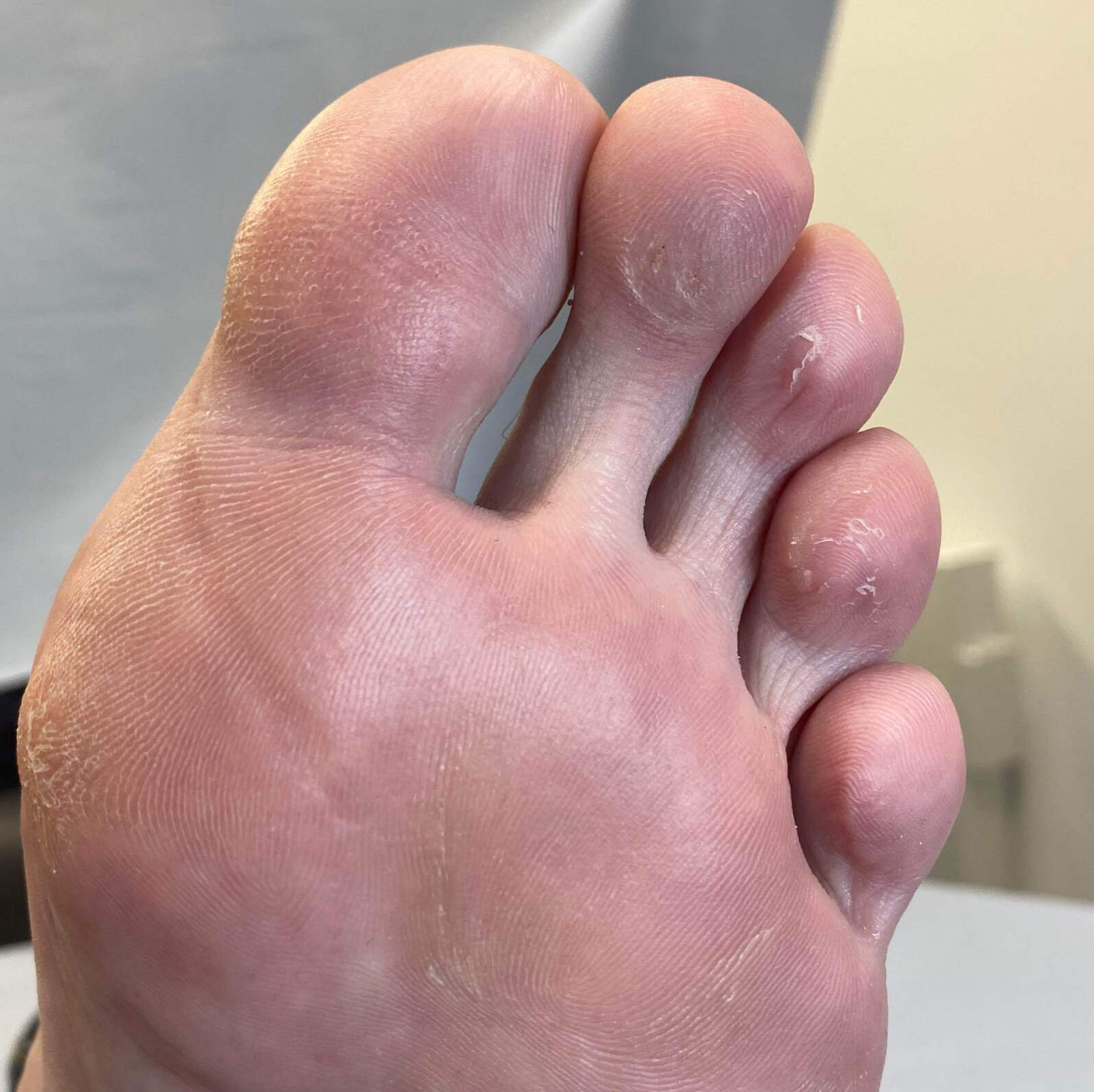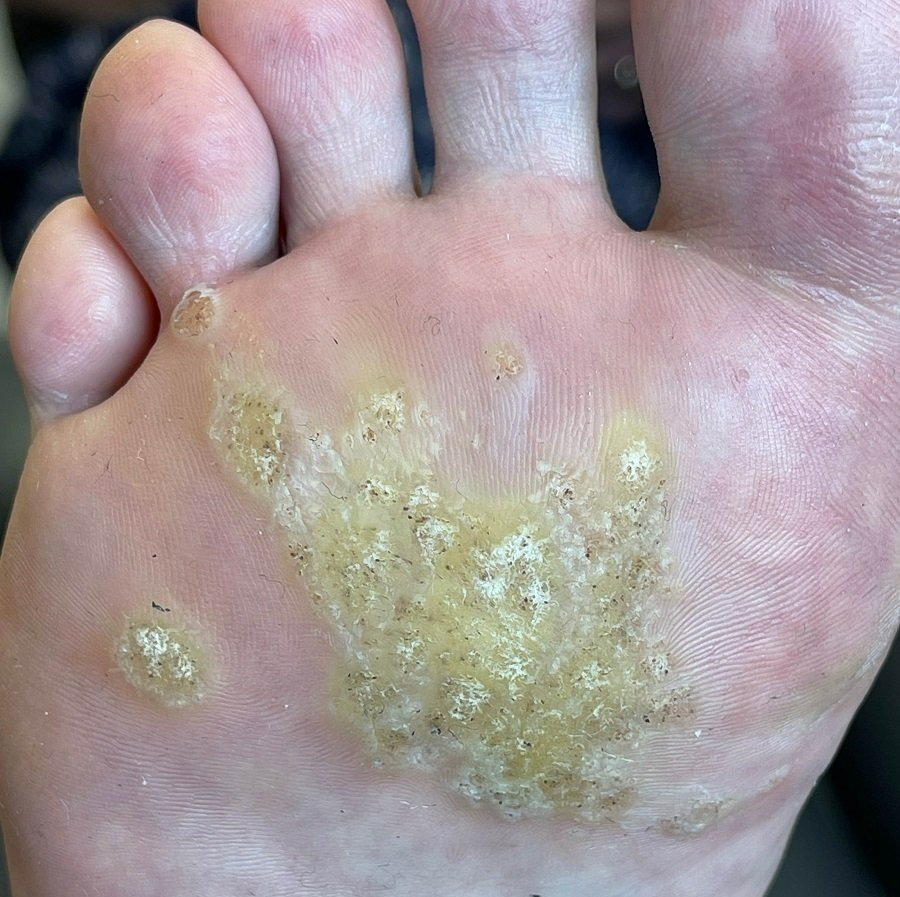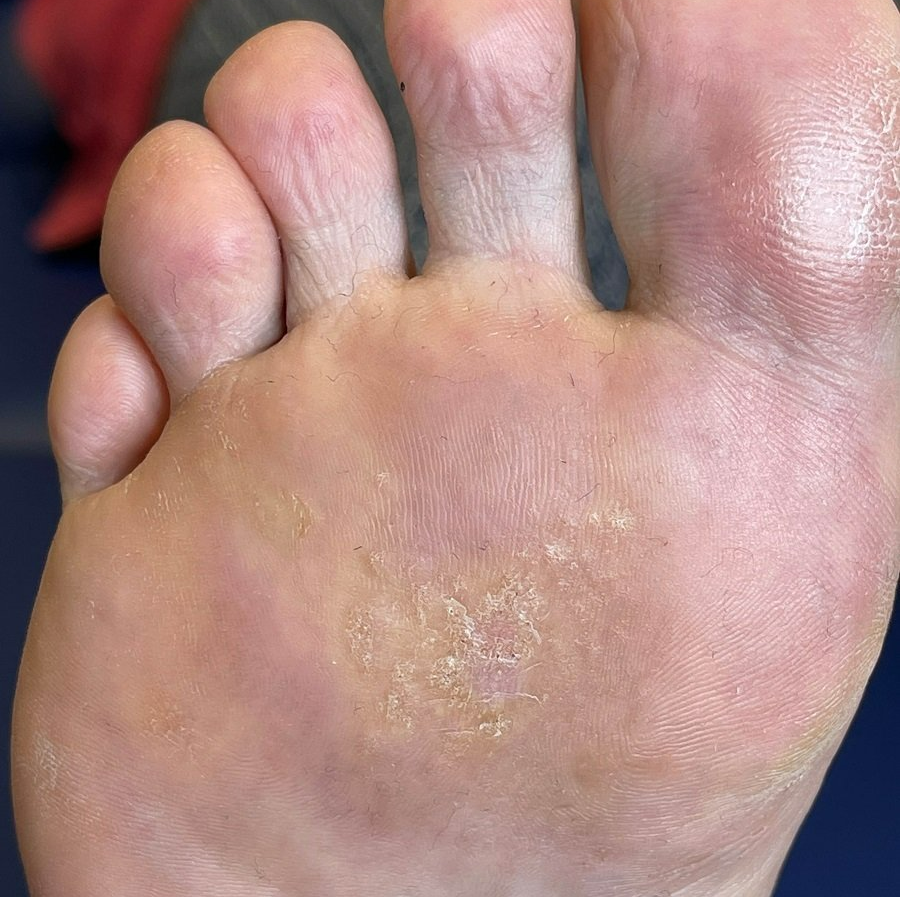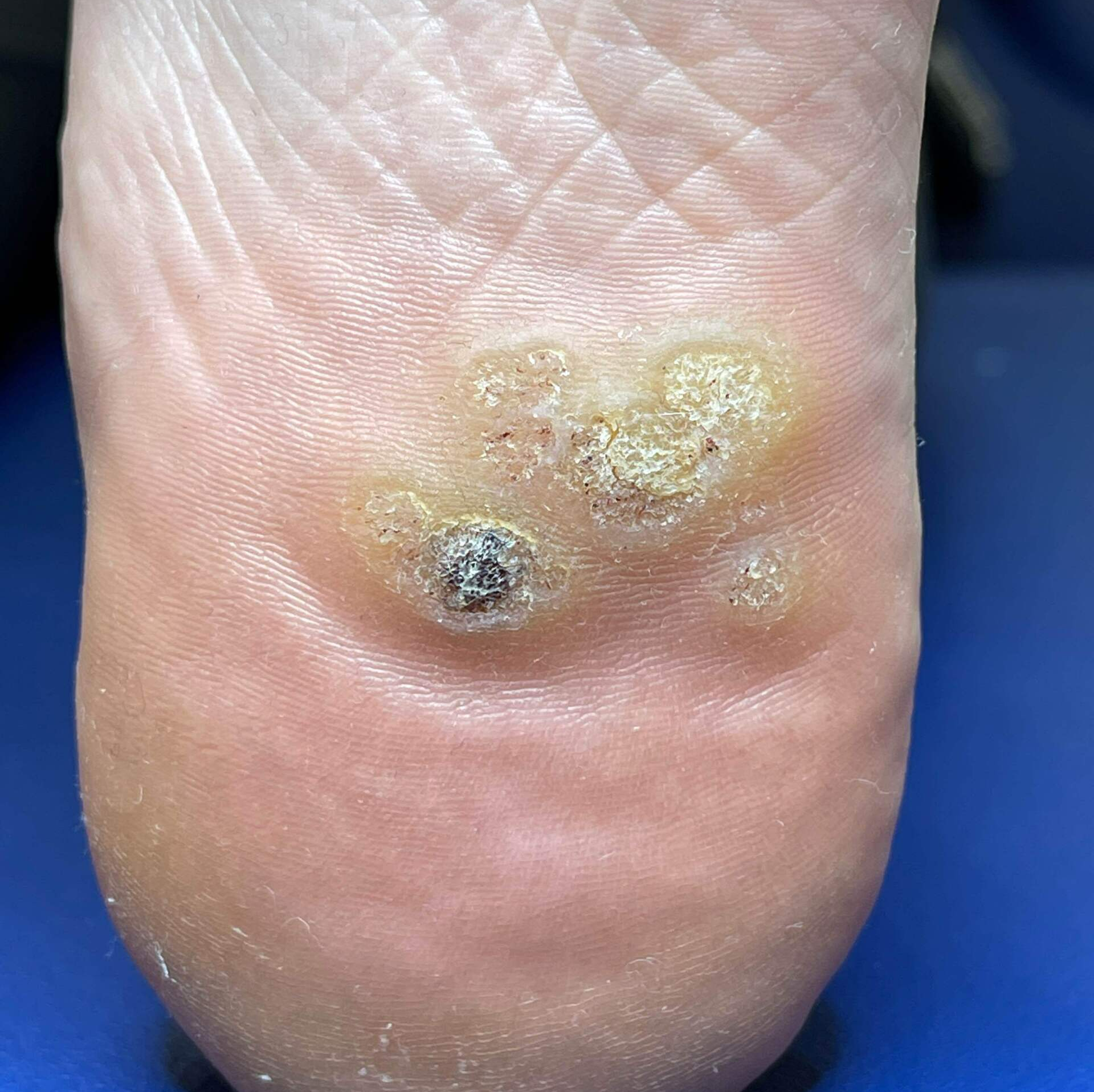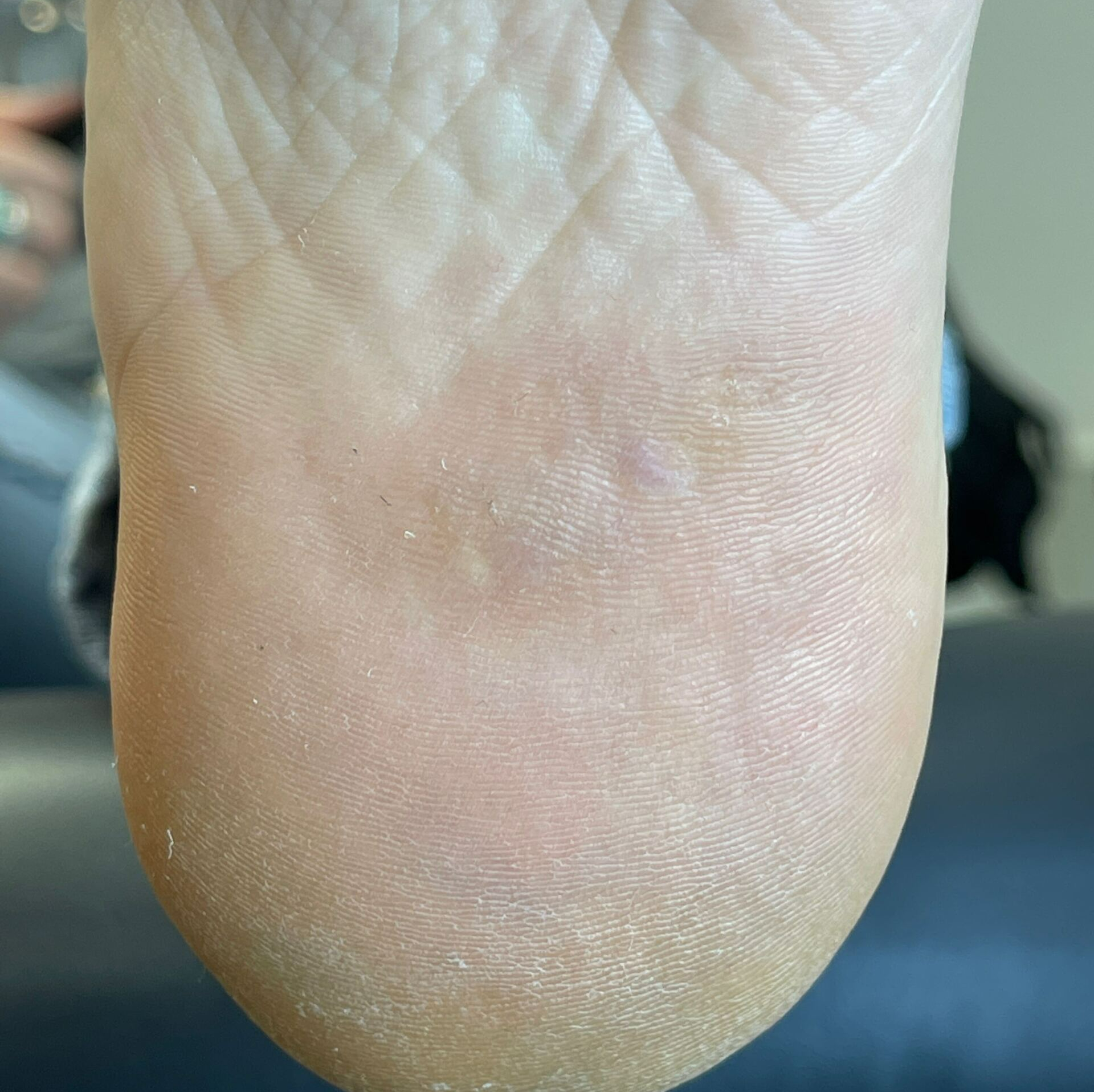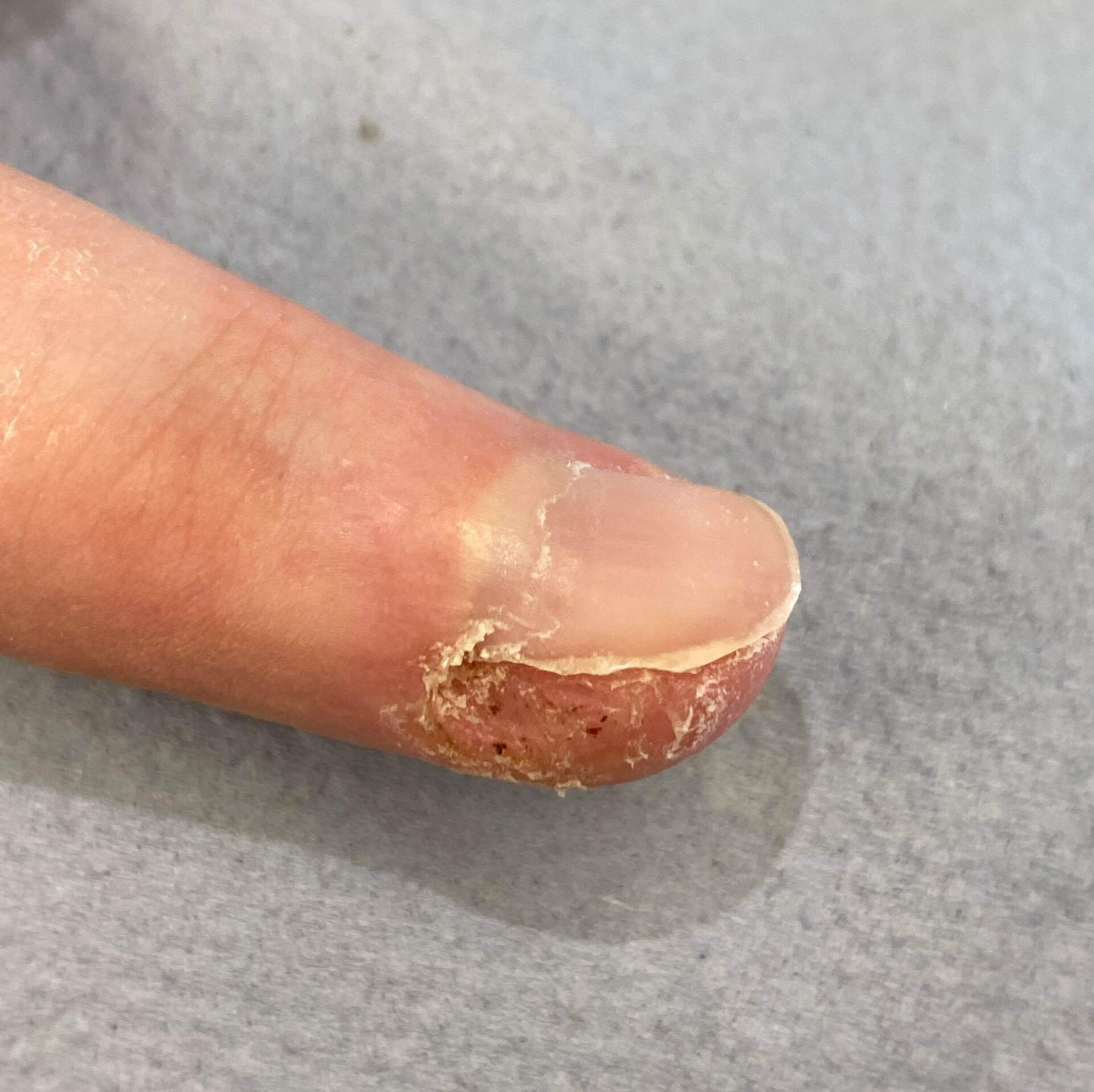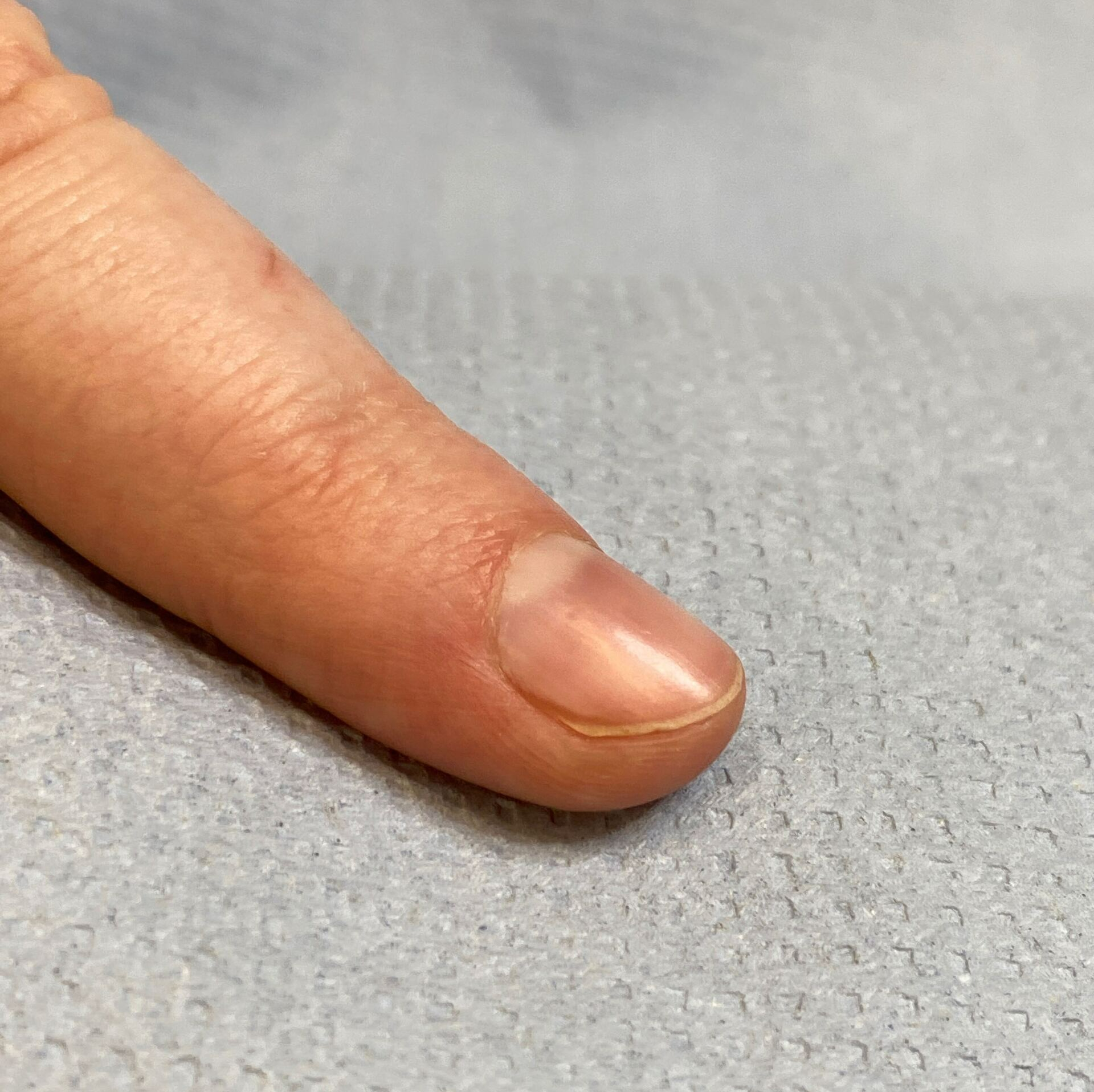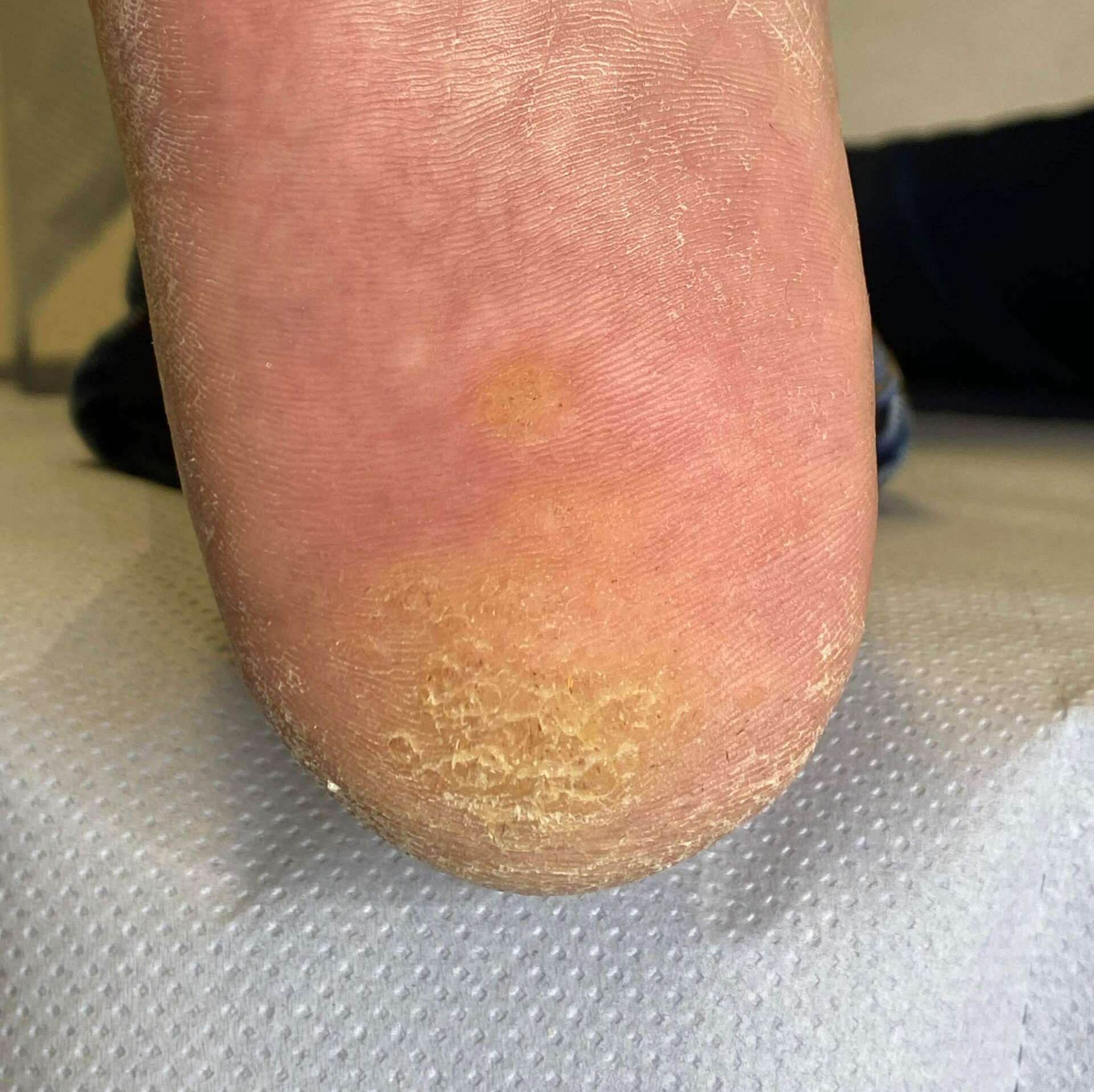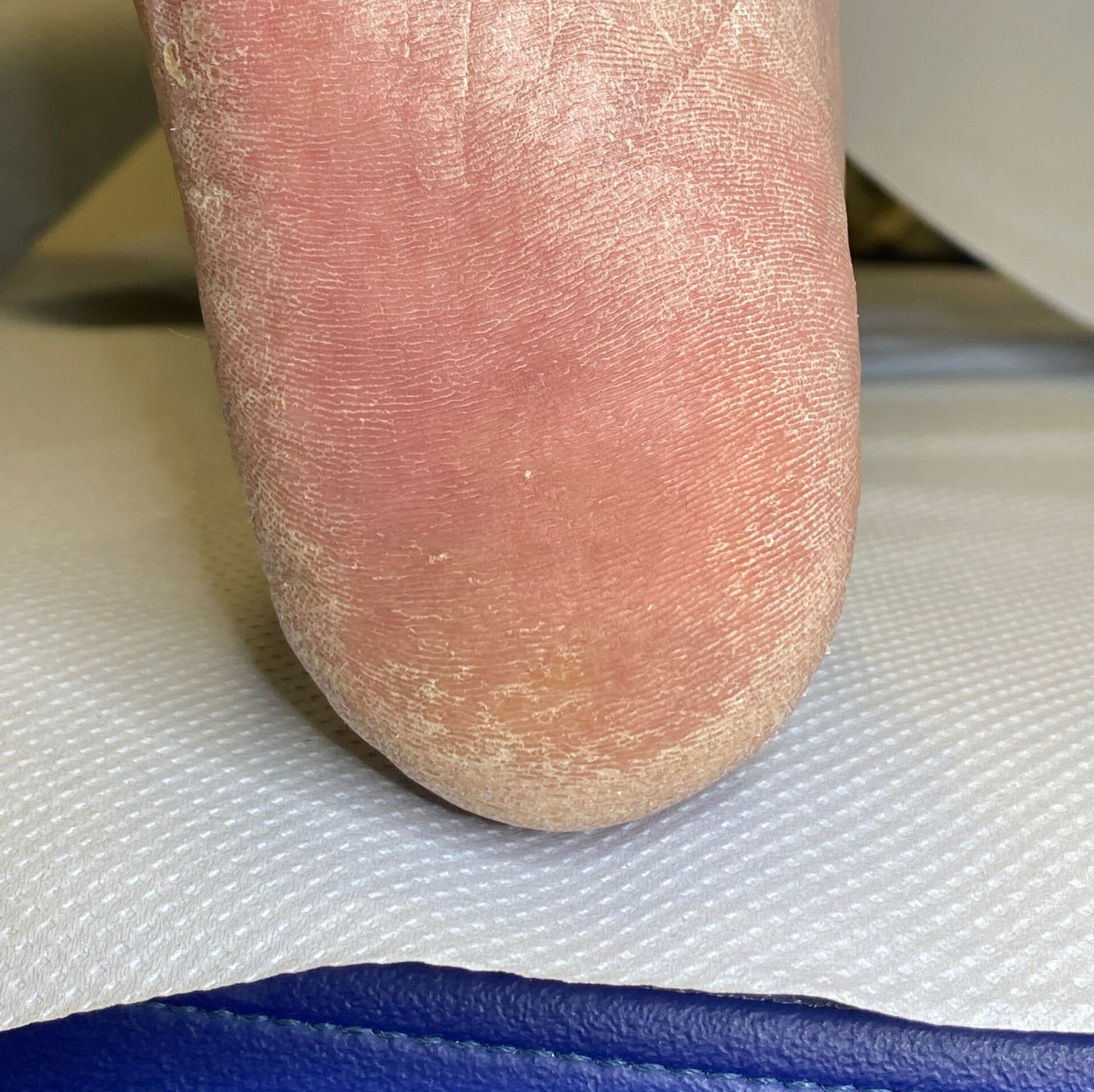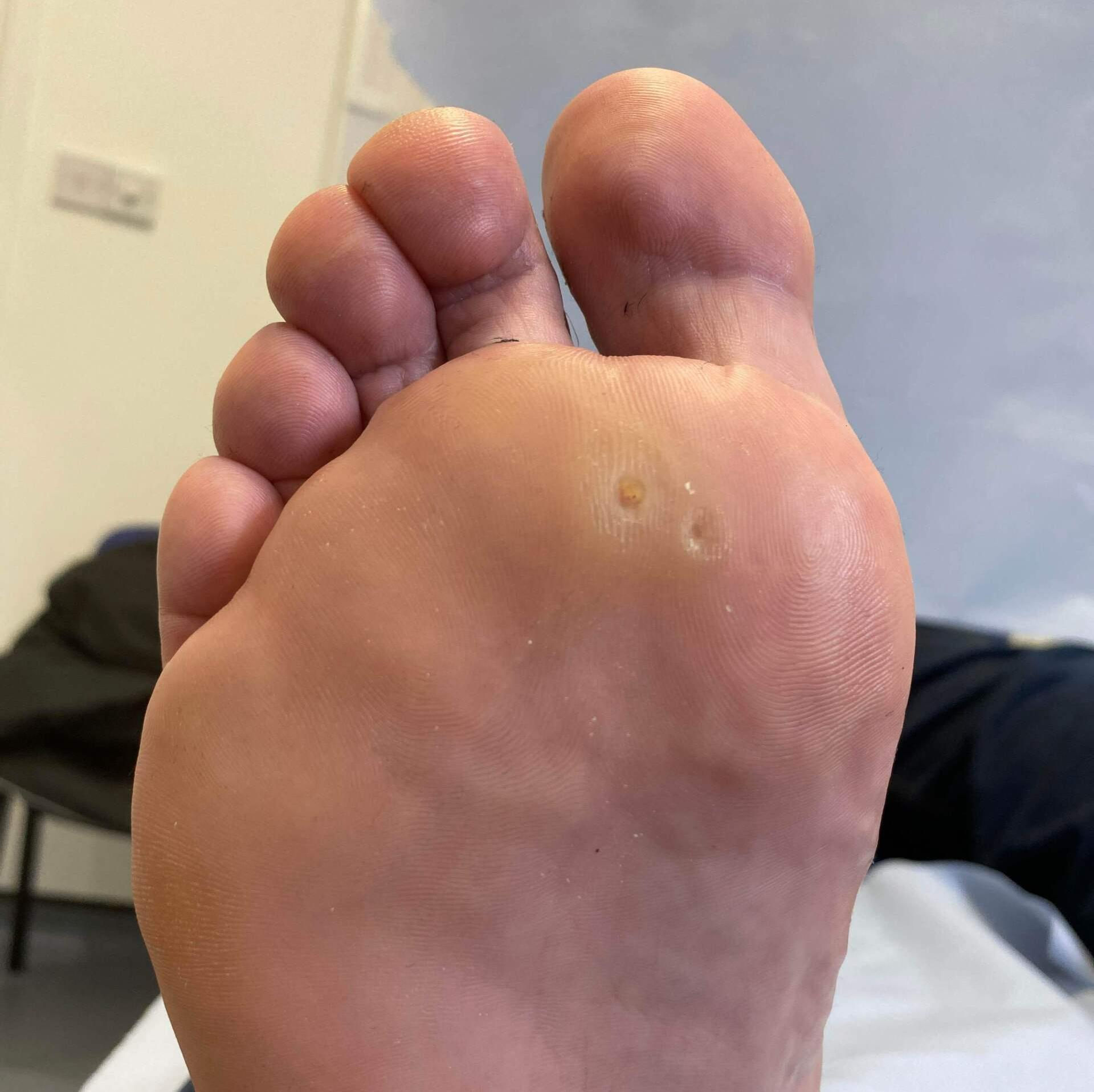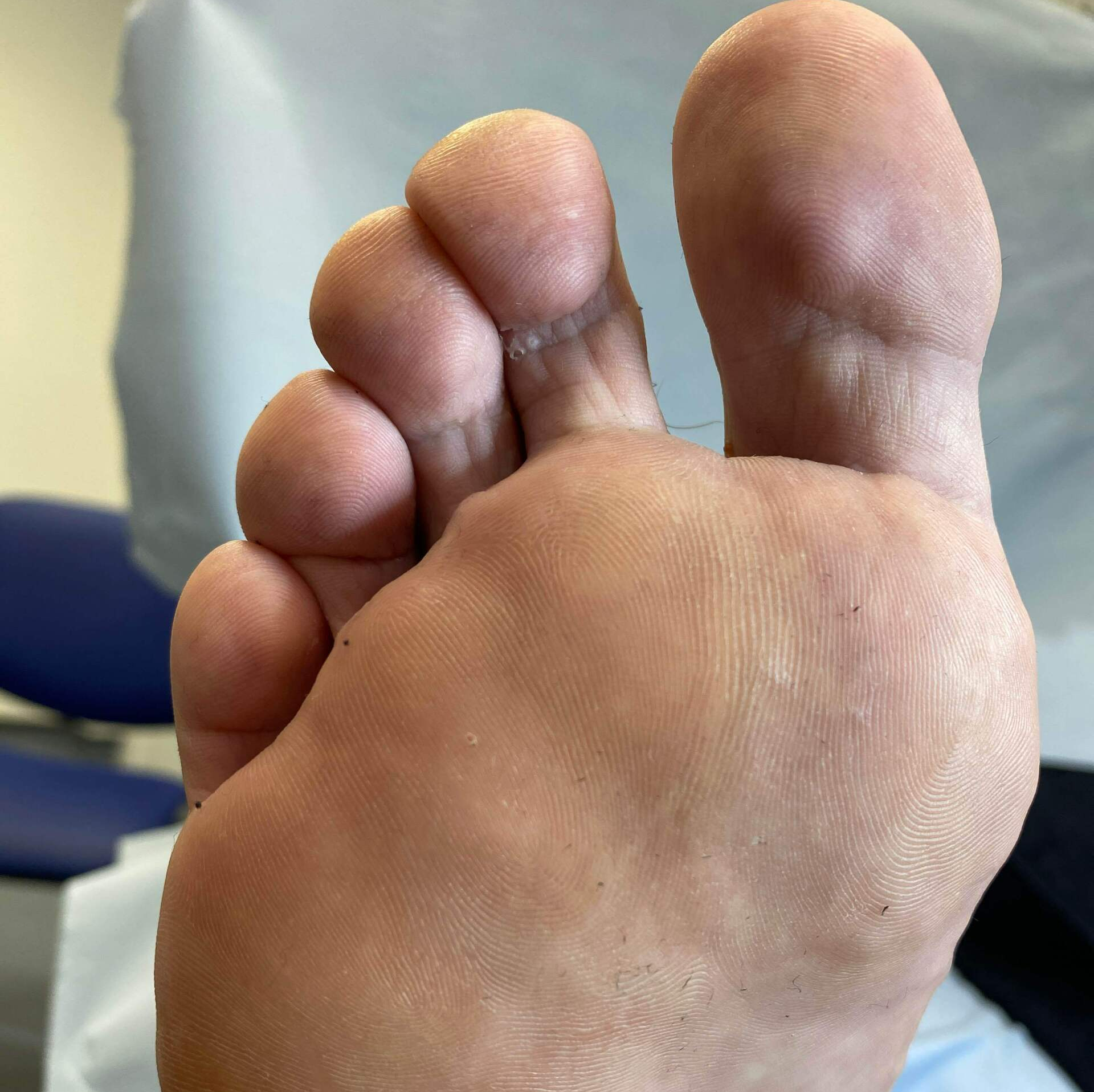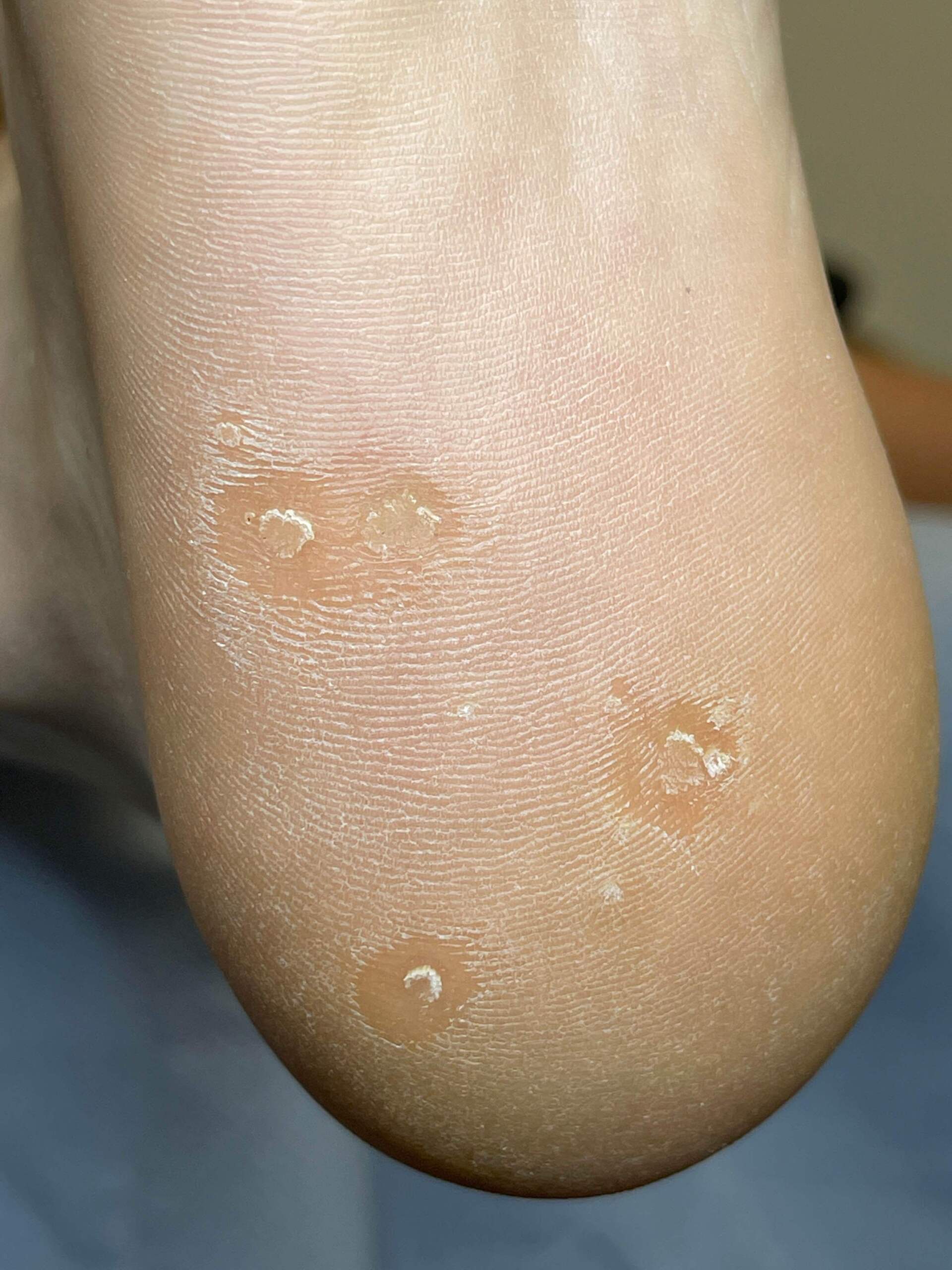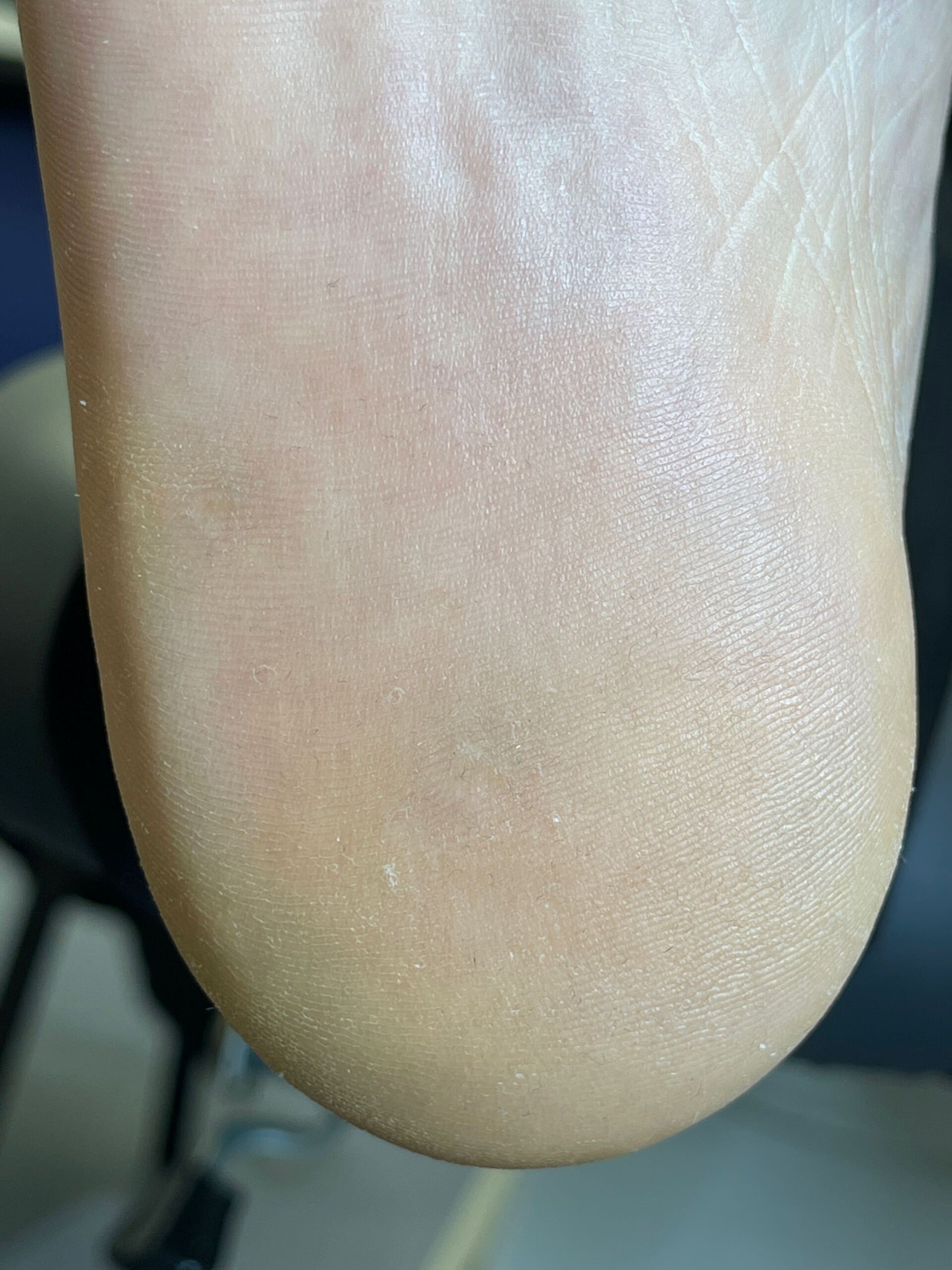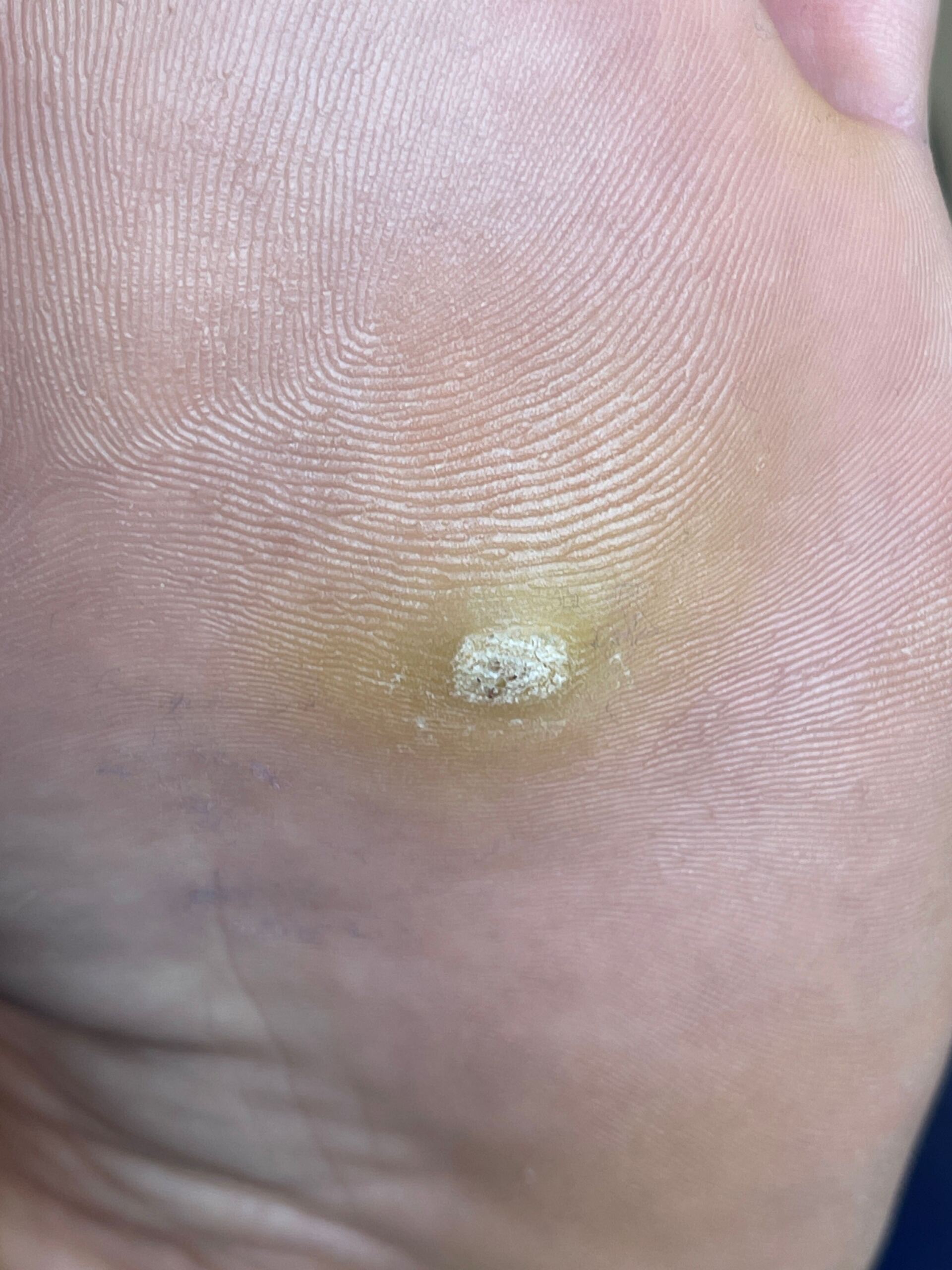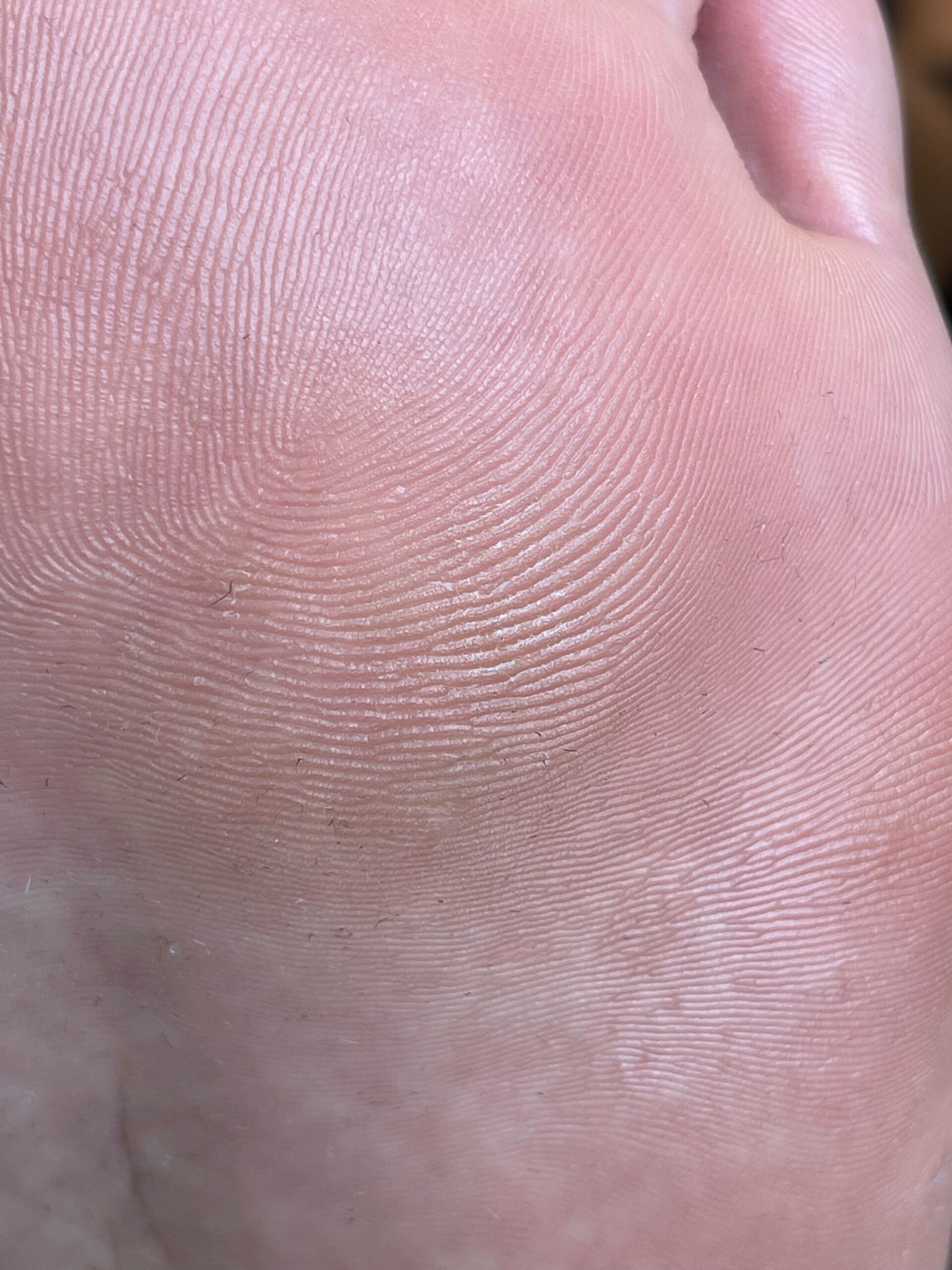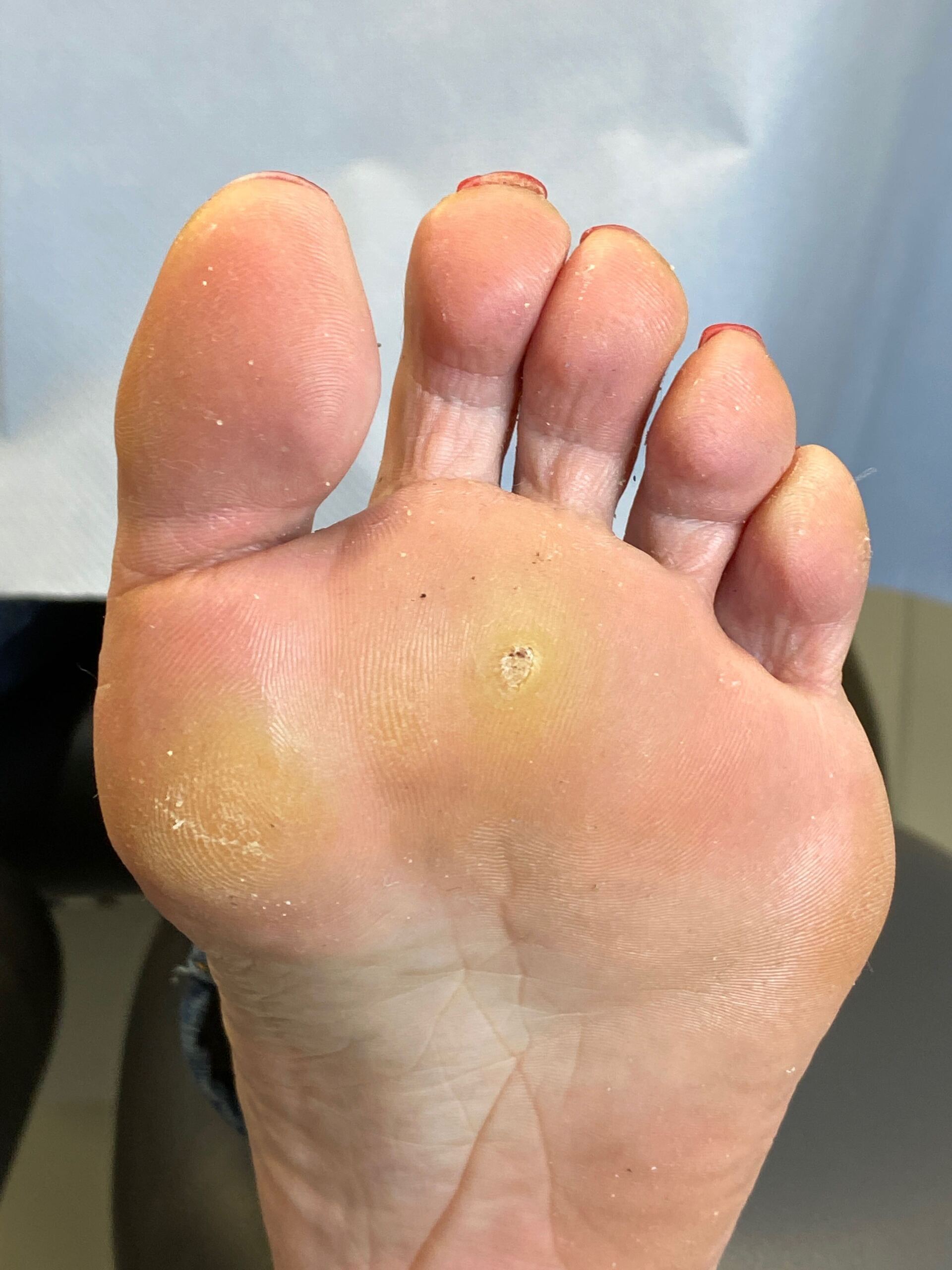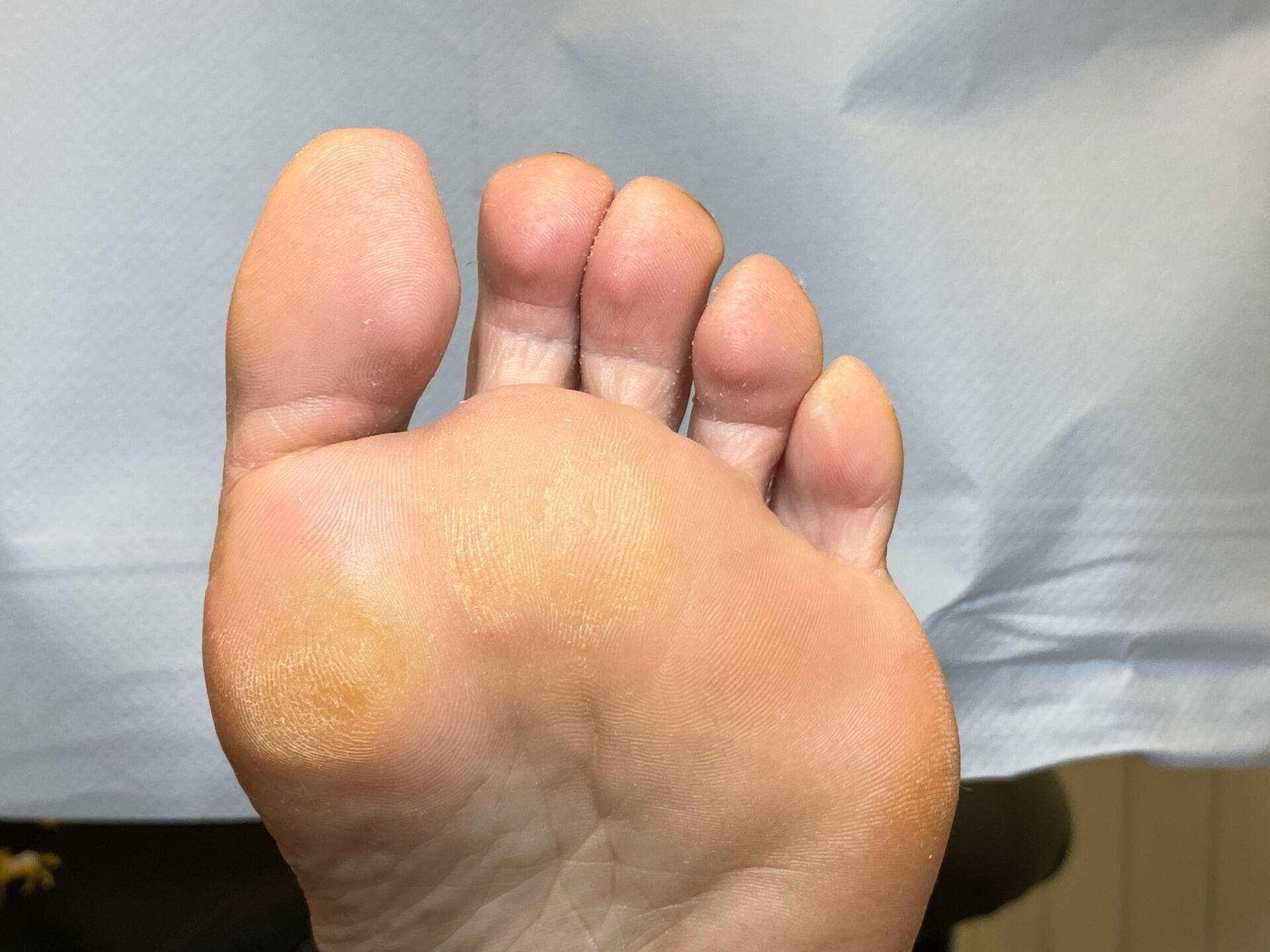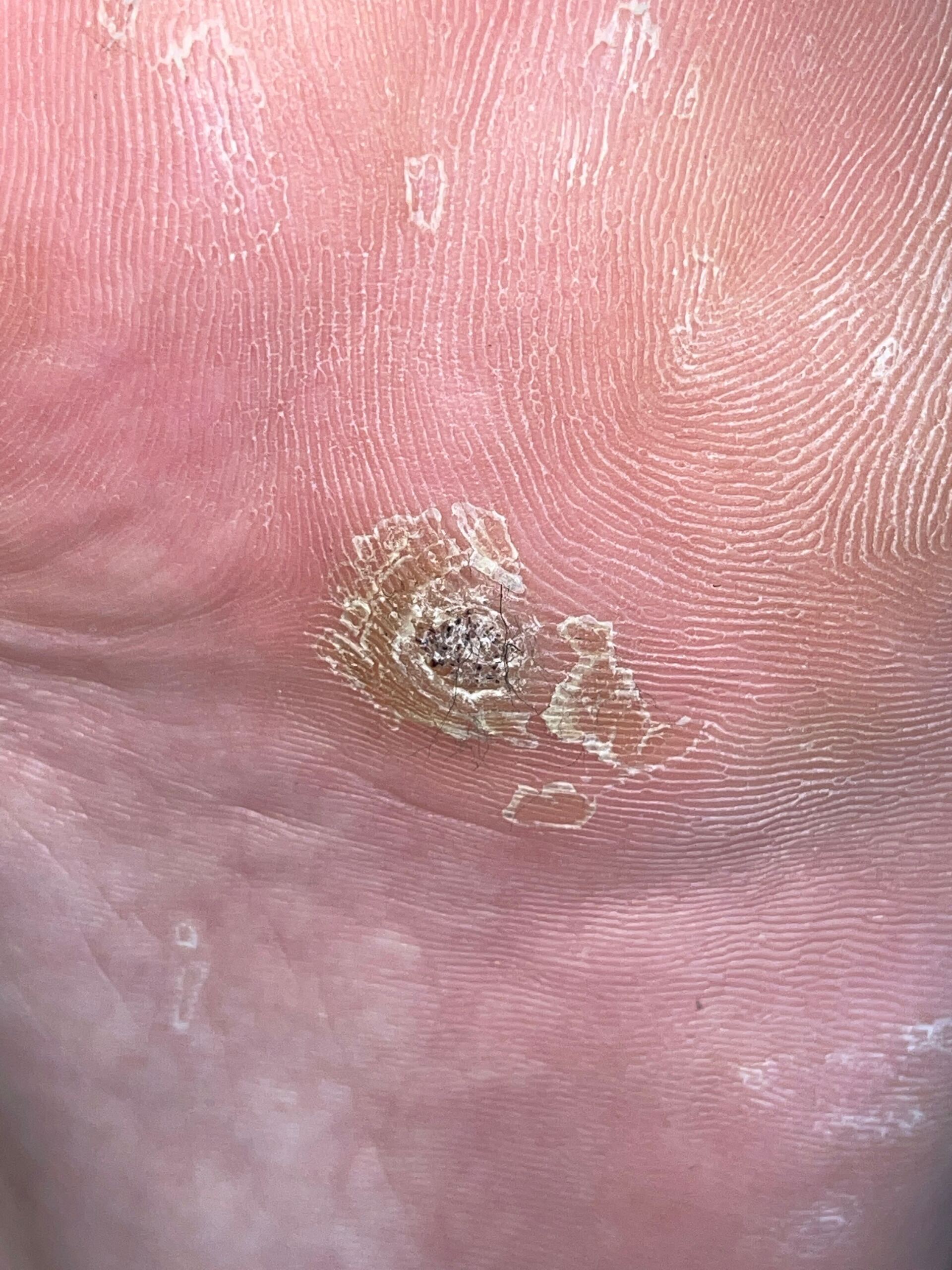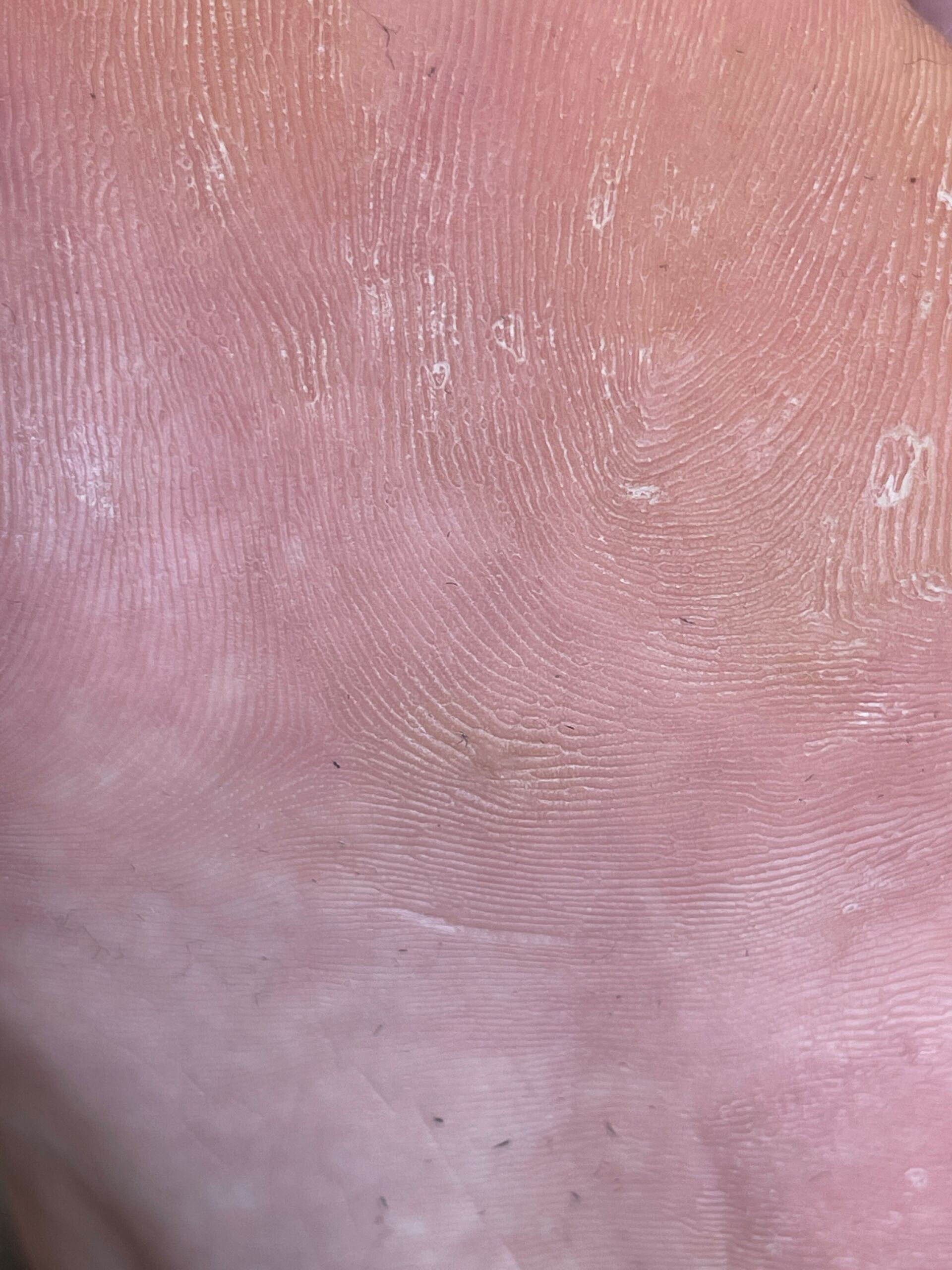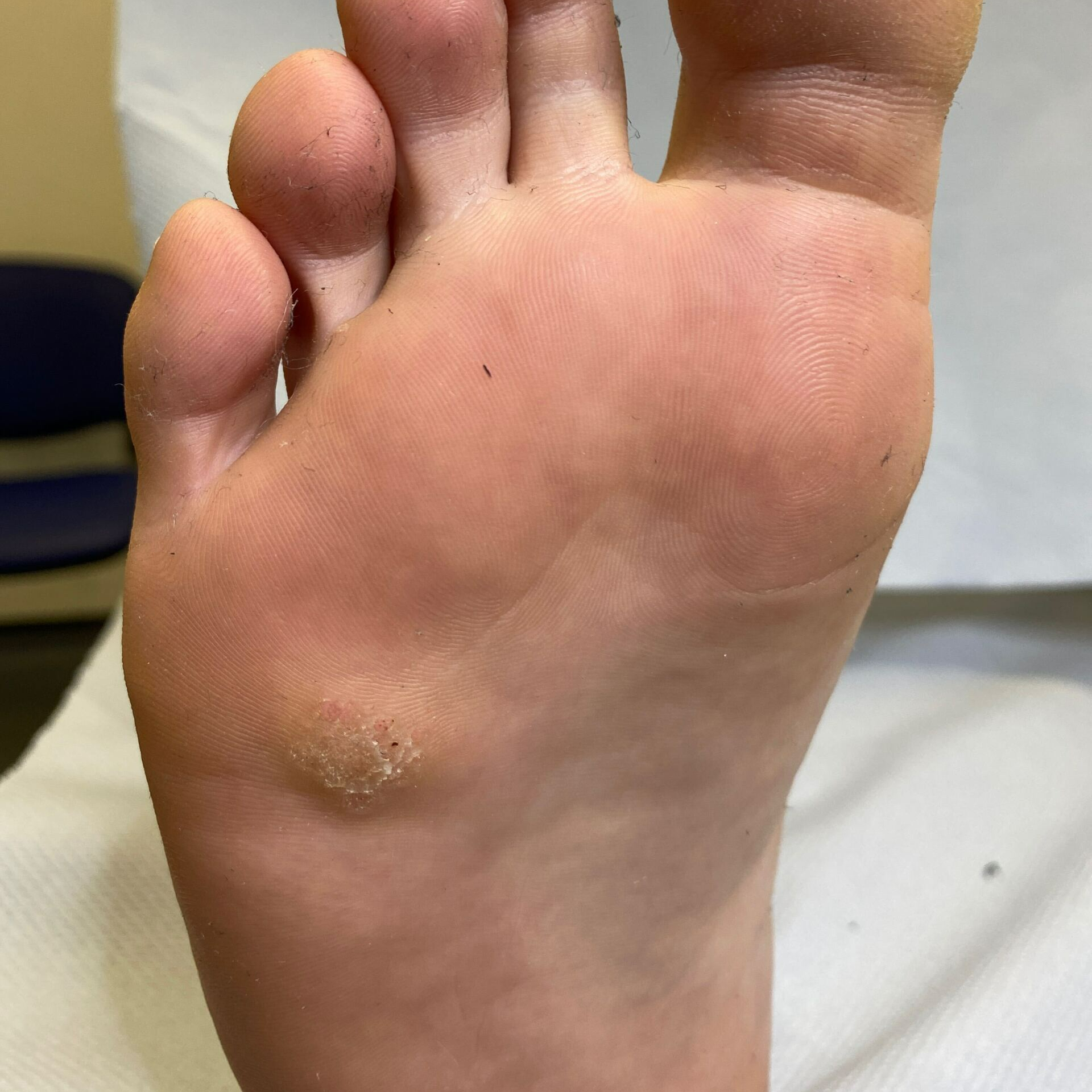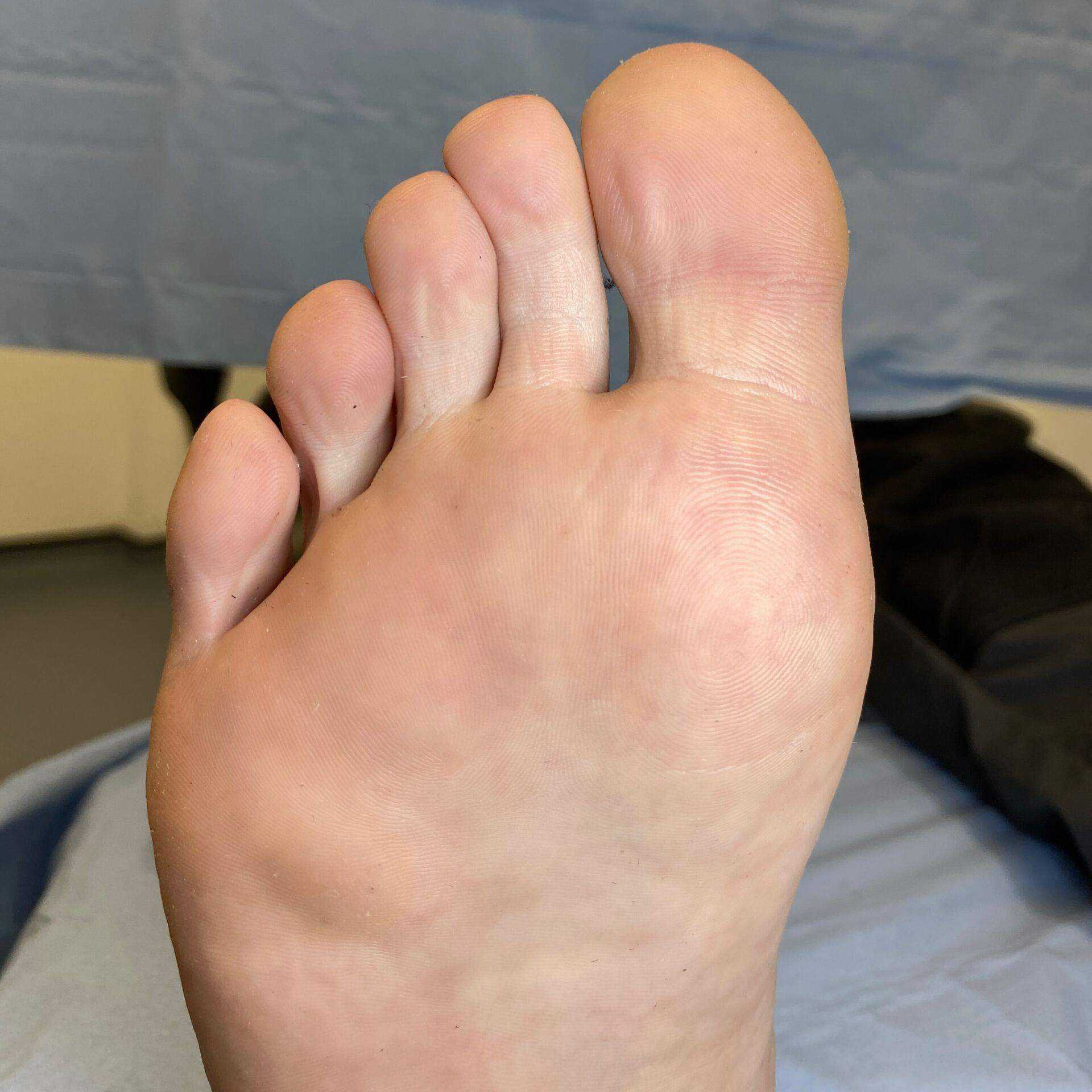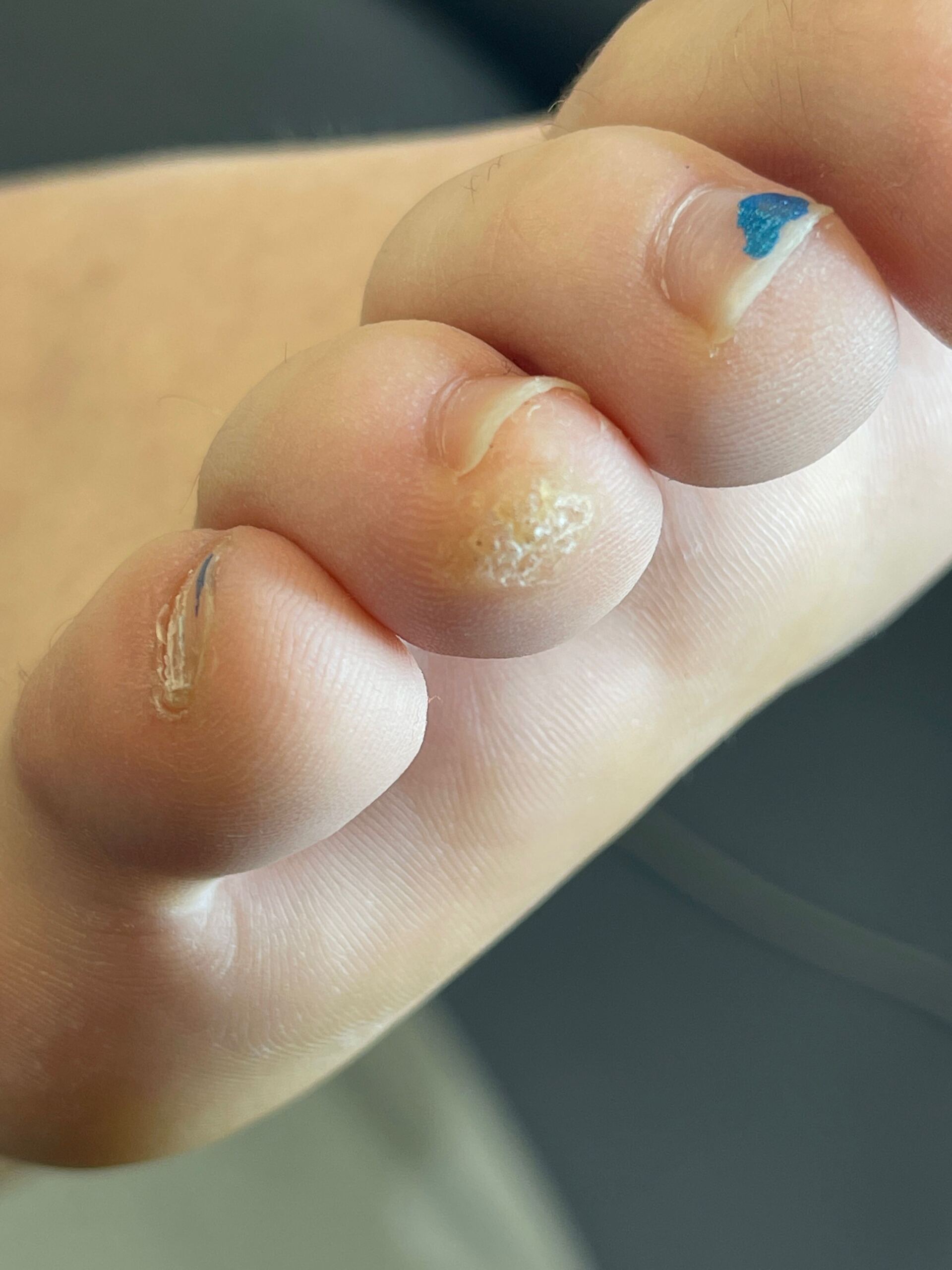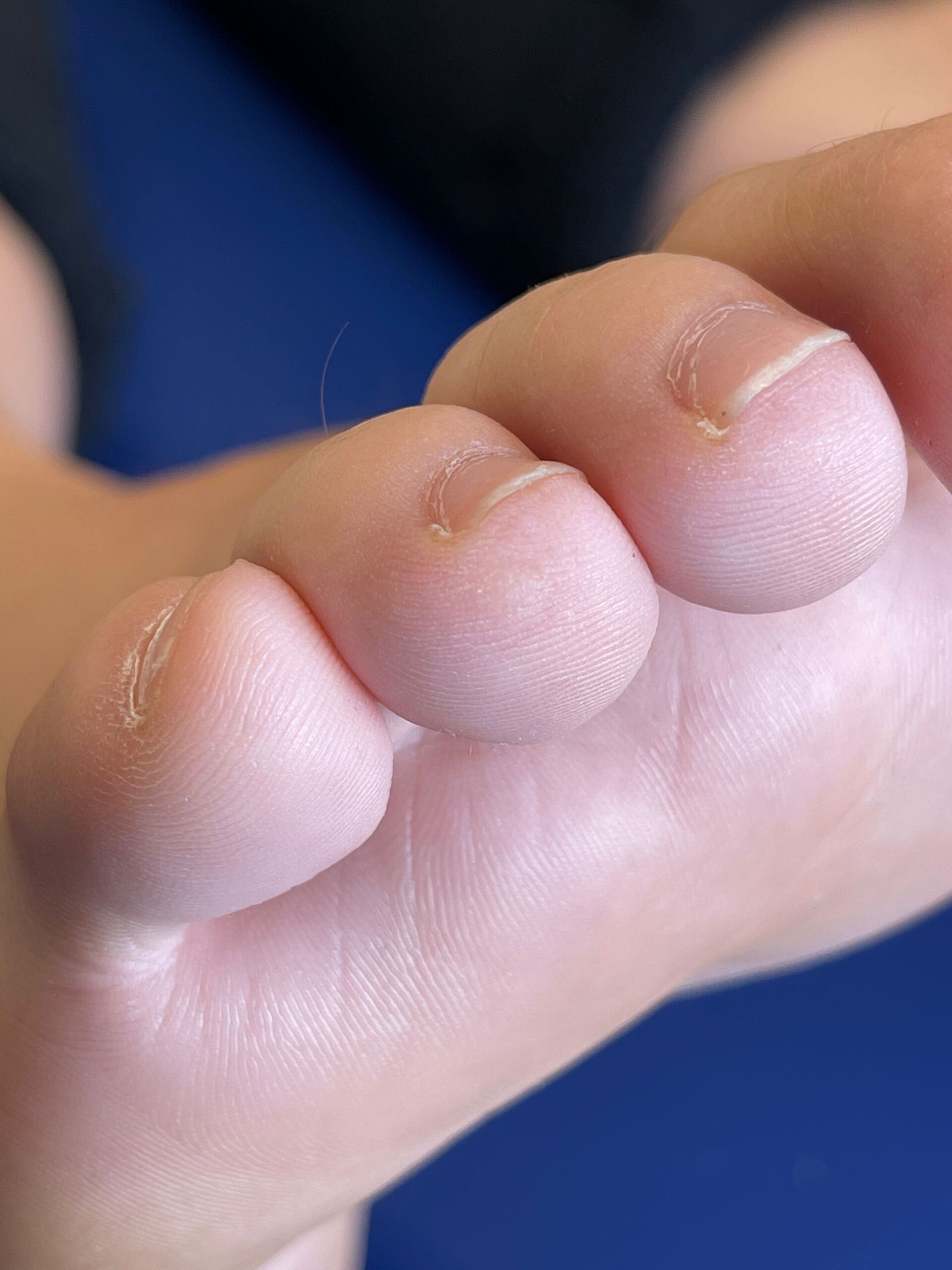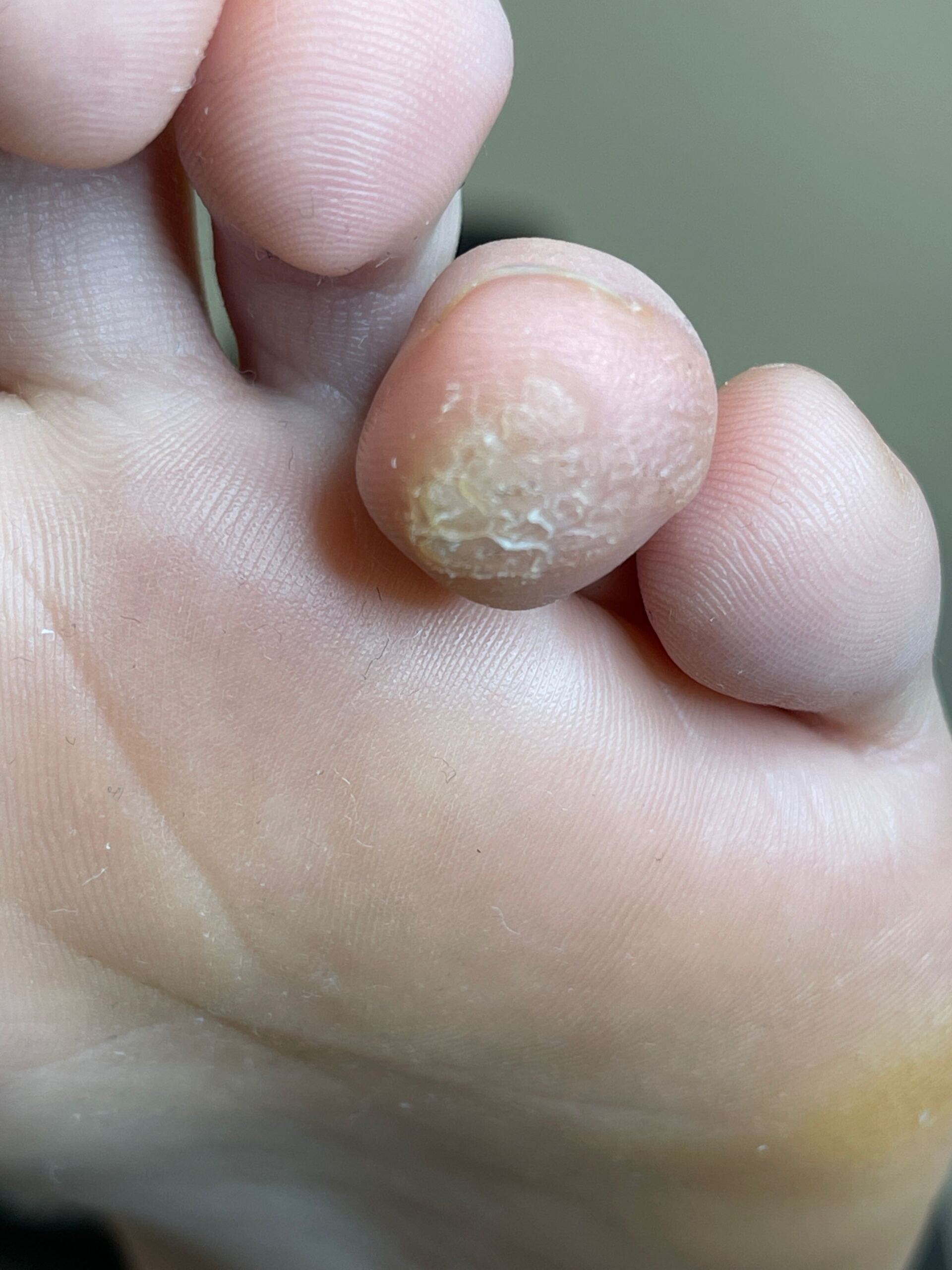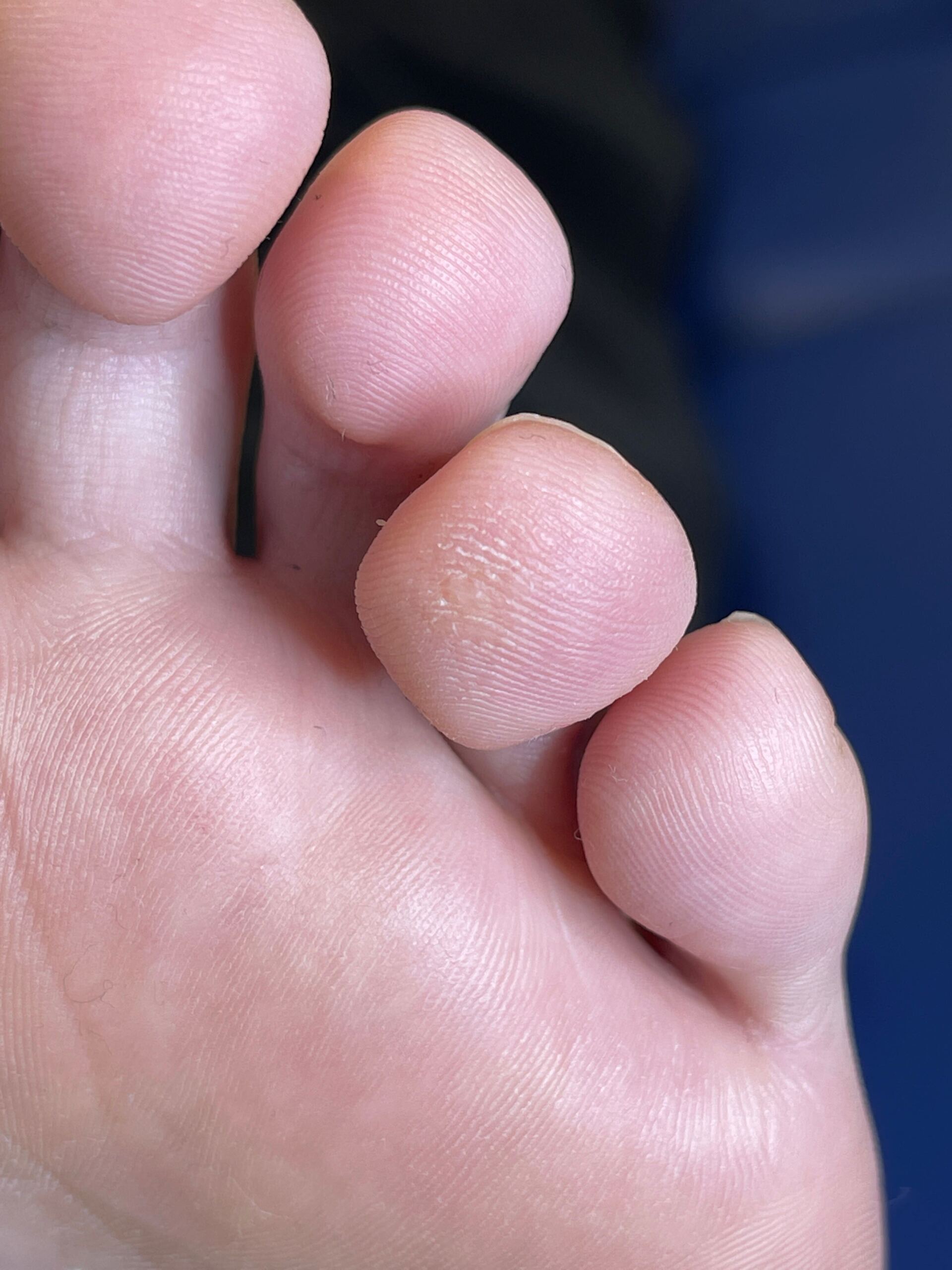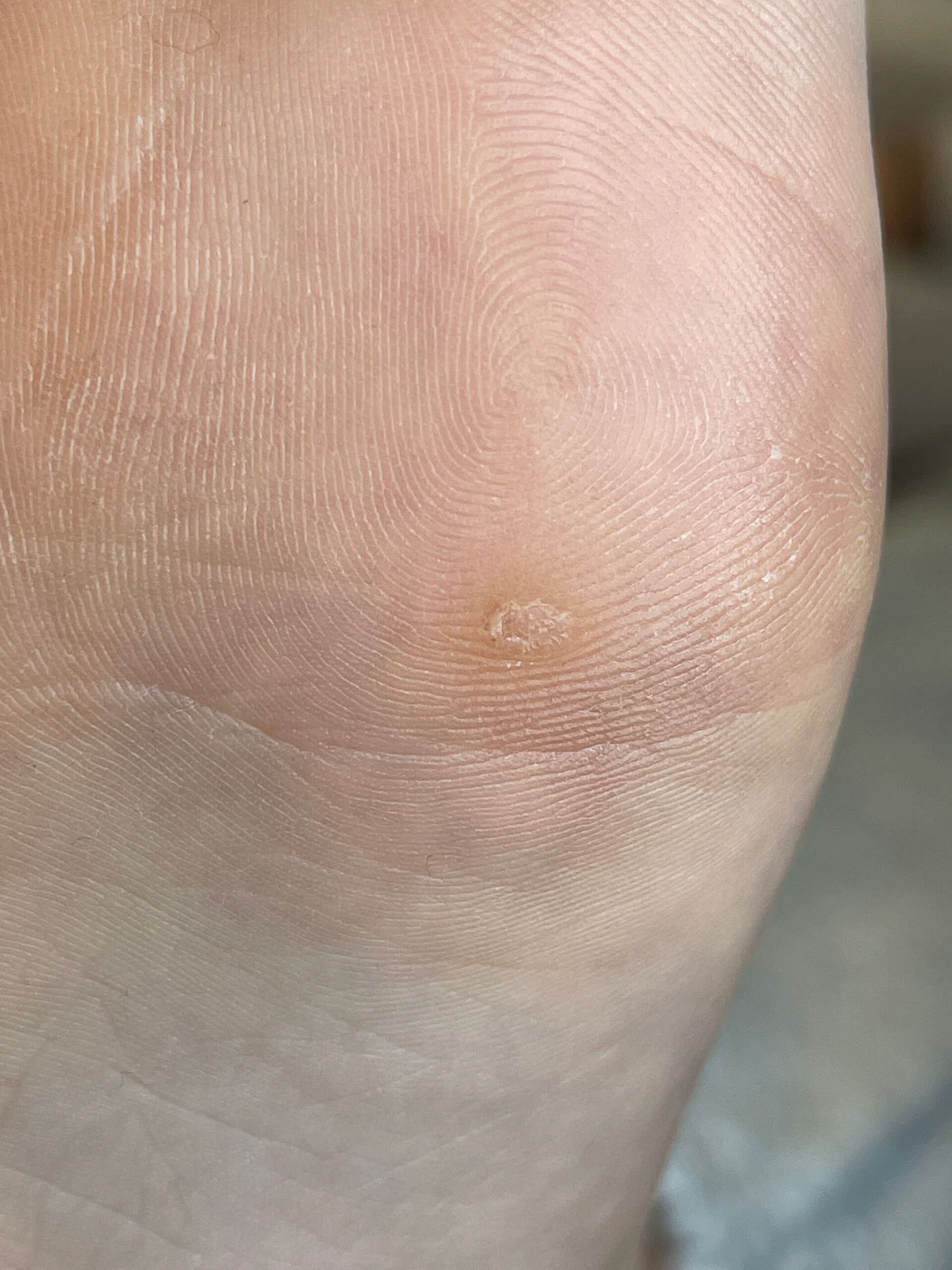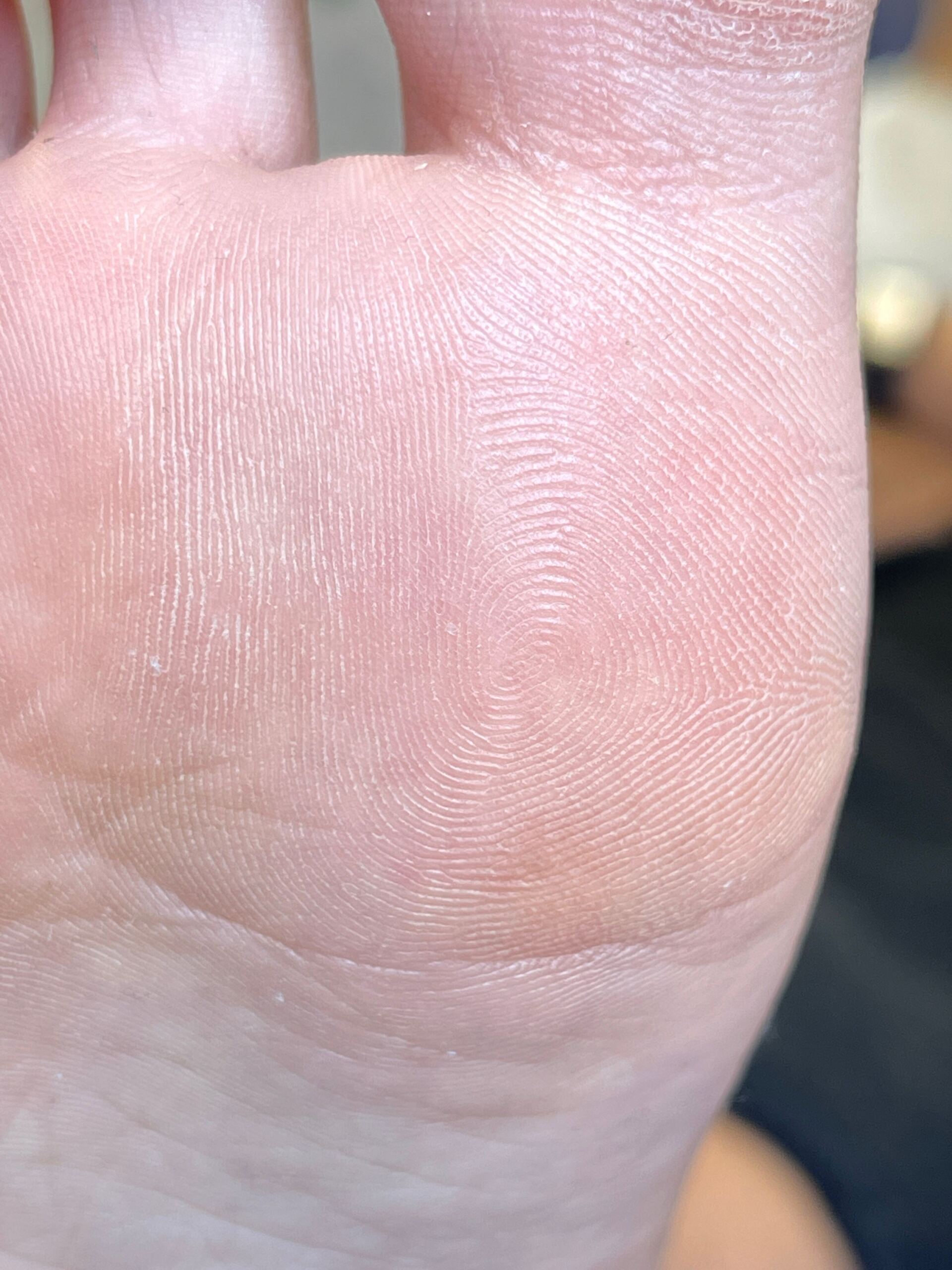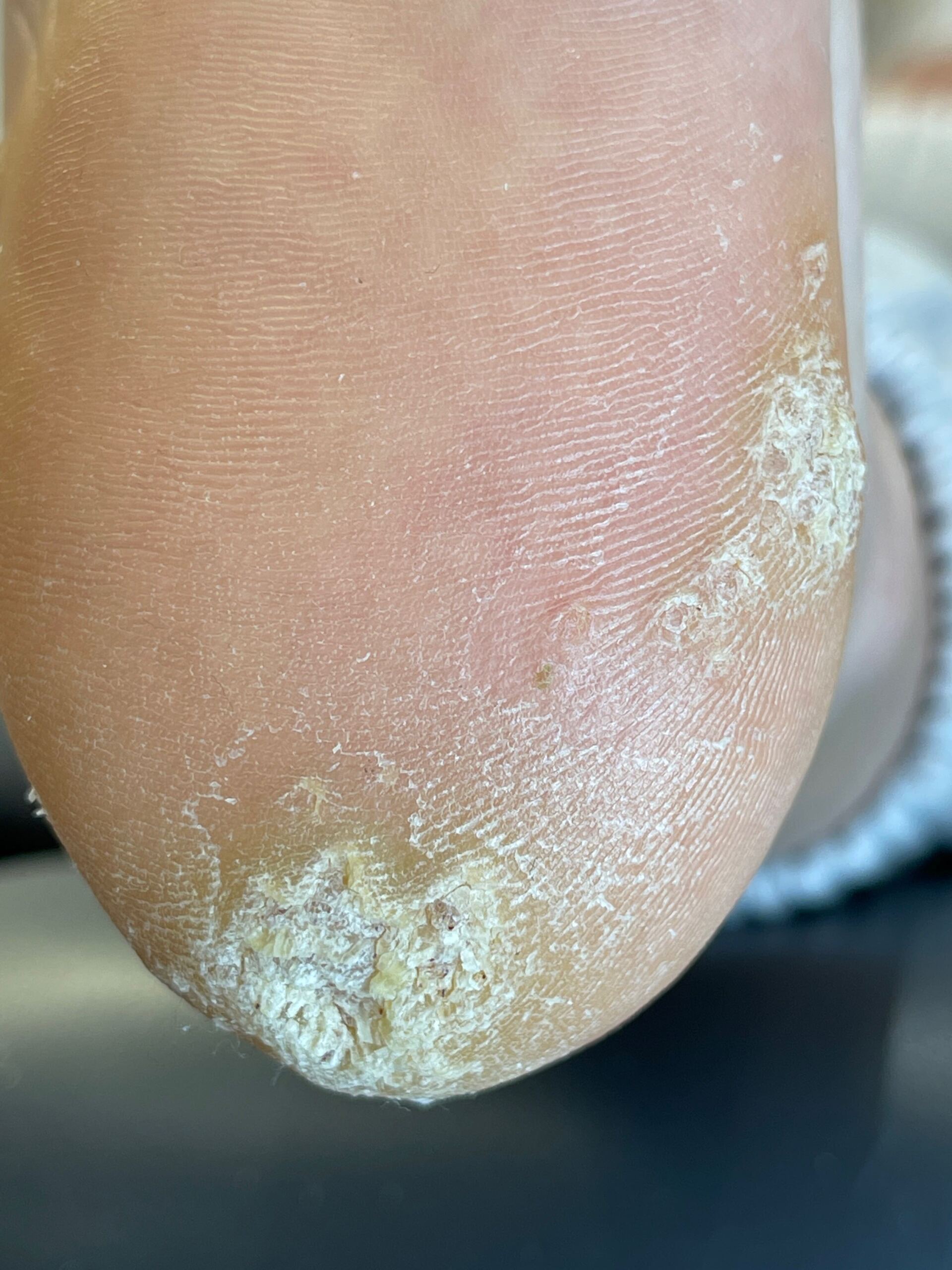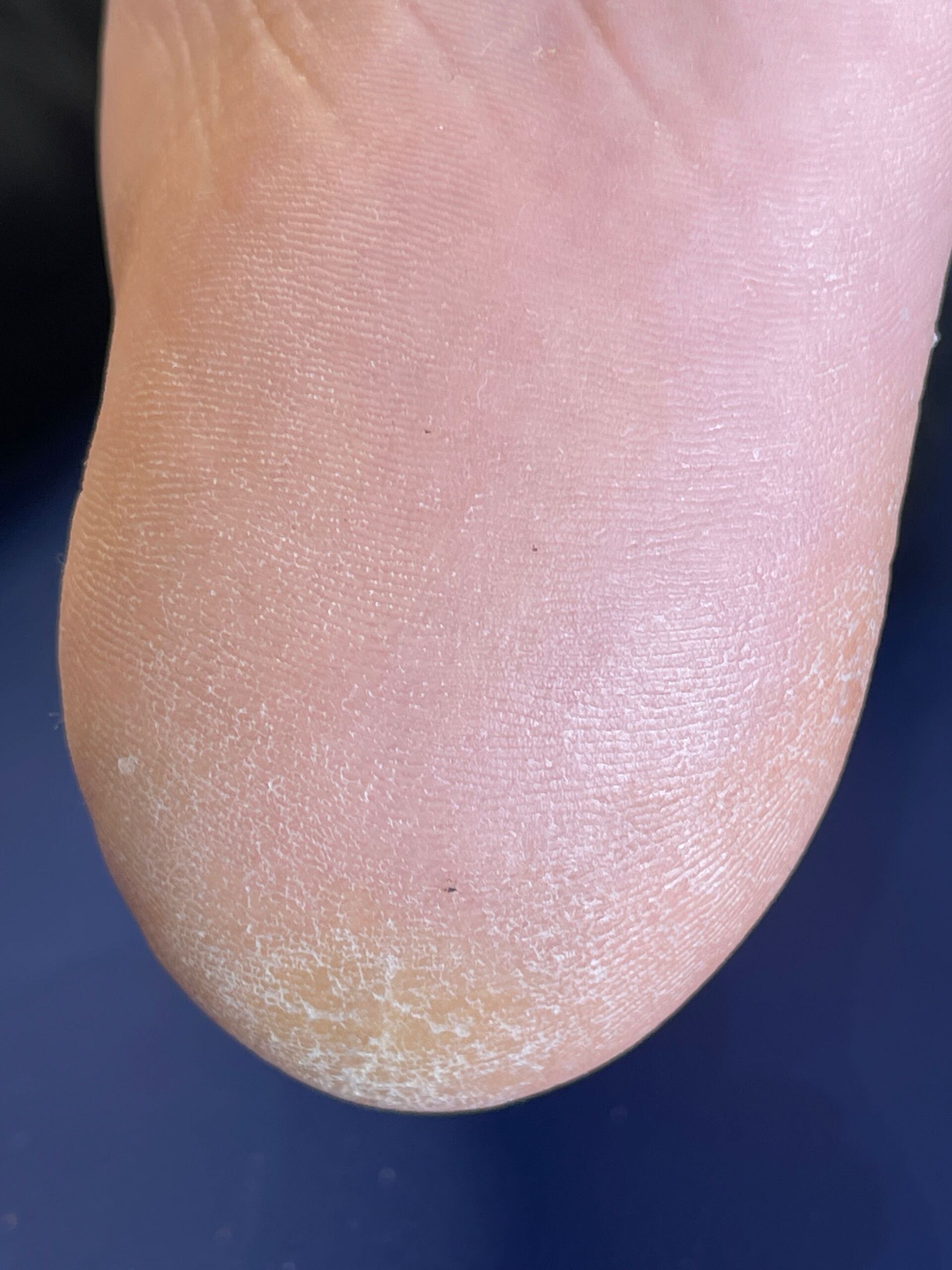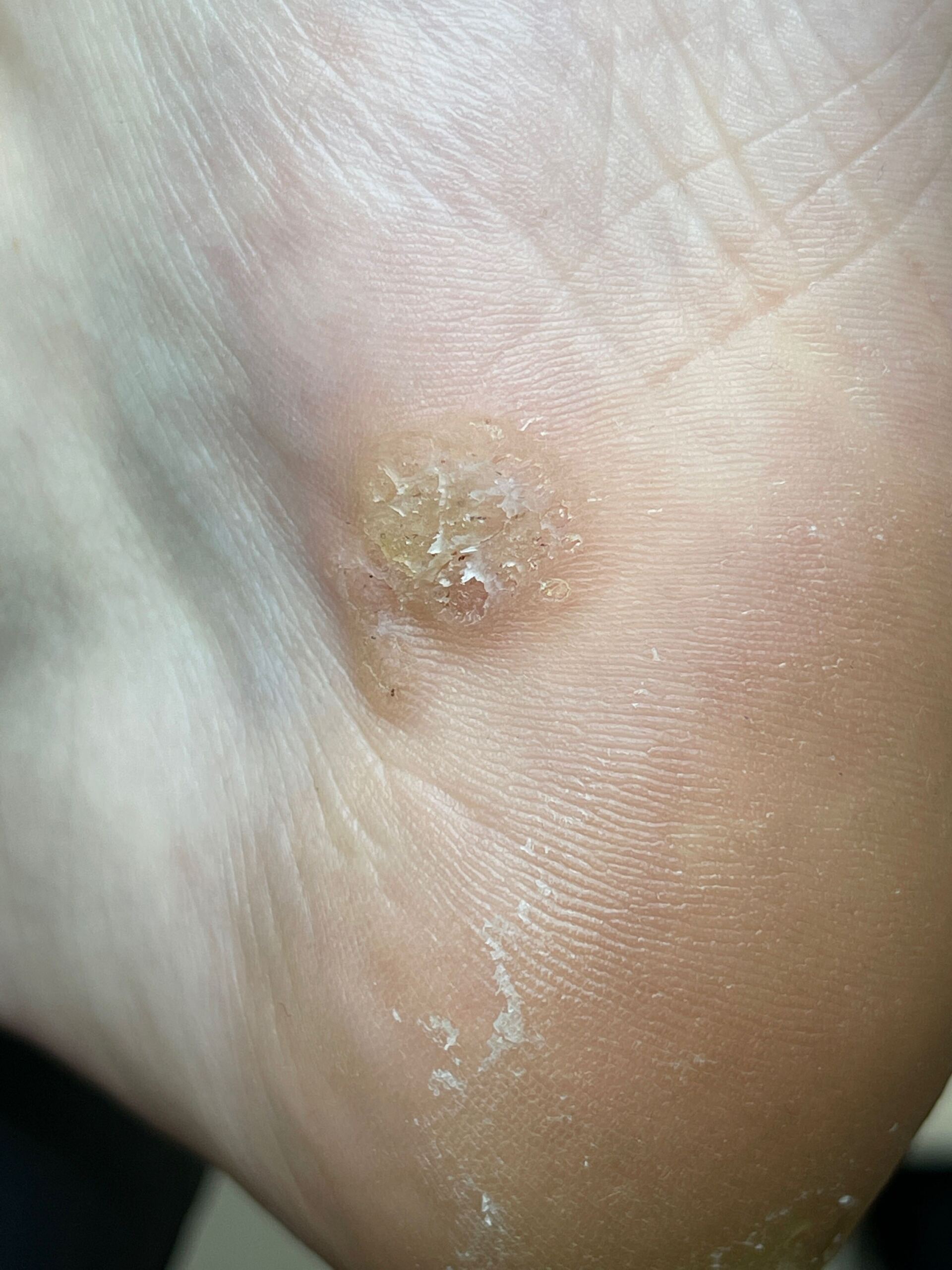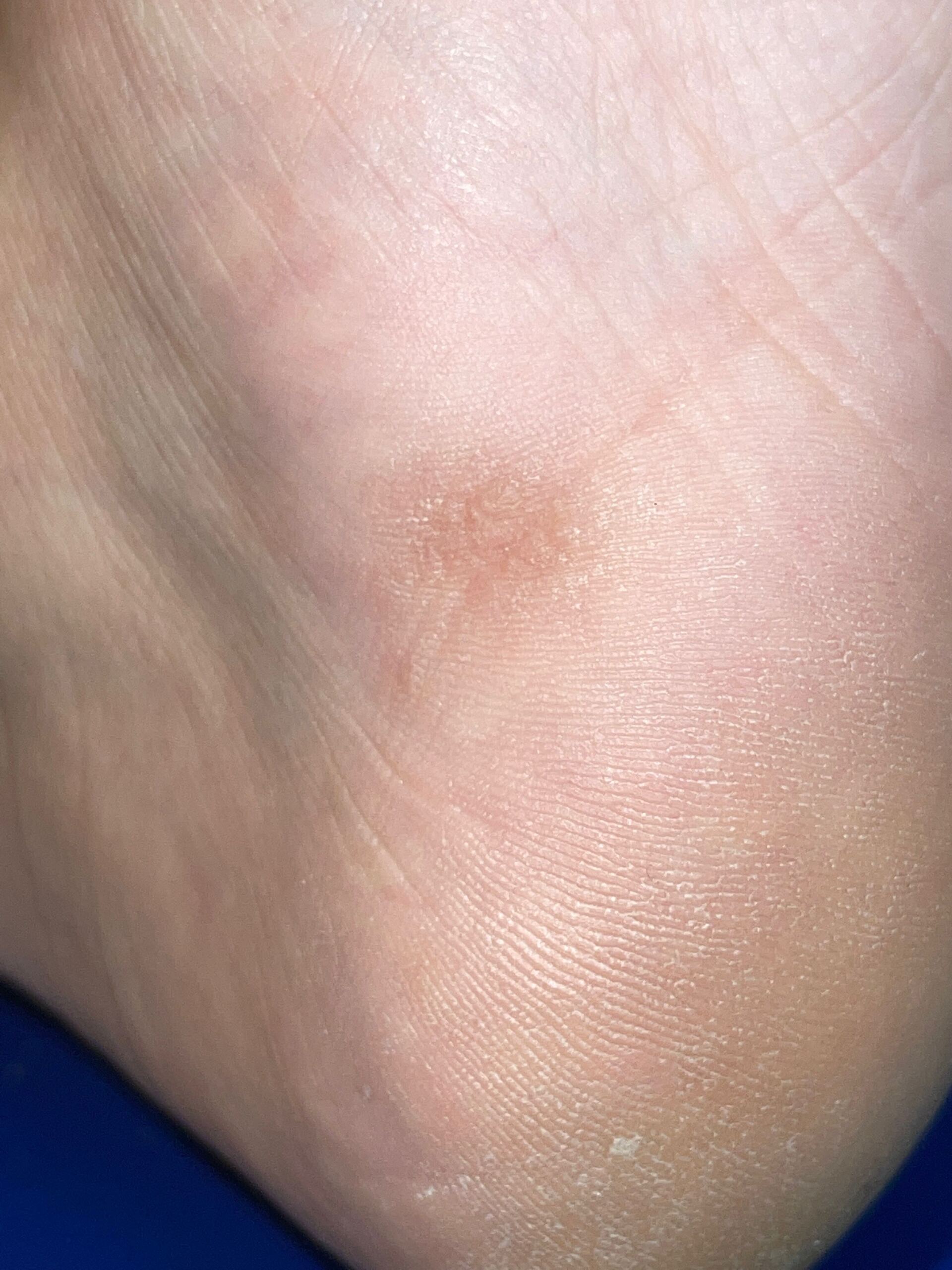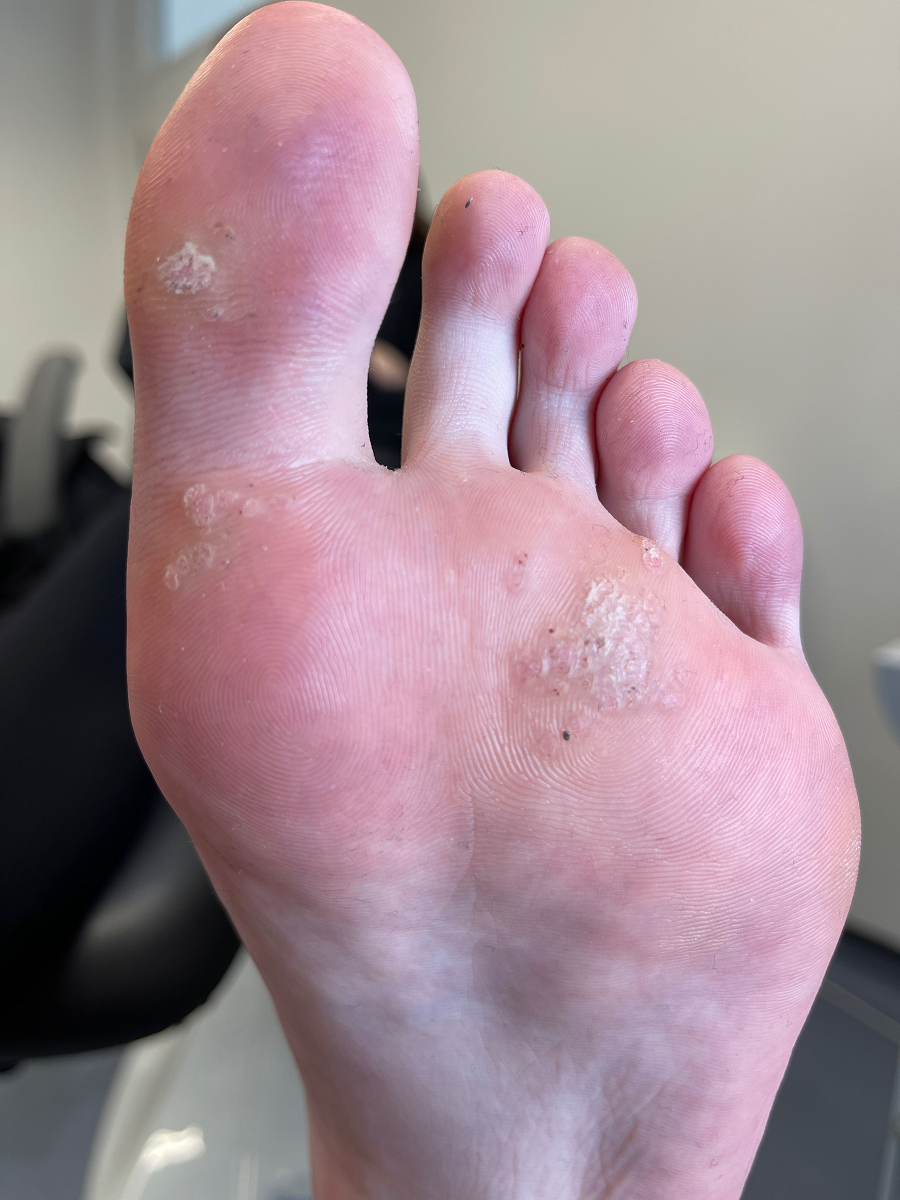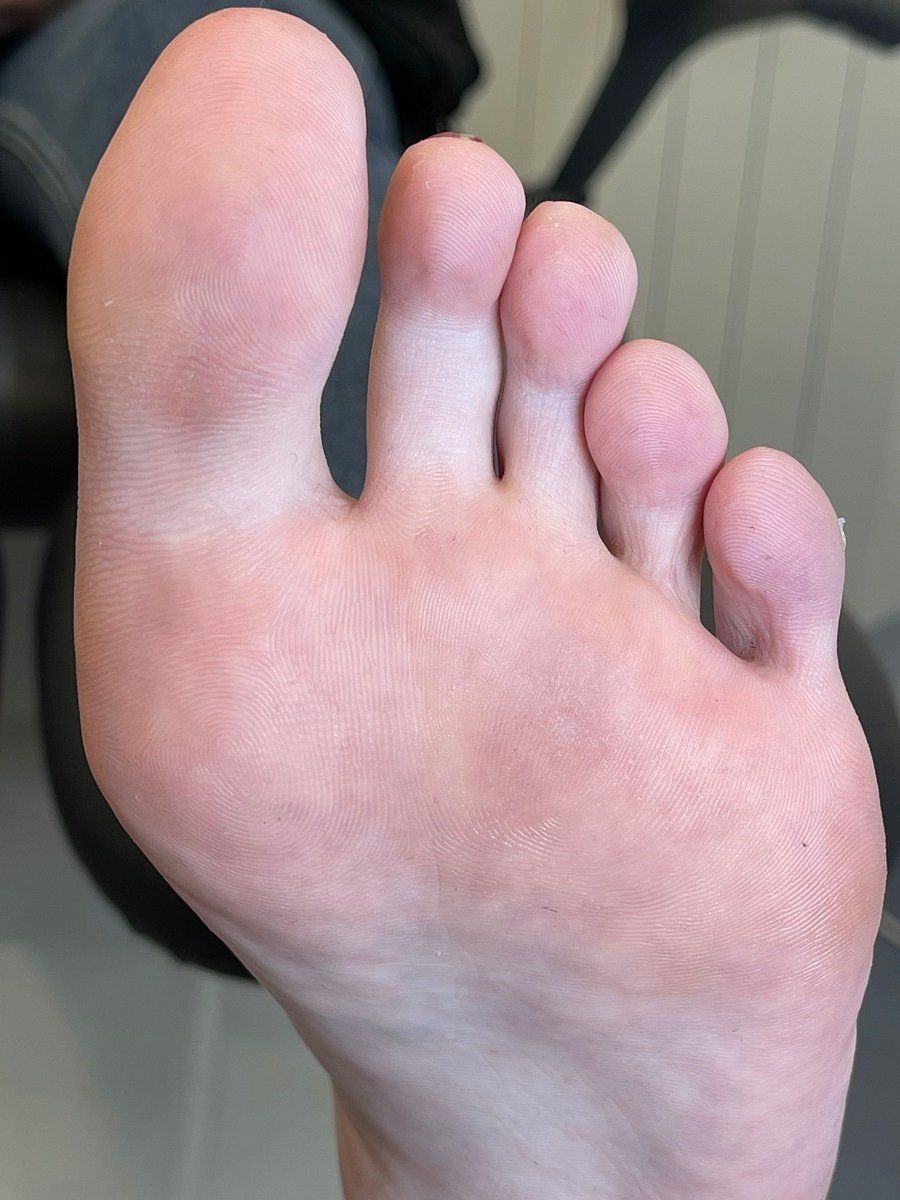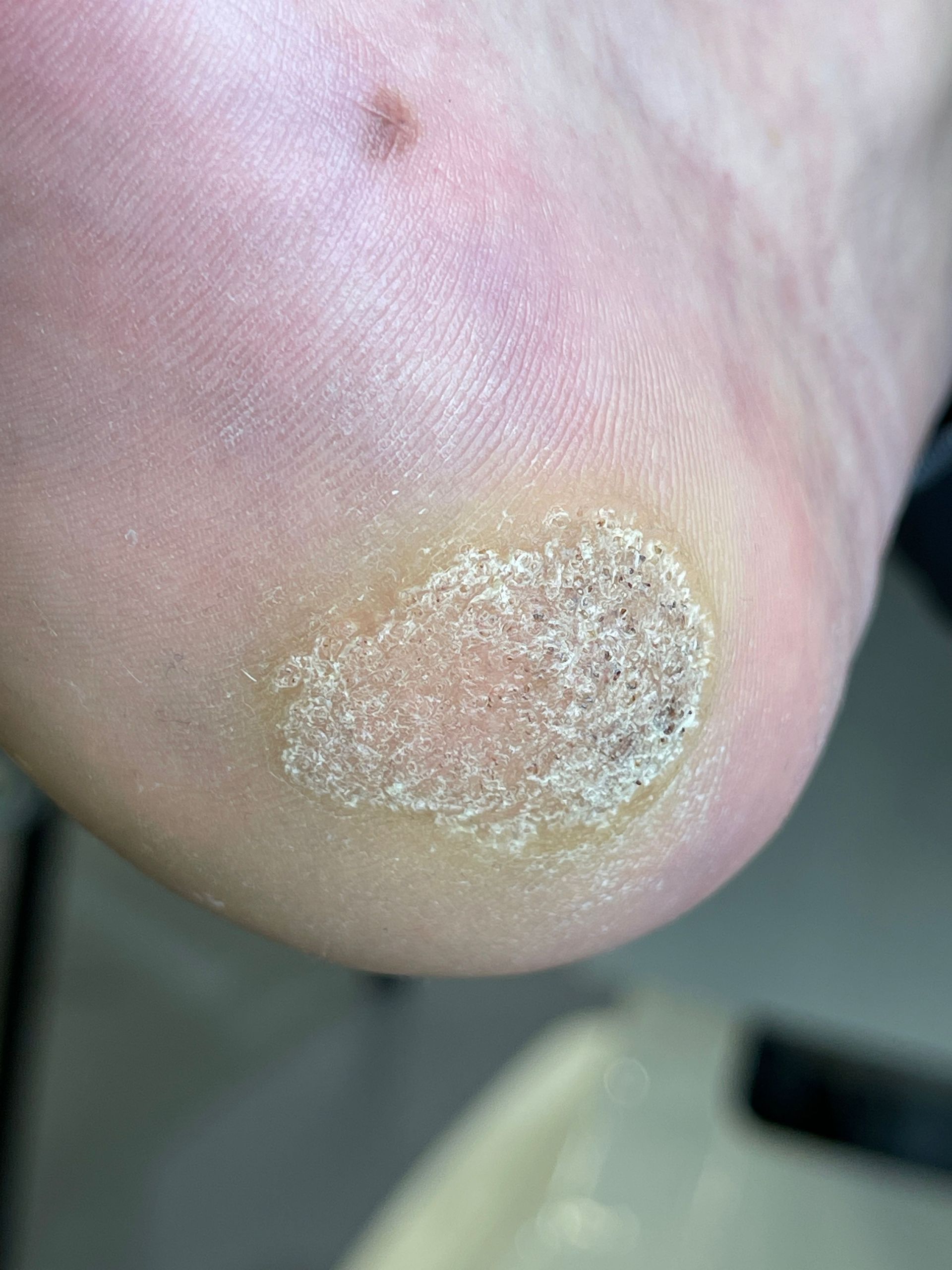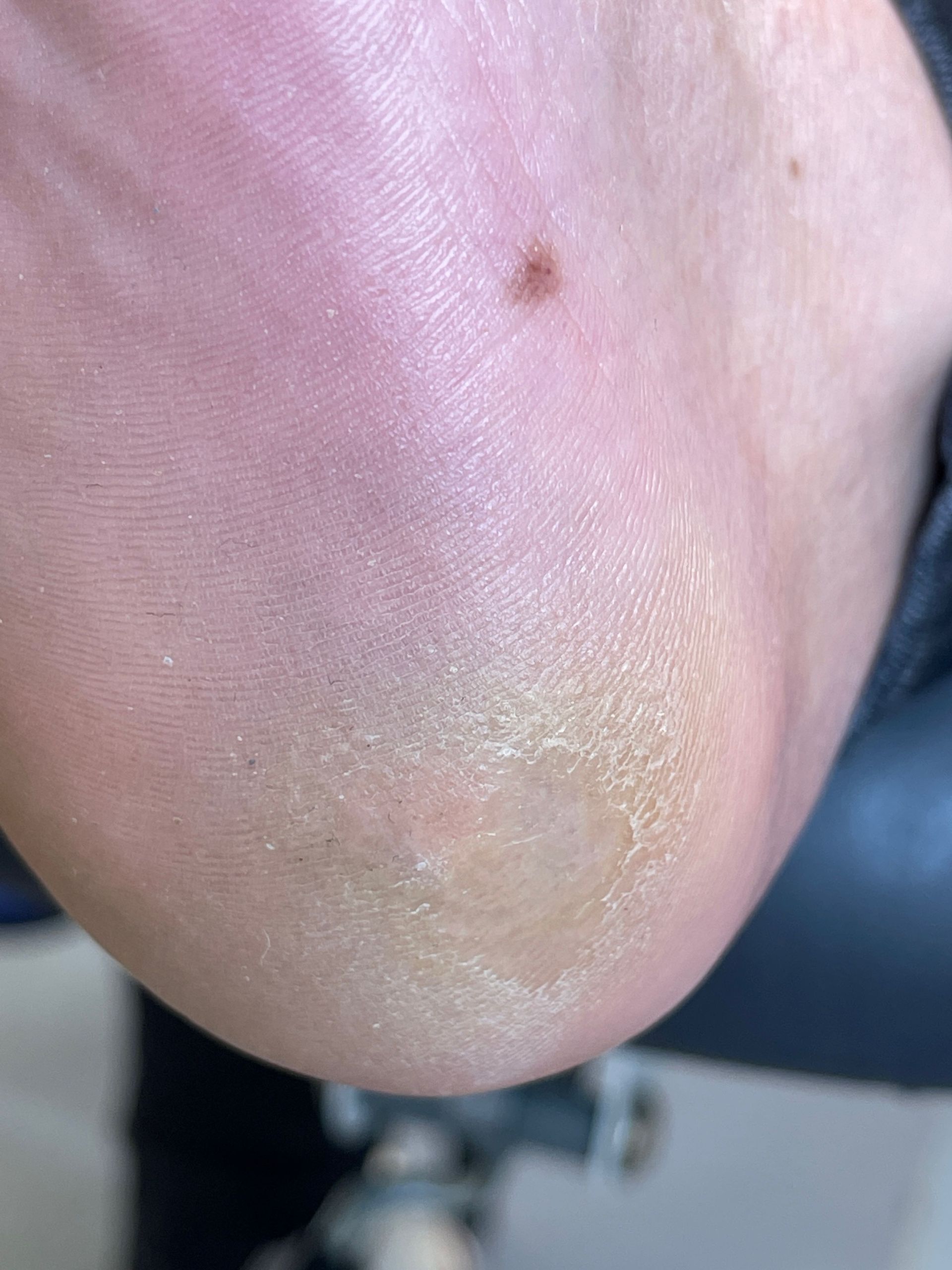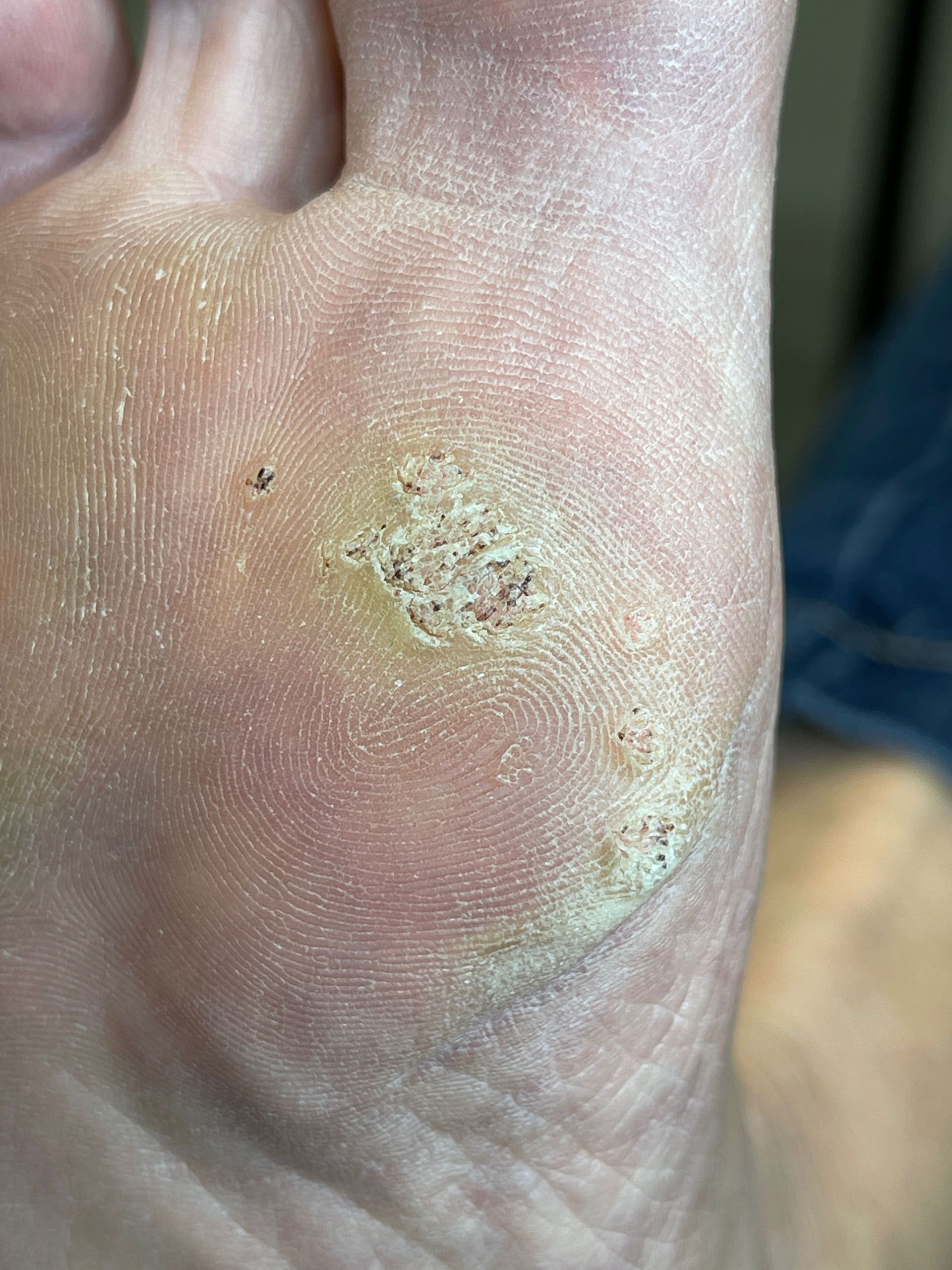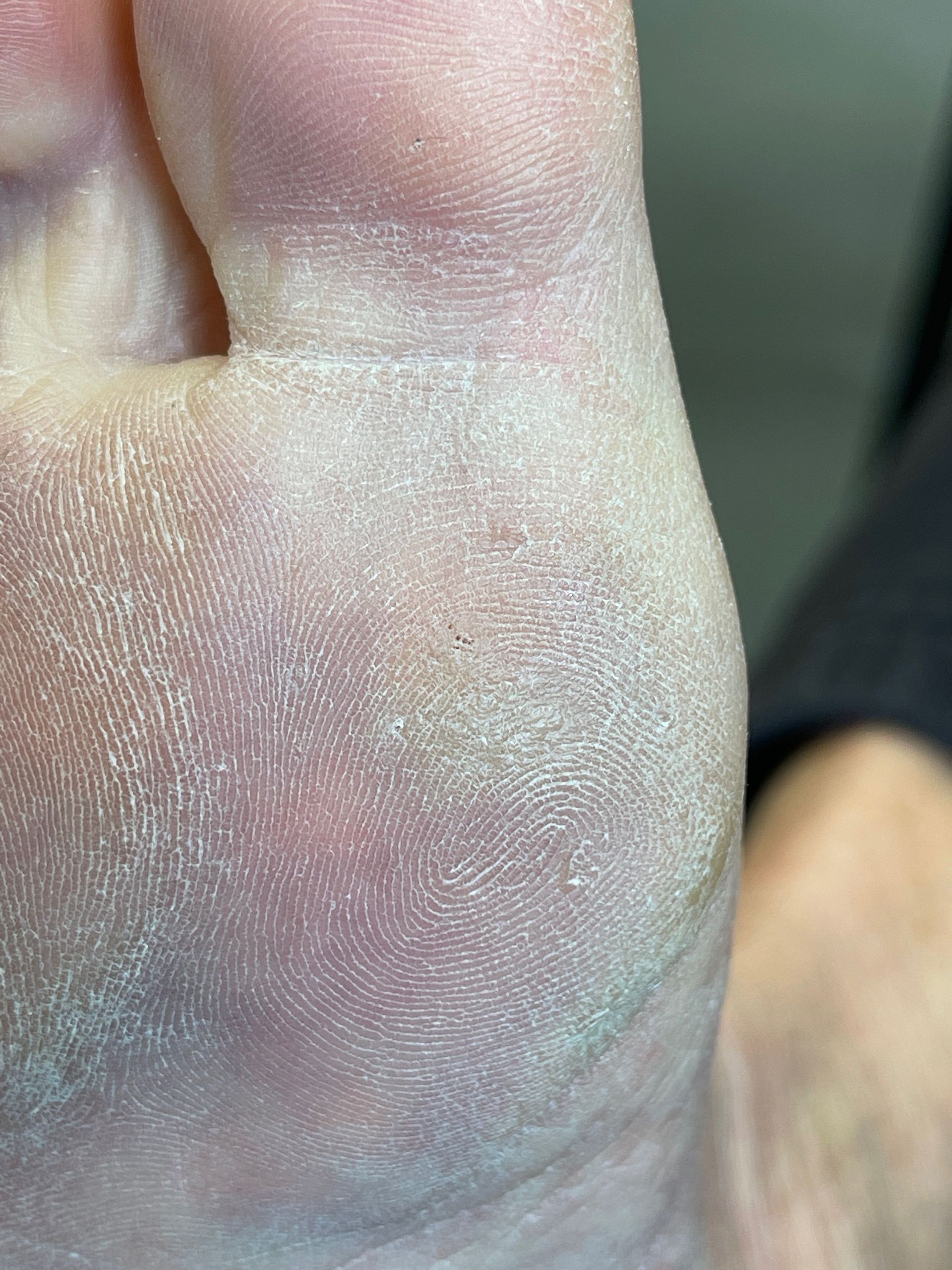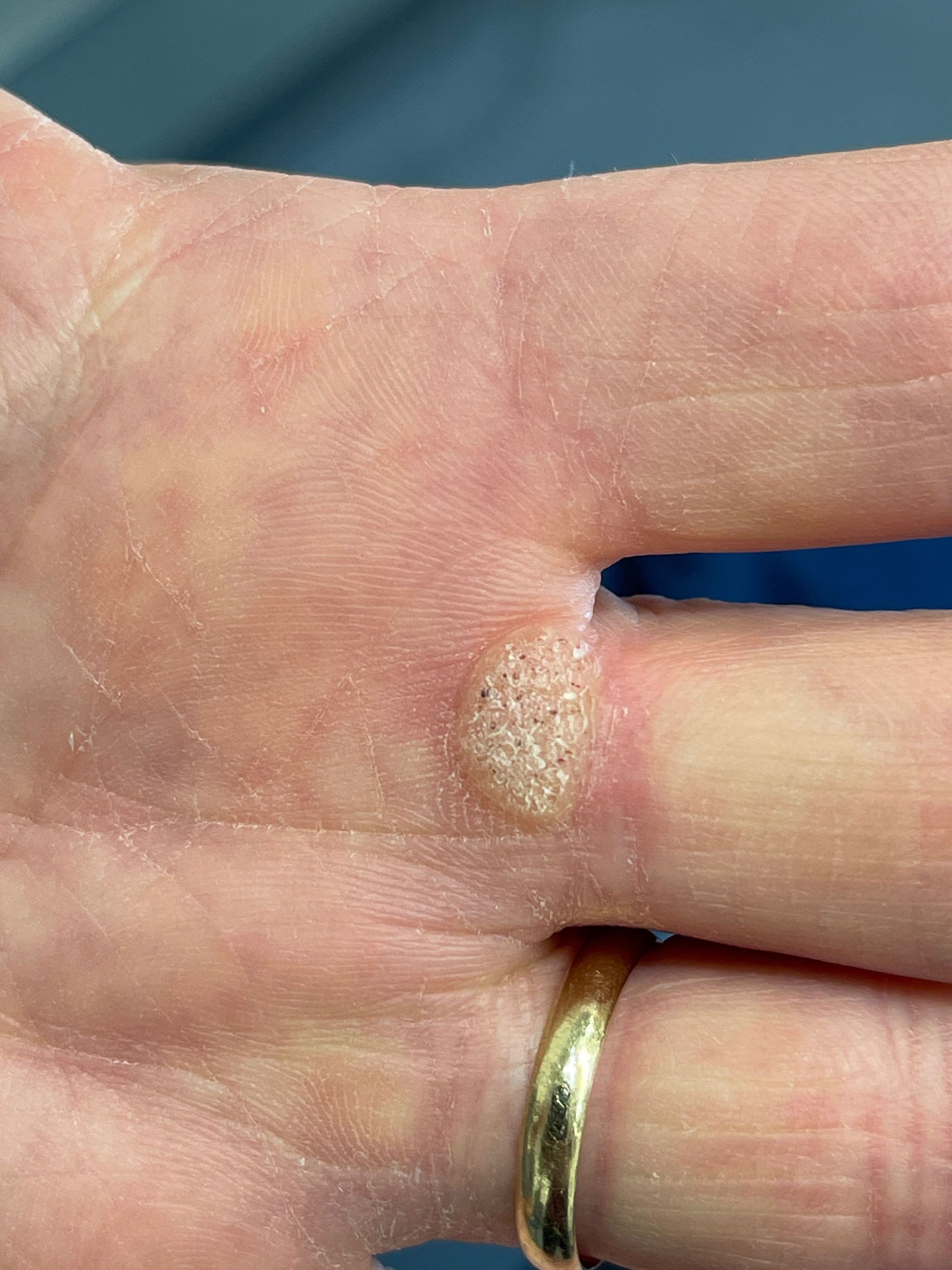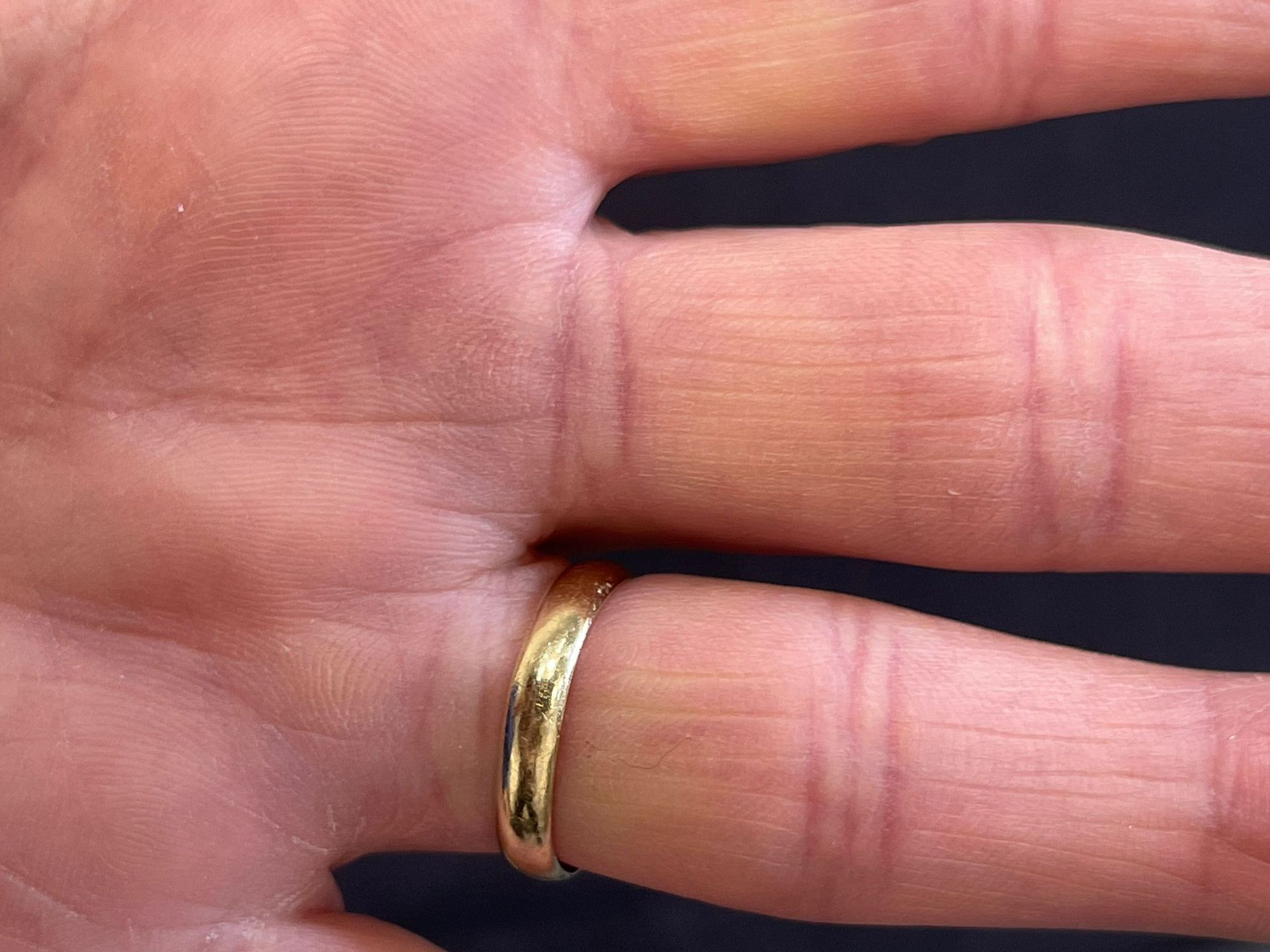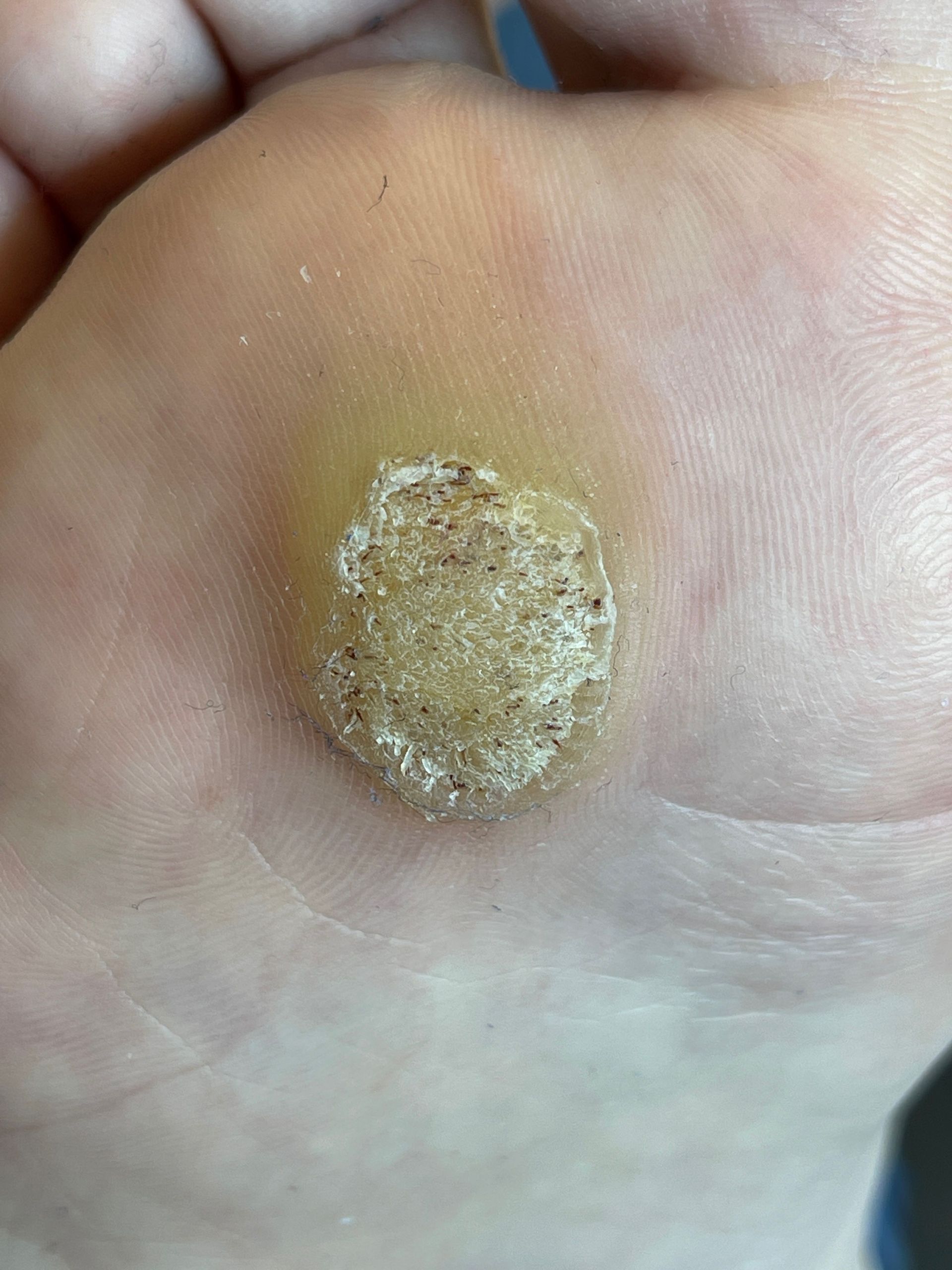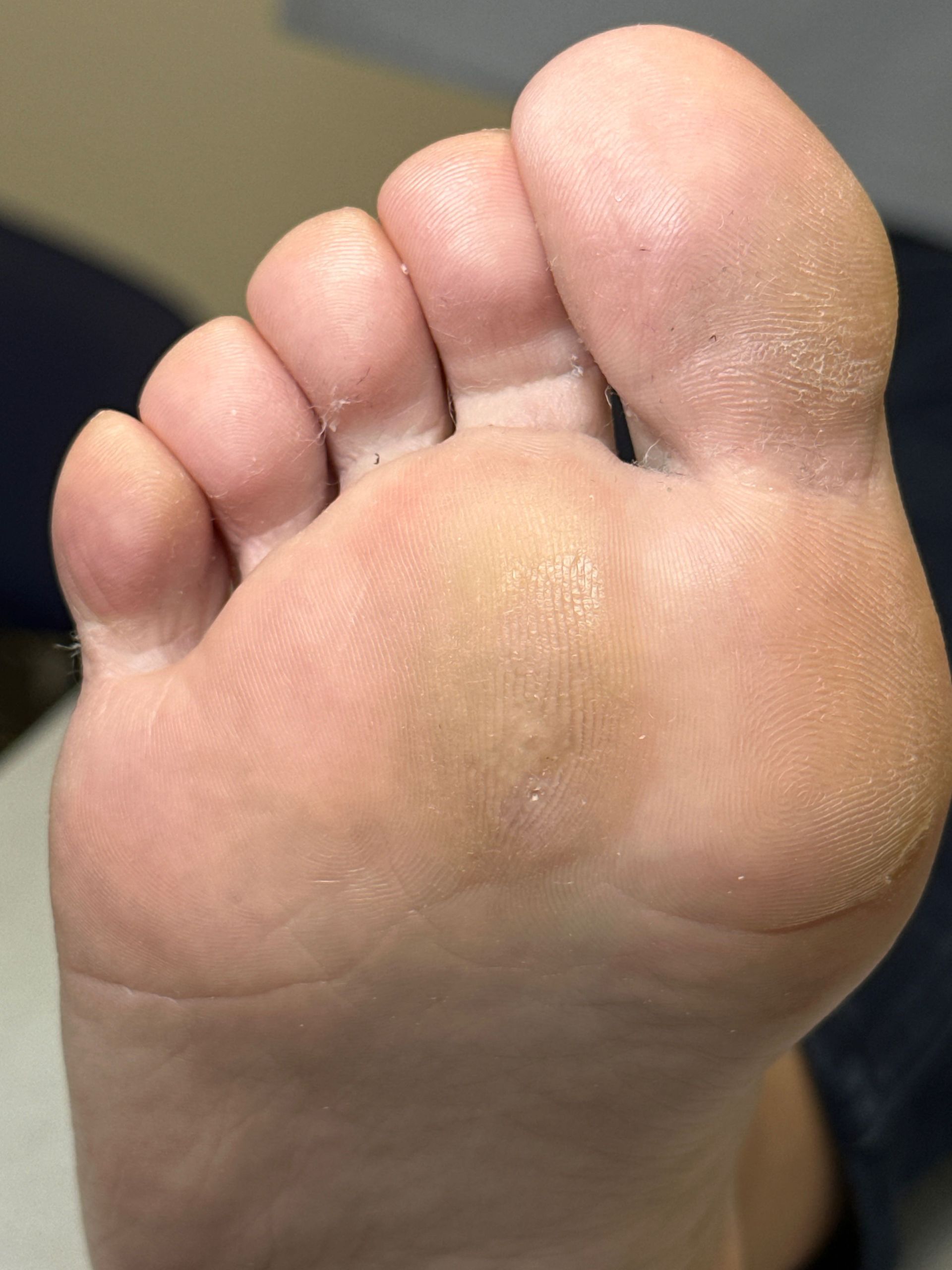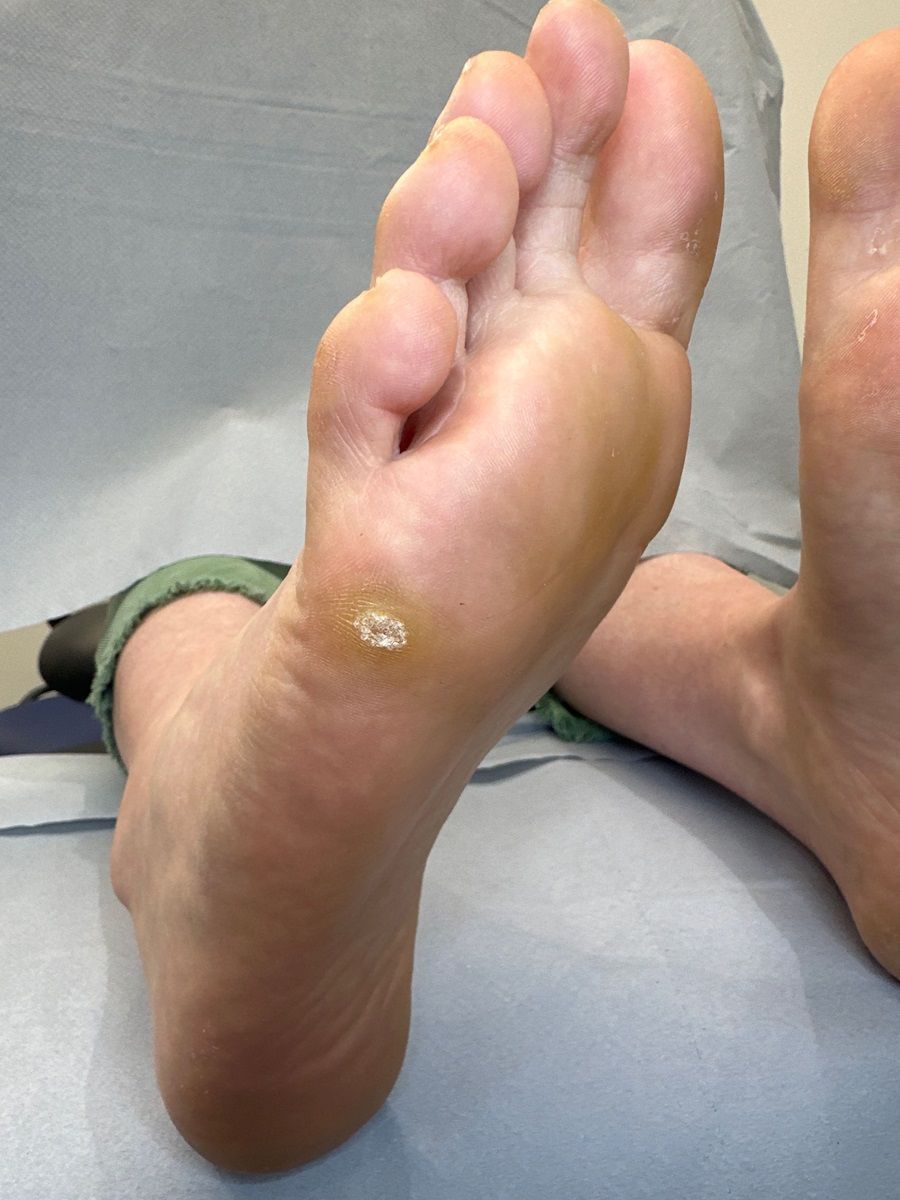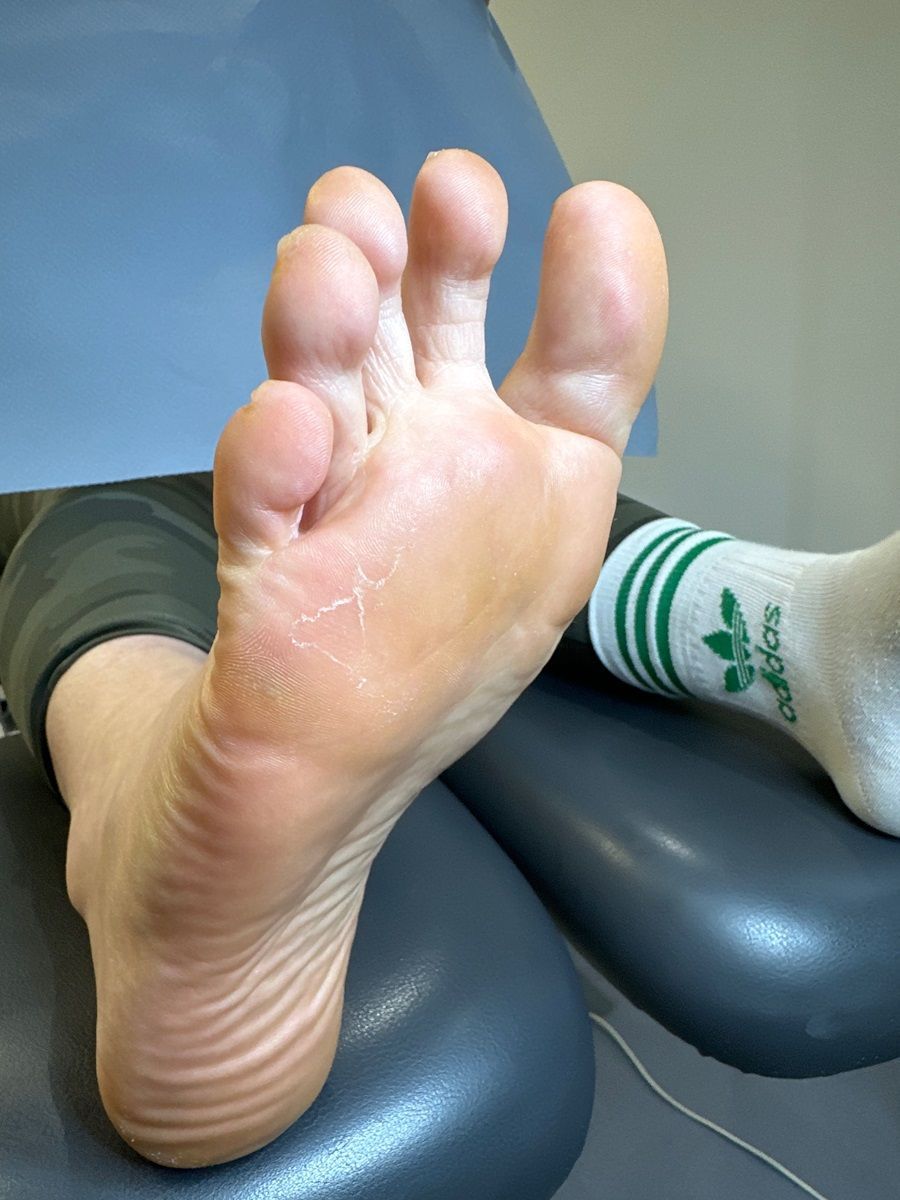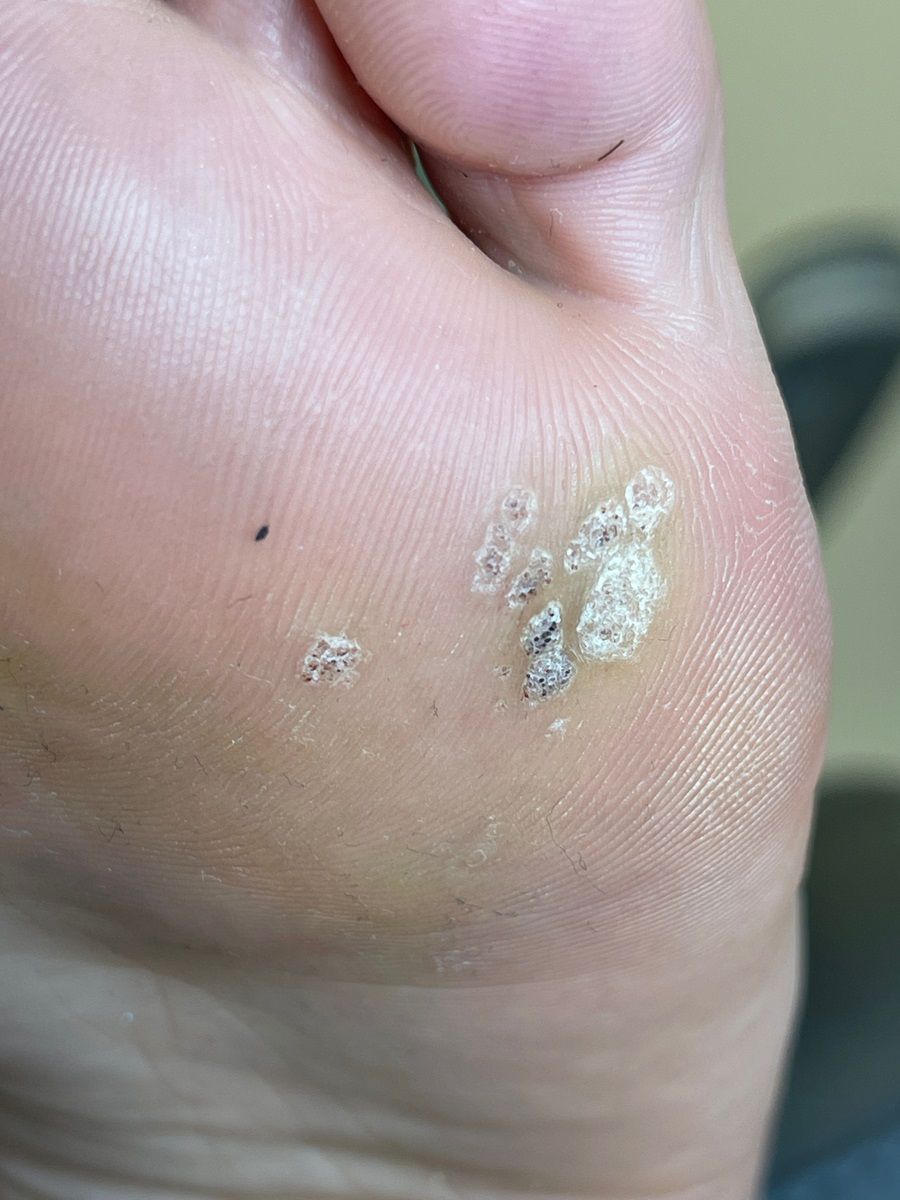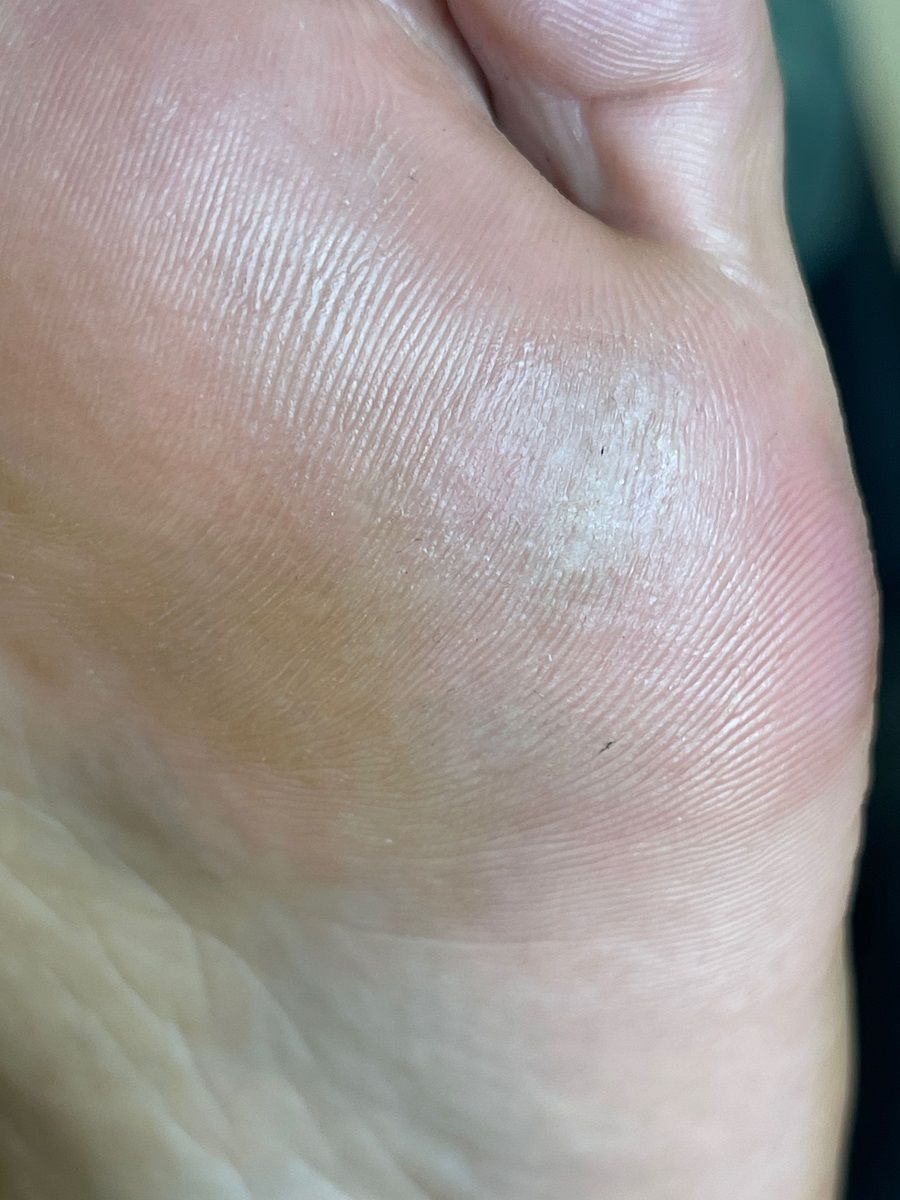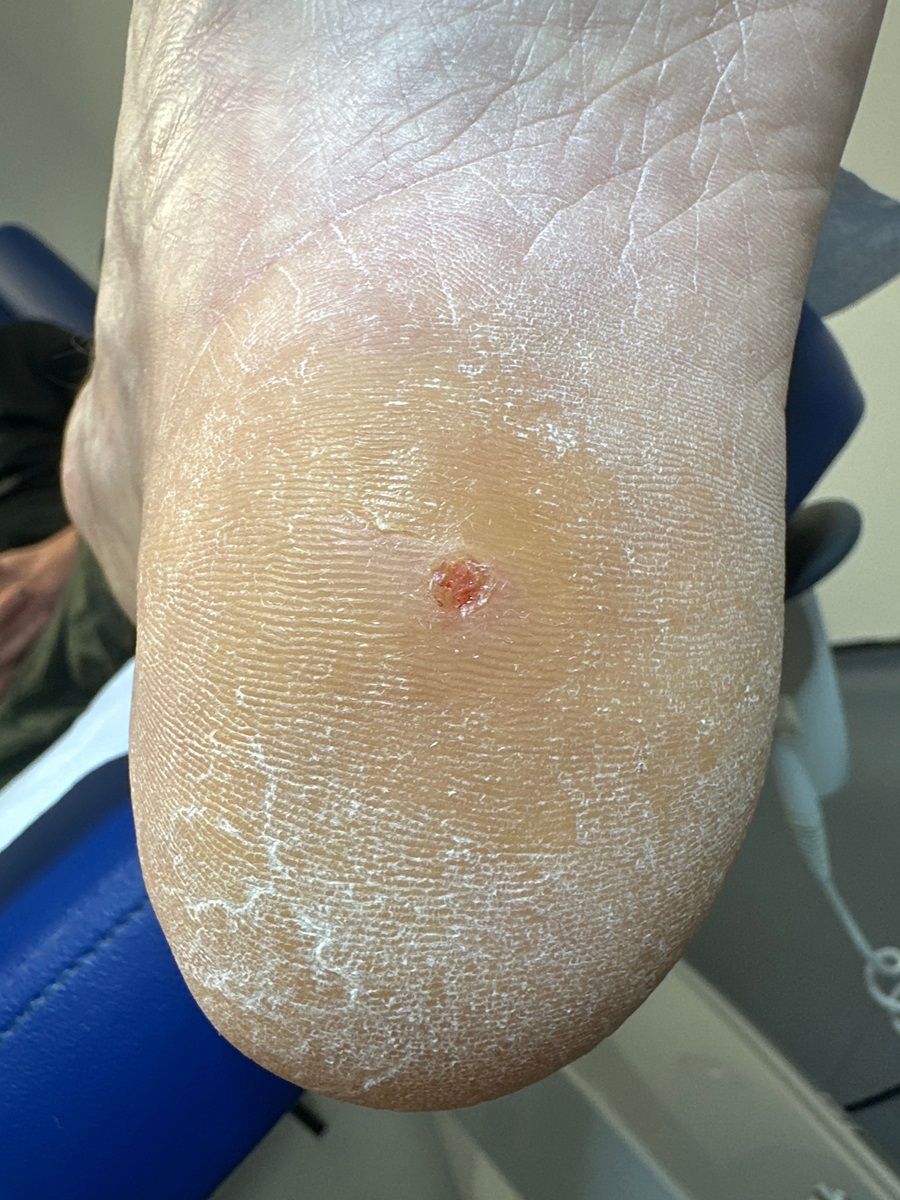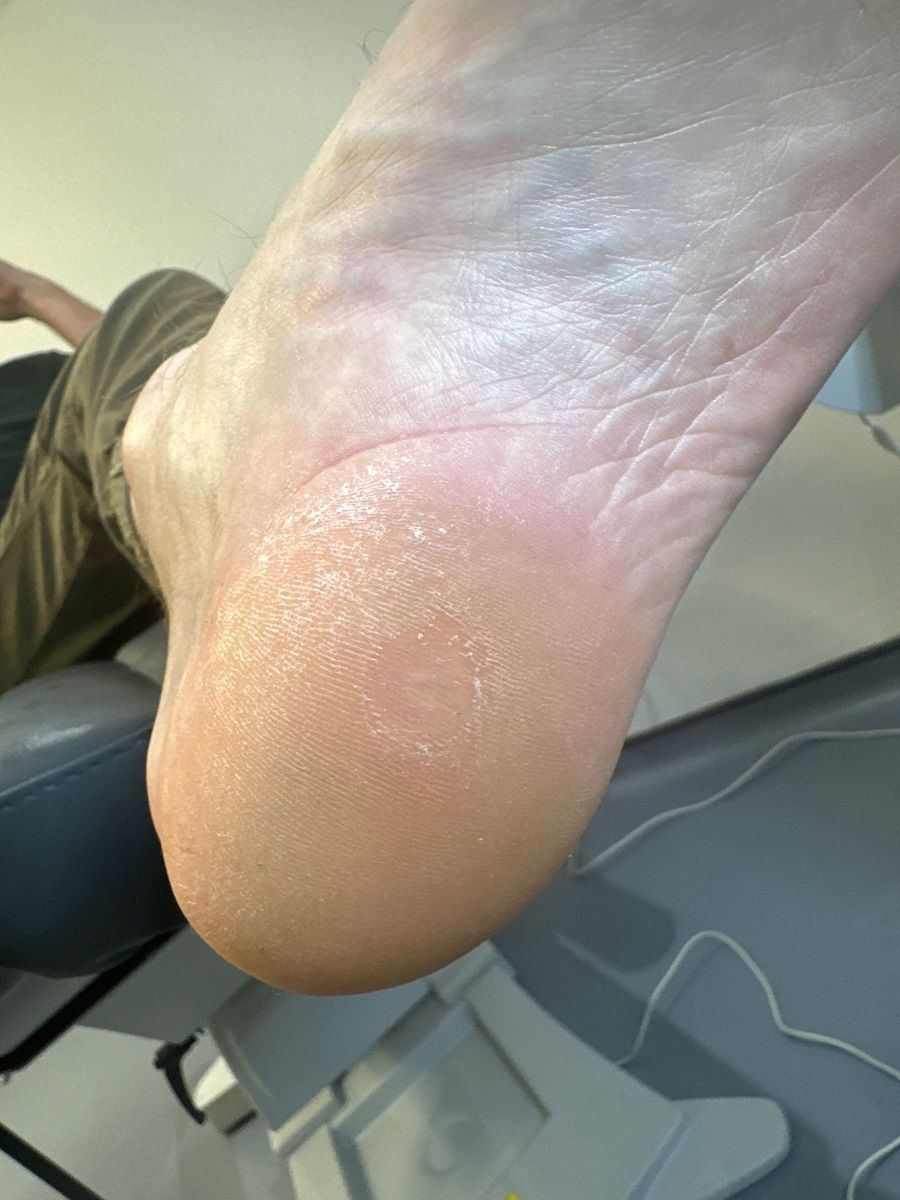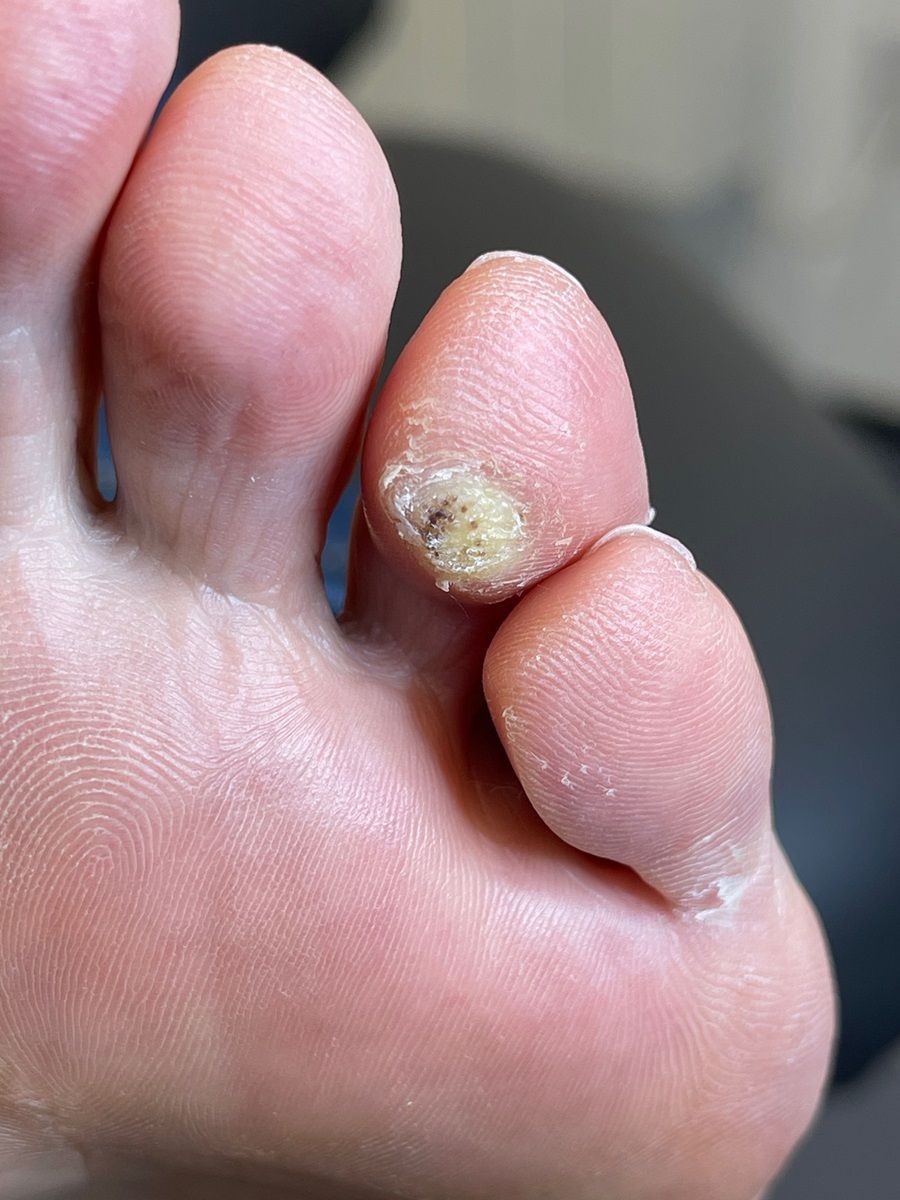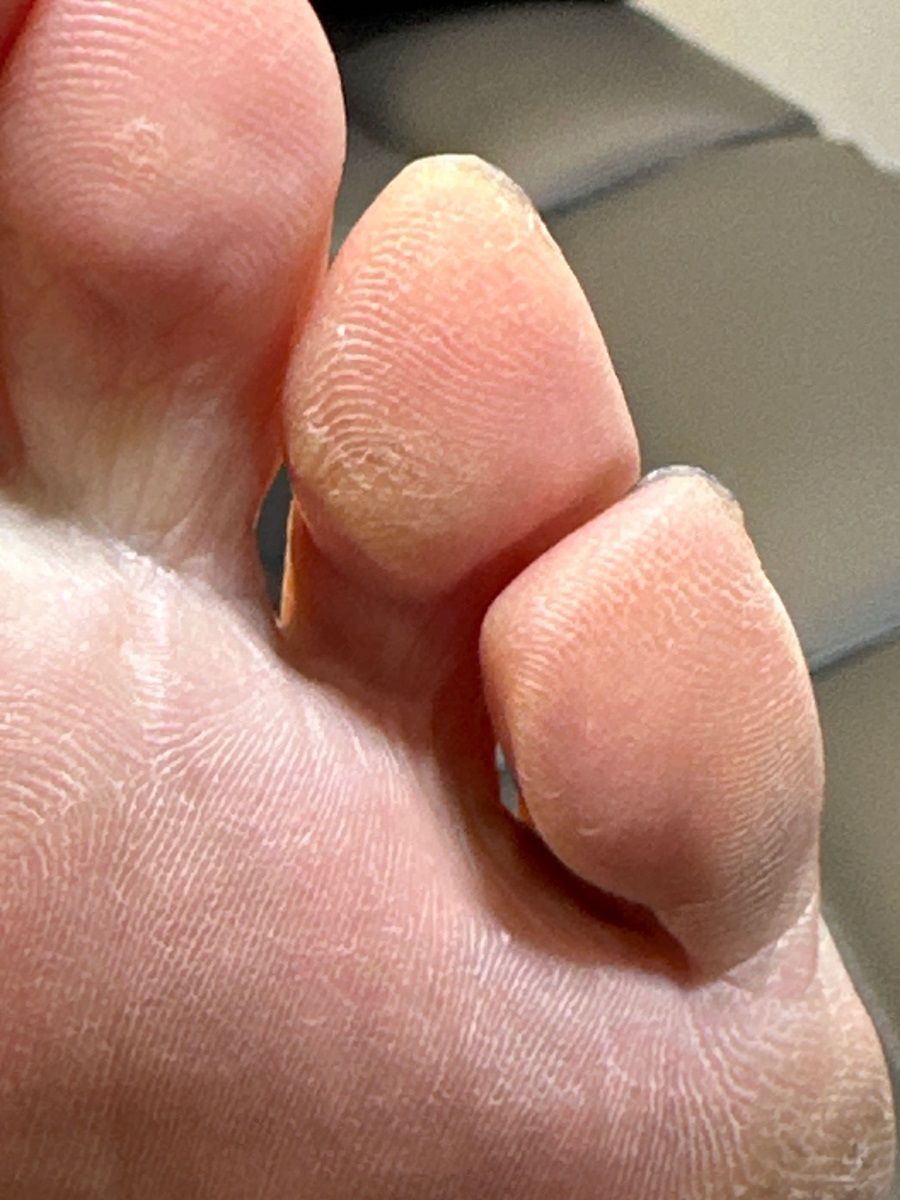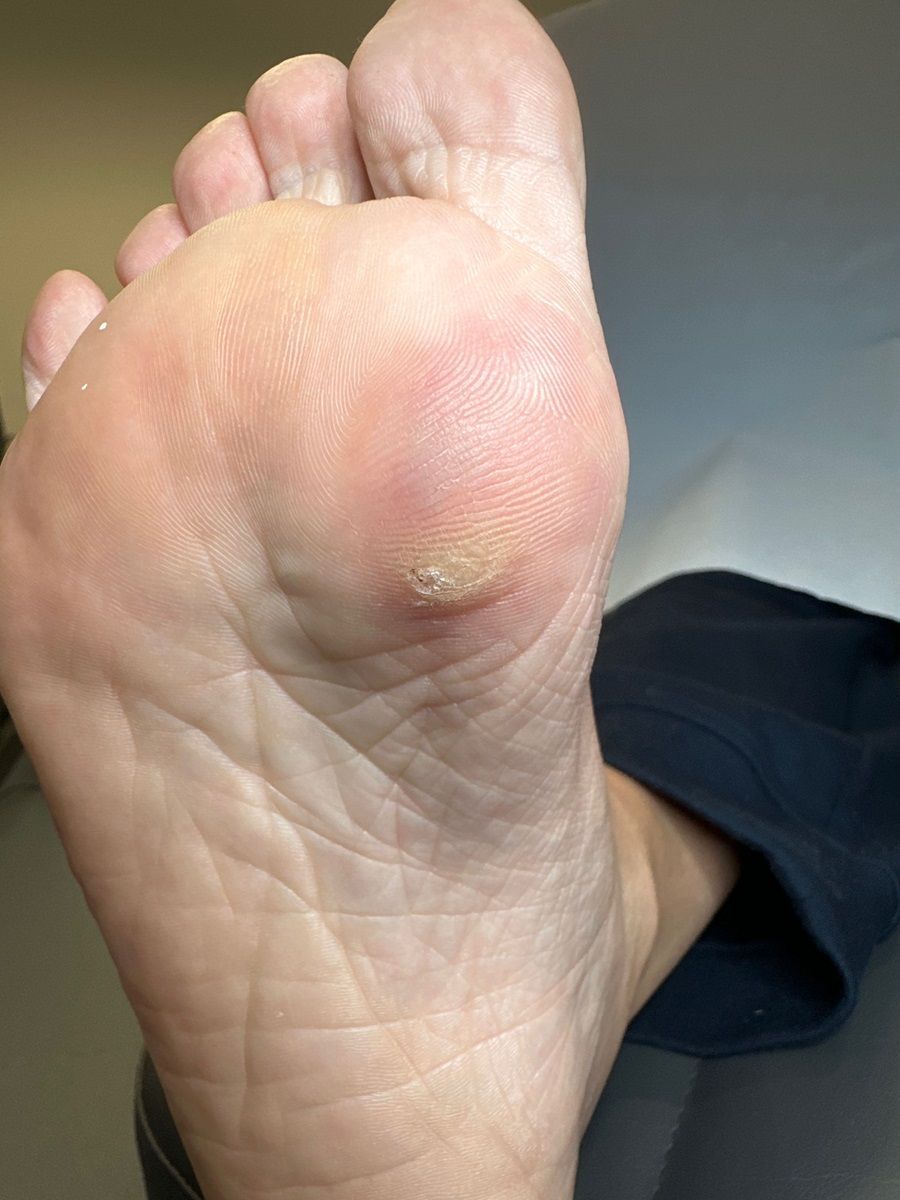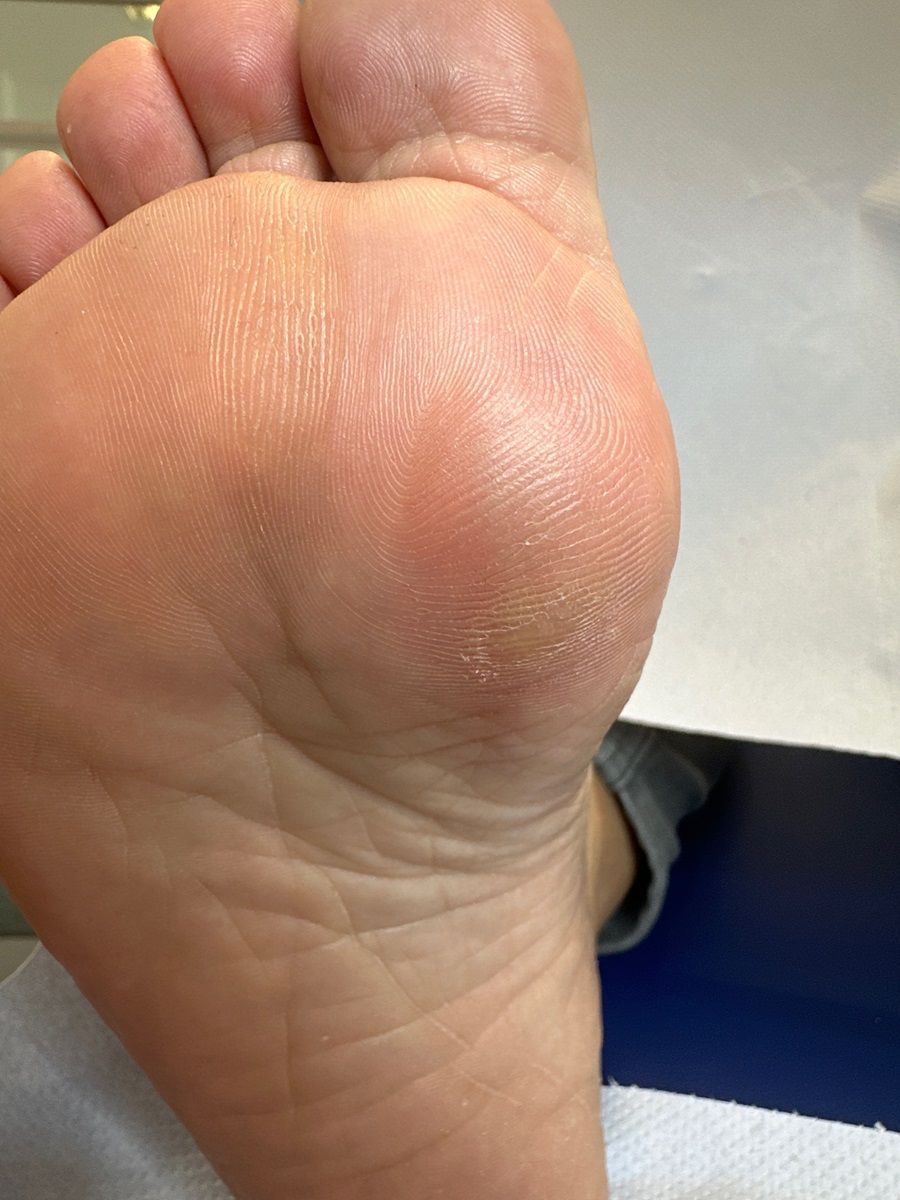Swift Verruca Treatment
SIMPLE, EFFECTIVE AND SWIFT
When it comes to verrucas, many people ask why some verruca will disappear on their own, and others require months, or years, of continual treatment? To answer this question, we need to focus on what causes verrucas, and why they are so difficult to treat using the traditional freezing and acid methods.
What Causes Verrucas?
There are 150 genotypically different types of HPV, and 7 common strains that cause warts and verruca. Spontaneous resolution and response to treatment depends on many variables, including age, length of time the verruca has been present, where the wart is on the body, and the type of HPV.
The HPV virus creates a microenvironment in the skin that encourages the survival and reproduction of the virus, effectively hiding its existence from the body’s immune system.
There is clinical evidence that shows the longer the infection has persisted, the poorer the cure rate. Verruca that present on the feet in particular are difficult to resolve. The statistics tell us that 42% of verruca will disappear within 6 months, but if the condition persists for longer than 6 months, the chances of the virus clearing up without treatment drops to just 8%.
While warts and verruca are not life threatening, they do cause pain that can limit activities, and they can spread across the hands, feet, and to other areas of the body. This leaves the many long-standing sufferers in the UK with limited options.
Liquid nitrogen has been clinically proven to be a poor solution for verruca patients, with one UK clinical trial showing a cure rate of just 14% when compared to acid treatment, another common verruca treatment which also showed a 14% clearance rate.
Liquid nitrogen destroys verruca tissue by freezing, while acid treatment is a form of chemical destruction. The aim of both of these treatments is to destroy the verruca, and lasers, radiofrequency and the majority of other treatments available seek to do the same thing. The treatments begin at the surface and continue until sufficient depth is reached – causing blistering, lasting pain, and risking scarring. From a clinical research perspective, all of these methods show low efficacy in clinical studies and trials.
The key to effectively treating verruca is to trigger the body’s own immune response, rather than simply destroying the infected tissue. Independent clinical research has shown that microwave verruca treatment with Swift activates immune signalling pathways in the body, alerting the immune system to the presence of the verruca and clearing the infected tissue.
Treatment Process
CLINICAL RESEARCH SUGGESTS MOST VERRUCAE RESOLVE AFTER 3 TREATMENTS.
SIMPLE, EFFECTIVE, AND SWIFT…
Week 1
During your first treatment, your Podiatrist may lightly reduce your lesion with a blade (debride), before applying 3-5 very short treatments with Swift (usually 2 seconds in duration). This quickly raises the temperature within the skin, without breaking the surface – meaning no blisters, no padding, and no scarring. It is not uncommon for patients to feel a sharp sensation, similar to an injection, but unlike most treatments for verruca, pain felt during the treatment quickly subsides.
Week 4
Your second treatment for Swift will usually occur 4 weeks later. Some patients will see black spots appear beneath the surface of the skin after the 1st treatment, but the size of the lesion may remain the same. The Swift treatment works by reducing the depth, rather than the width. Your Podiatrist will provide advice on what to expect, but patients report a similar sensation to their 1st treatment.
Week 8
Your third appointment will usually be your last treatment appointment, although your Podiatrist will provide specific advice based on your individual condition. Of the patients who will resolve, 93% will resolve after this final treatment.
Week 20
Your Podiatrist will usually leave a gap of 12 weeks for the body to heal and cycle through the immune response. You should feel little to no pain from the verruca at this stage, and your normal skin should be returning where the verruca was.
The results of Swift Verruca Therapy can be very impressive.
1. This patient had these verrucae for more than 7 years and they had resisted all of the usual over-the-counter treatments.
2. This large, stubborn verruca was very painful due to the location on the edge of the heel. It had been present for approximately 4 years and had already resisted Bazuka Gel, silver nitrate and cryotherapy (freezing).
3. This verruca was causing significant pain to a 41 year old keen ultra-runner. Following 3 short sessions of Swift Verruca treatment he is running again with no discomfort.
4. This cluster of verrucae had been present on the heel of an 18 year old patient for approximately 10 years. They had resisted all of the usually ‘over-the-counter’ treatments from the pharmacy. Following 3 sessions of Swift Verruca treatment they have completely resolved.
5. This verruca had been present on the bottom of the heel of an 18-year-old man for approximately 2 years duration. The verruca resolved after the recommended 3 sessions of Swift Microwave Verruca Therapy.
6. This verruca, located on the second toe of a 65-year-old man, was causing him pain whilst he was playing golf. It had been present for approximately 18-months and failed to respond to the usual 'over-the-counter' treatments. Following 3 sessions of Swift Verruca treatment the verruca has fully resolved.
7. These verrucae, on the foot of a 60-year-old female, had been present for over 2-years and caused considerable pain when walking. Once again, all the usual 'over-the-counter' treatments, and two courses of cryotherapy from her GP, had been tried with no success. Following 3 sessions of Swift Verruca Microwave Therapy you can clearly see the verrucae are well on the way to resolving fully and thankfully she can once again enjoy walking without painful feet.
8. This 23 year-old patient presented with multiple verrucae over her left heel. They had been troublesome for over 14 years!! The patient had various treatments from private podiatrists and NHS dermatology. She described it as like walking on gravel with sharp shooting pains. Following four Swift Microwave Verruca Treatments, and a tincture of time, they have now resolved and she is able to walk pain-free and will no longer feel self-conscious about them when on holiday.
9. We also treat warts on fingers/hands with Swift Microwave Therapy. This 32-year-old patient had an annoying wart on her left index finger which resolved nicely after a course of Swift Microwave Therapy.
10. This 50-year-old patient had suffered with these verrucae on her heel for more than 7-years. The usual home remedies hadn’t worked but she had read about Swift online and booked herself an appointment. Following a course of Swift Microwave Therapy they have resolved.
11. This 52-year-old patient was suffering with two painful lesions on his right foot. These were diagnosed as Verrucae and following a course of Swift Microwave Therapy they have now resolved.
12. This 63-year-old patient attended our Bay Podiatry clinic complaining of multiple verrucae over the base of his right heel. They had been present for more than 4-years, causing pain when running and resisting treatment from other professionals with a multitude of failed remedies. Following 3 sessions of Swift Microwave Verruca Therapy they have all fully resolved. Another happy patient!
13. This verruca was causing pain on the sole of the left foot of a 41-year-old. It had been present for over 12-months. The patient had been applying Salicylic acid at home, which hadn't made any difference. Following 3 sessions of Swift Microwave Therapy the verruca had - along with his pain - disappeared without trace.
14. This verruca, in the centre of the ball of the foot, had been causing problems for this 43-year-old patient for many years. Once again, all of the usual home remedies found in the pharmacy hadn't made any difference. Thankfully, 3 sessions of Swift Microwave Therapy did the trick.
15. This 36-year-old patient suffered with a troublesome verruca for approximately 10-years. Despite working off-shore we were able to manage the swift treatment sessions around his employment and were rewarded with this very satisfactory result.
16. This 29-year-old patient had a verruca on his right foot for over 1-year. He had used Bazuka gel which he purchased from the pharmacy but unfortunately the verruca then started to get bigger. After contacting Bay Podiatry for help we managed to eradicate the verruca with only 2 swift verruca sessions.
17. This 19-year-old university student attended Bay Podiatry reporting multiple verrucae over both feet which had been present for between 5 and 8 years. The patient had been to see multiple professionals, including a dermatologist, with no treatments being successful. All the usual pharmacy available products had been tried as well as 'duct tape', silver nitrate and cryotherapy. After the usual 3 Swift Microwave Verruca Therapy sessions, the results are impressive.
18. This 16-year-old patient had multiple verrucae over the sole of her left foot. Following three swift microwave therapy sessions all of the verrucae has disappeared without trace.
19. This stubborn verruca, located on the heel of a 49-year-old, was causing a lot of pain. It had been present for more than 10-years and had already resisted a number of different self-treatments and a ‘needling’ procedure by another podiatry practice. After 5 sessions of Swift Verruca treatment the patient was delighted with the results, particularly as the pain was gone!
20. This 68-year-old patient was troubled with several small verrucae on her right foot (8-years duration) and a wart (6-months duration) on the palm of her left hand. Following 3 sessions of Swift the verrucae on her foot and the wart on her hand have resolved.
21. This large, painful verruca was on the right foot of a 44-year-old female patient for around 2-years. Following 3 Swift Verruca treatments it cleared up, along with all of the pain.
22. This stubborn verruca had been present for at least 7-years on this 29-year-old patient. It resolved following 3 sessions of Swift Verruca treatment.
23. This 31-year-old female patient attended Bay Podiatry complaining of multiple verrucae, the worst of which being over the 'ball' of her left foot. The patient reported that they had been there for at least 7-years and had had previously cryotherapy treatment with a podiatrist approximately 4 years ago (with no success). This patient had ONE session of Swift Verruca treatment and when she returned, 4-weeks later, for the second session, they had already gone. The treatment doesn't often work this quickly, but how amazing when it does!!
24. This 49-year-old male attended Bay Podiatry complaining of a very painful lesion on the heel of his left foot. On initial inspection the diagnosis wasn't entirely clear but a newly formed verruca was high on the index of suspicion following examination with our dermascope. After a short period of monitoring the lesion, Swift Verruca treatment was commenced and after just 2 sessions the lesion started to resolve and the pain completely disappeared.
25. This verruca appeared on the end of the left 4th toe of a 56-year-old female. As it got larger the patient applied zinc oxide tape and then tried Bazuka gel for a total of 12-weeks. After seeing no change in the appearance of the verruca the patient reached out to ourselves and following 3-sessions of Swift Verruca treatment, the verruca completely resolved.
26. This 56-year-old female attended Bay Podiatry with a verruca on the plantar surface of her big toe joint which had been present for more than 30-years. The patient told us that she had tried all of the available 'over-the-counter' treatments with no success. The photos show the difference after just two Swift Verruca treatments. Another fantastic result for Swift!
FAQ's

